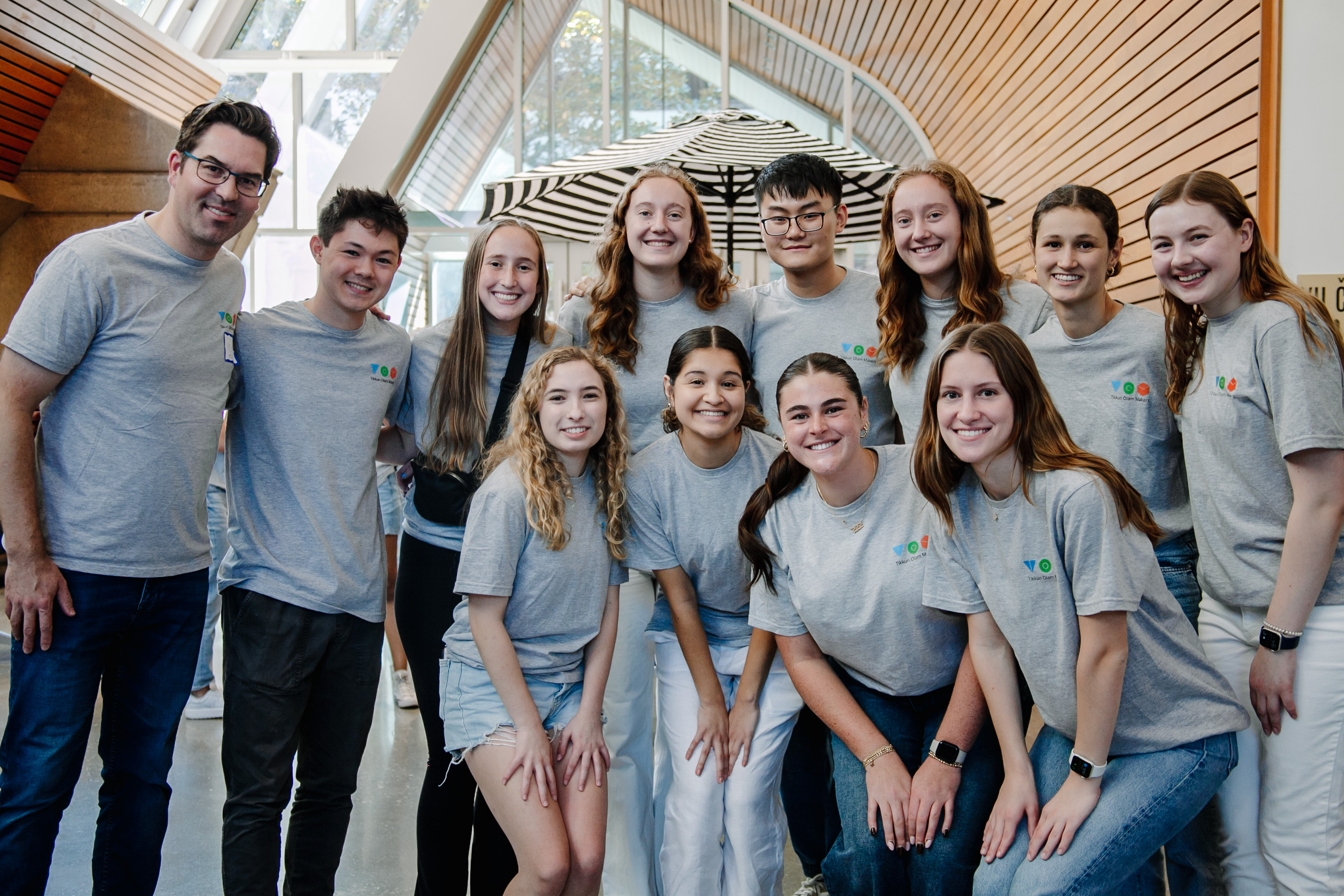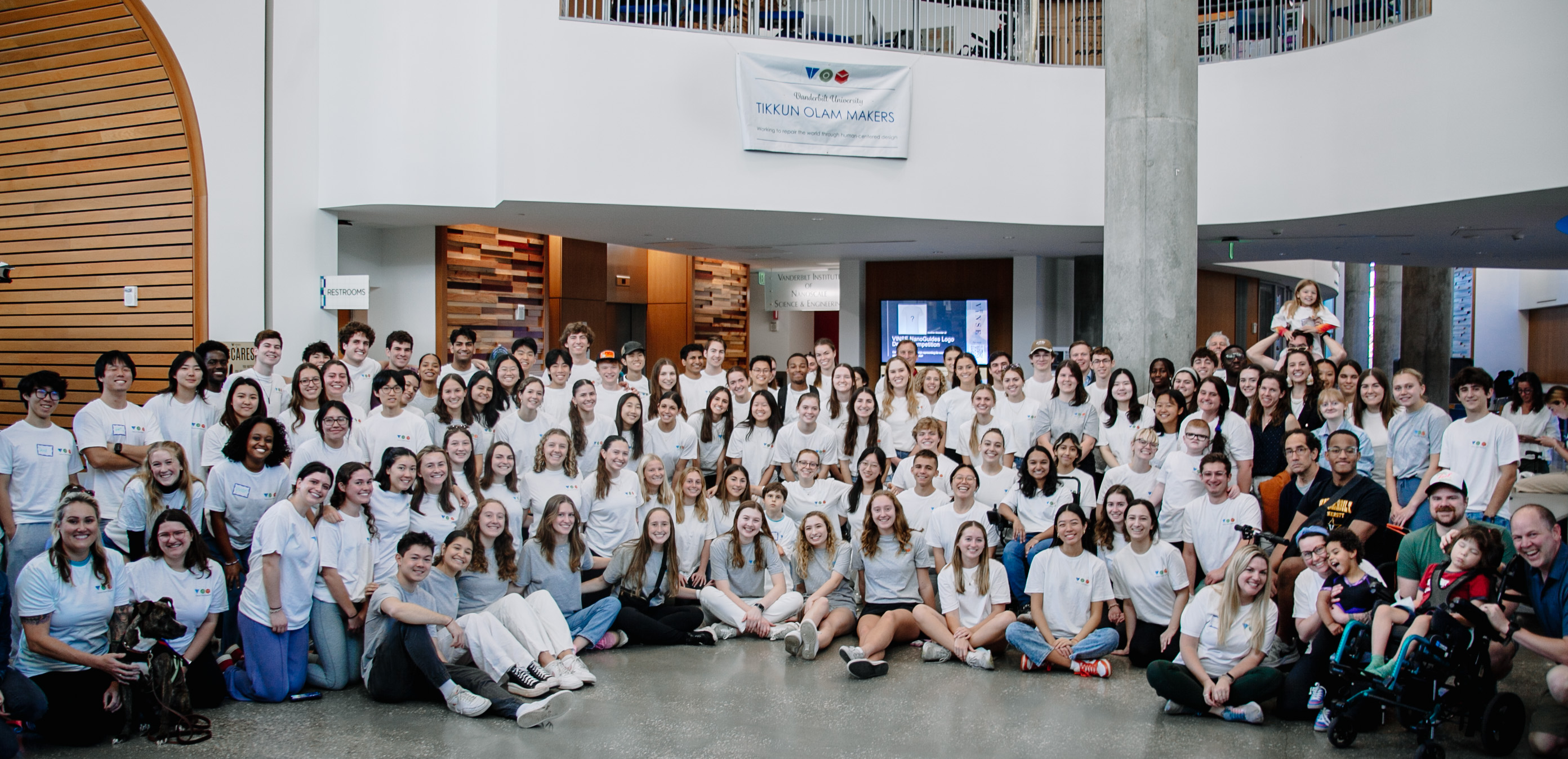2023 Makeathon
Date: November 3 - 5, 2023
About
This year, we hosted over 150 participants, including Makers, Need Knowers, and Team Leads, at our 6th annual Makeathon. We had 13 teams working throughout the weekend to prototype solutions for their Need Knowers. We also hosted Vanderbilt’s Chancellor Diermeier!
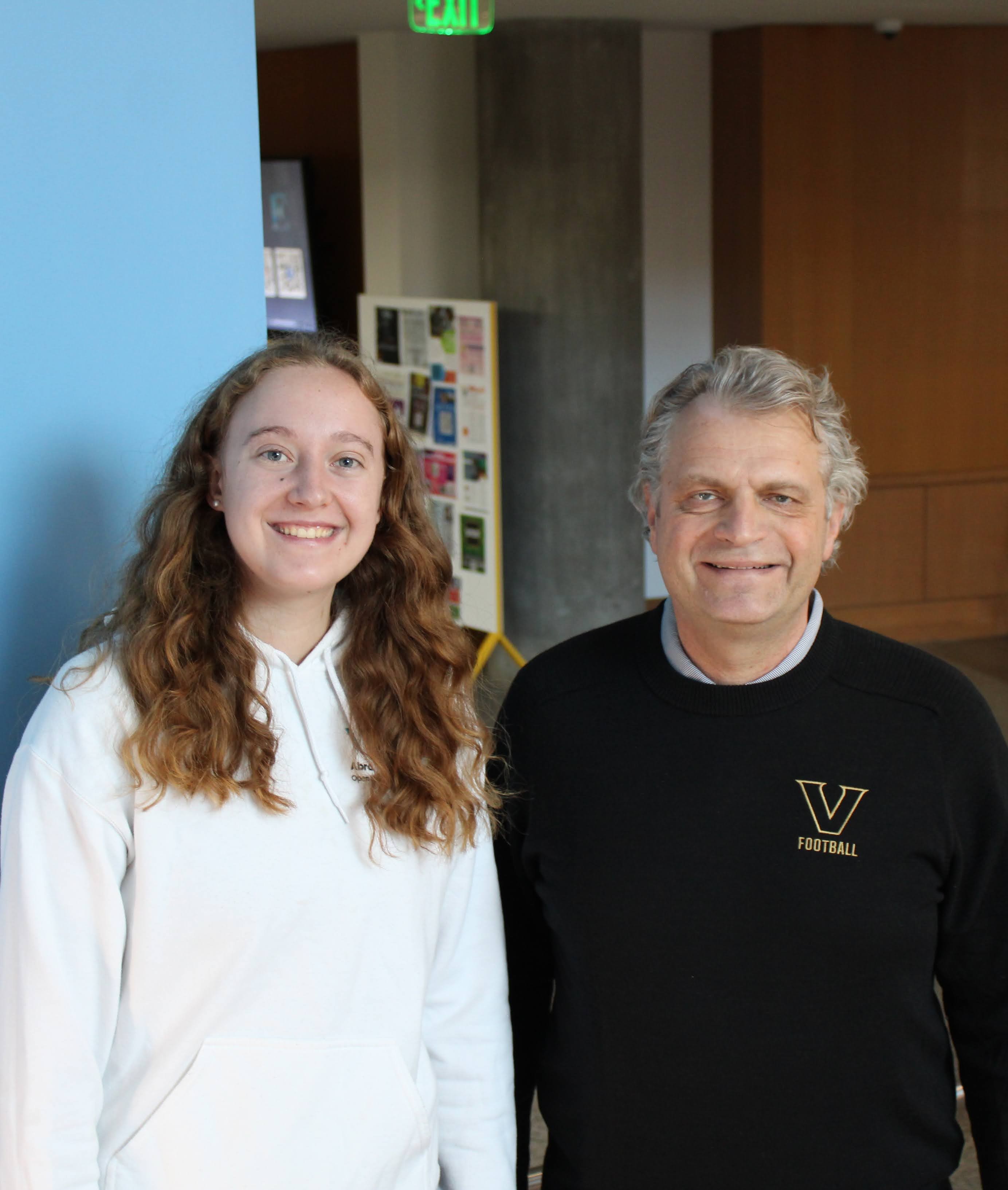
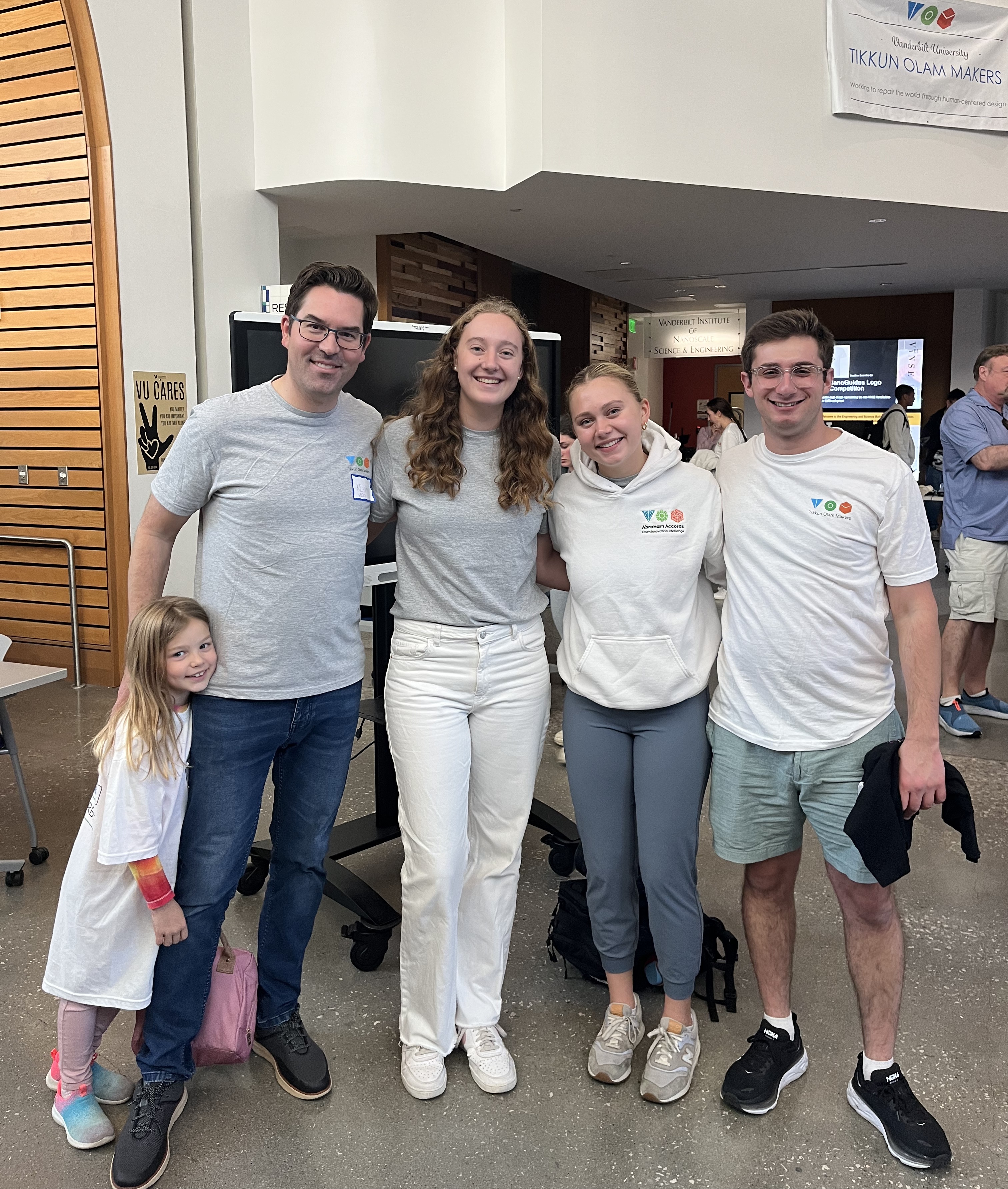
The weekend culminated in a showcase where each team was able to present about the work they completed. Read more about the 2023 Makeathon projects below!
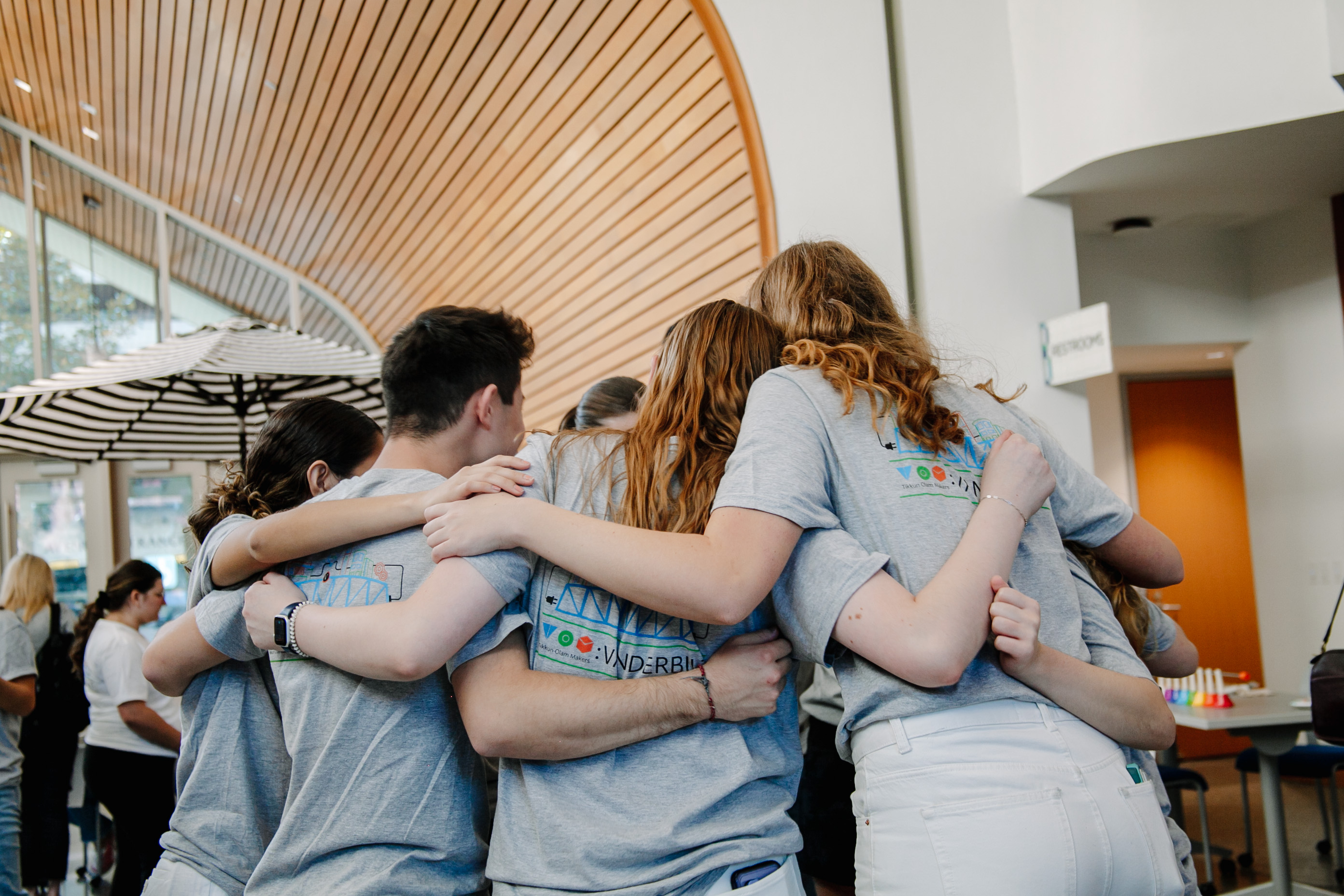
Projects
Team 1 - Liam
Team Lead: Charlotte Lichtenfeld
Liam is a 7-year-old with Kleefstra Syndrome, which causes communication difficulties and hypotonia. He does not have a way to feed himself independently. Liam needed adapted silverware to hold his food. Additionally, his family needed a portable diaper-changing space that allows for privacy on long road trips.
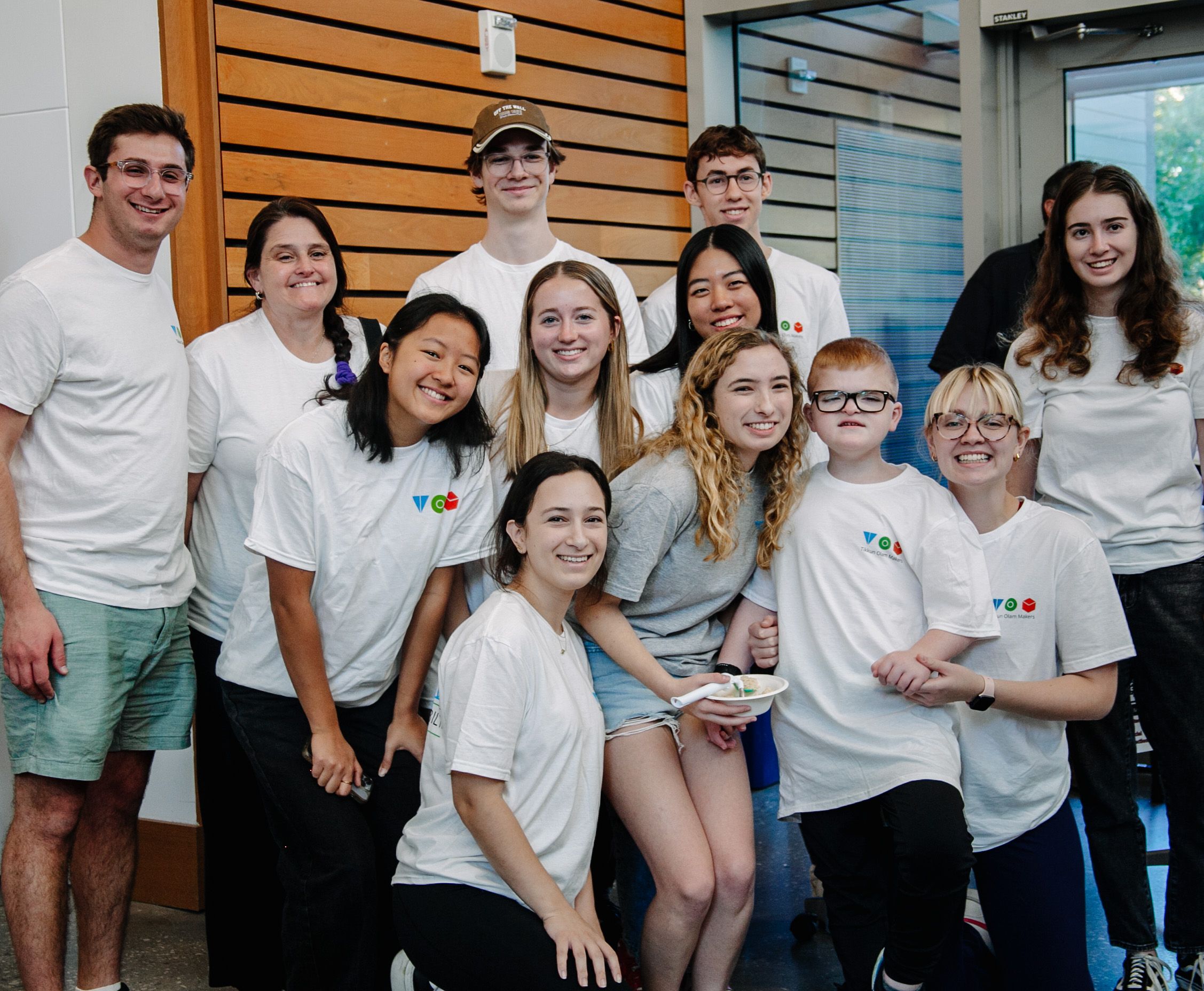
Team 1 adapted silverware such that it would securely hold food even when turned sideways. They also made a magnetic privacy drape (Bucee’s themed!) that could attach to his family’s car, allowing for the trunk to be used as a private changing space.
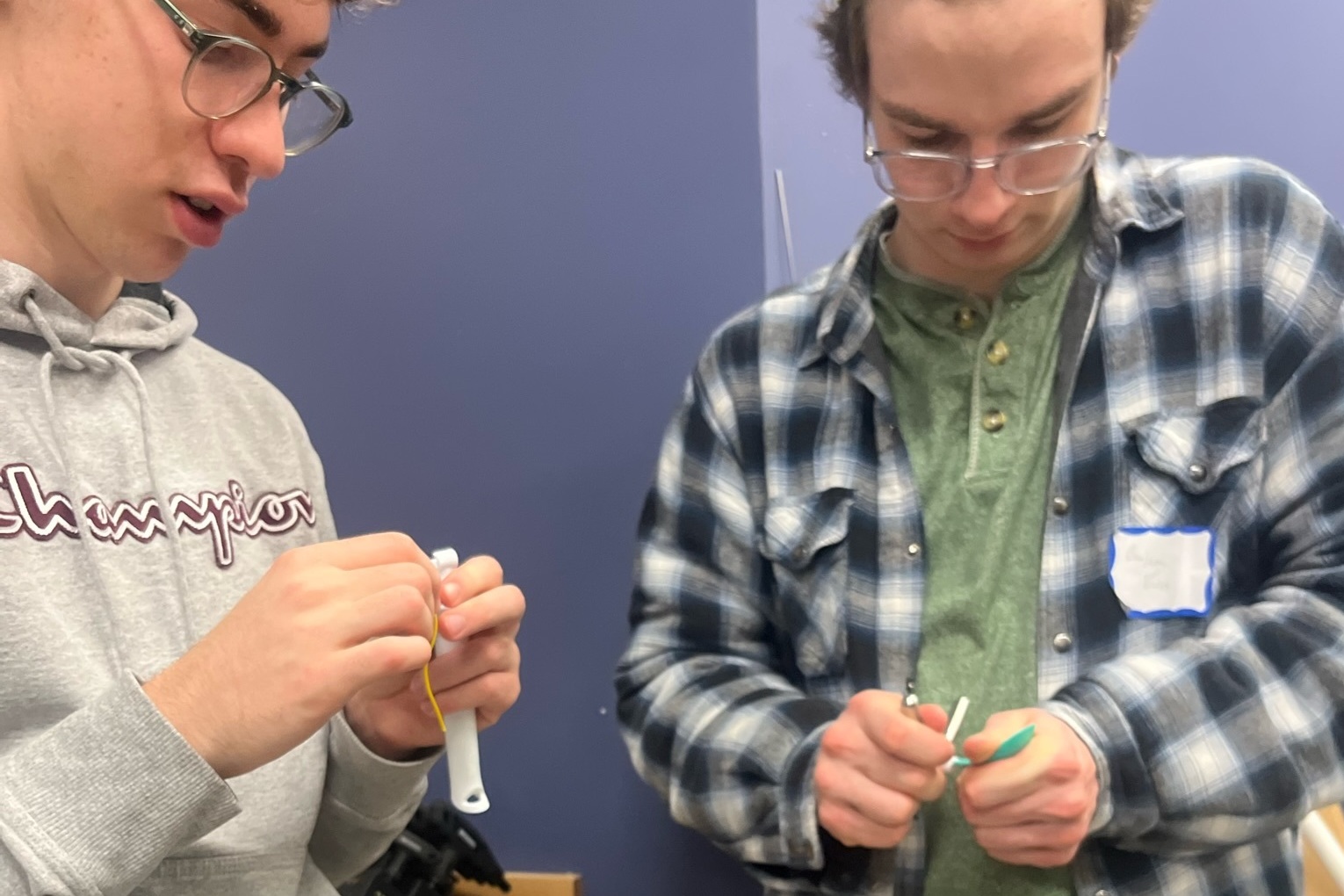

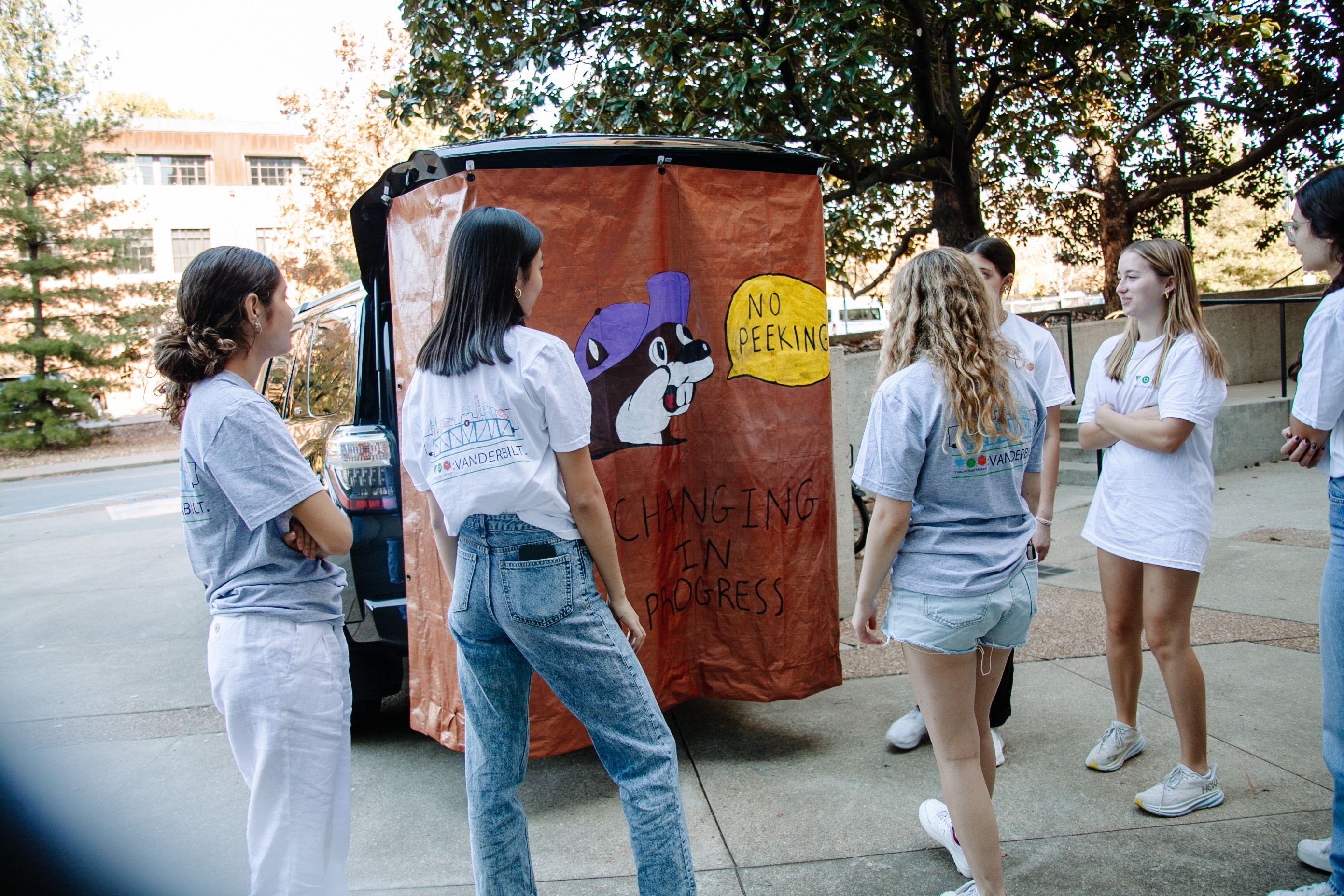
Team 2 - Robby
Team Lead: Kaiser Williams
Robby, a Vandy alum, was in a car accident in 2022 that left him with a C4/C5 spinal cord injury. He has little movement below his mid-shoulders. He works remotely full time, and uses a bluetooth gyroscope headmouse to help him interface with his computer. His current head mouse was causing pressure injuries to the bridge of his nose due to the weight and fit. Robby needed a more comportable and durable head mouse that enabled him to left and right click.
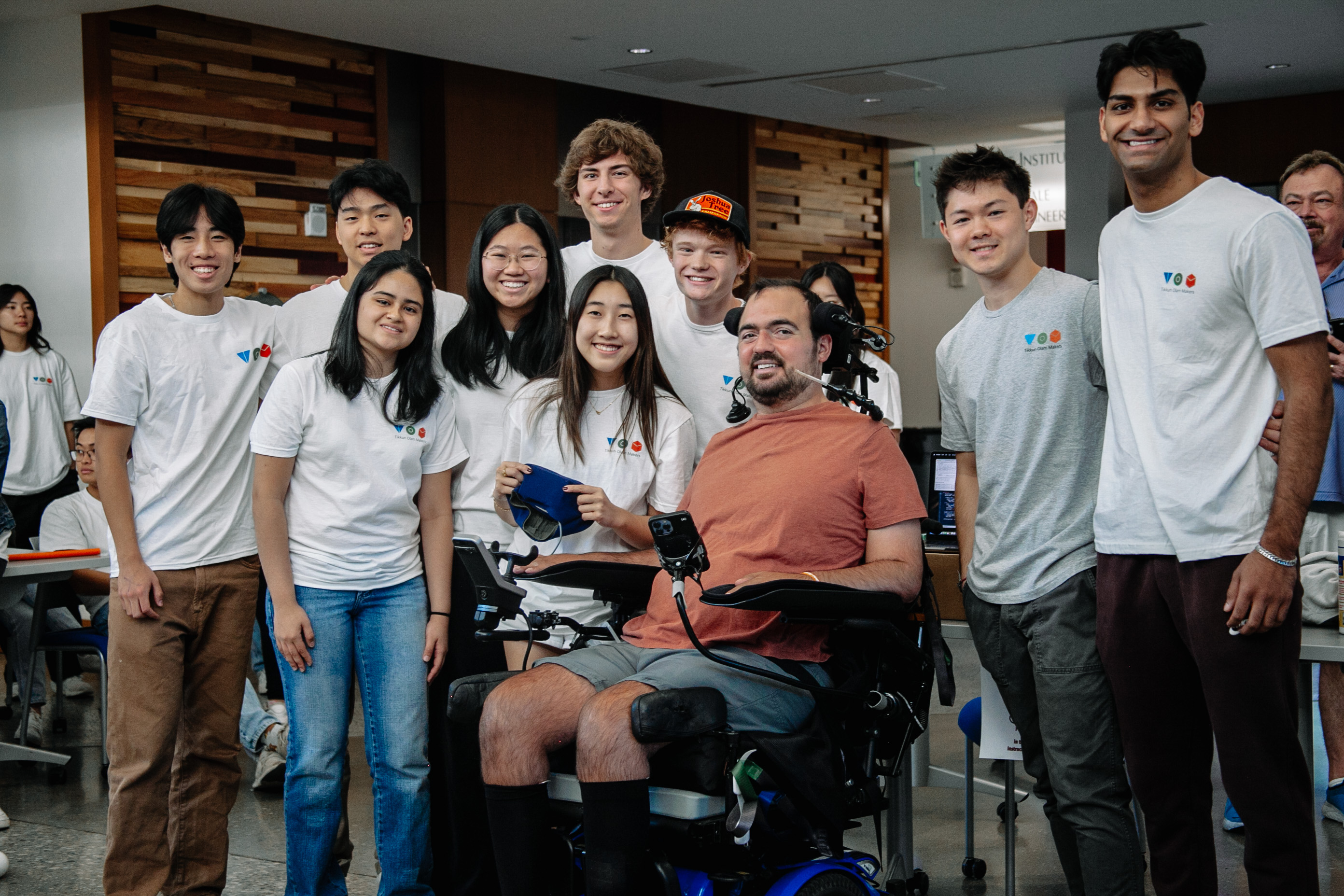
Team 2 designed a durable and comfortable computer/phone navigation tool that Robby can have for his work and daily use of technology. This device included a mouth switch mounted to the headband, allowing him to use left and right clicks. The head mouse documentation can be found here: Gyroscope Integrated Computer Navigation Tool Documentation.
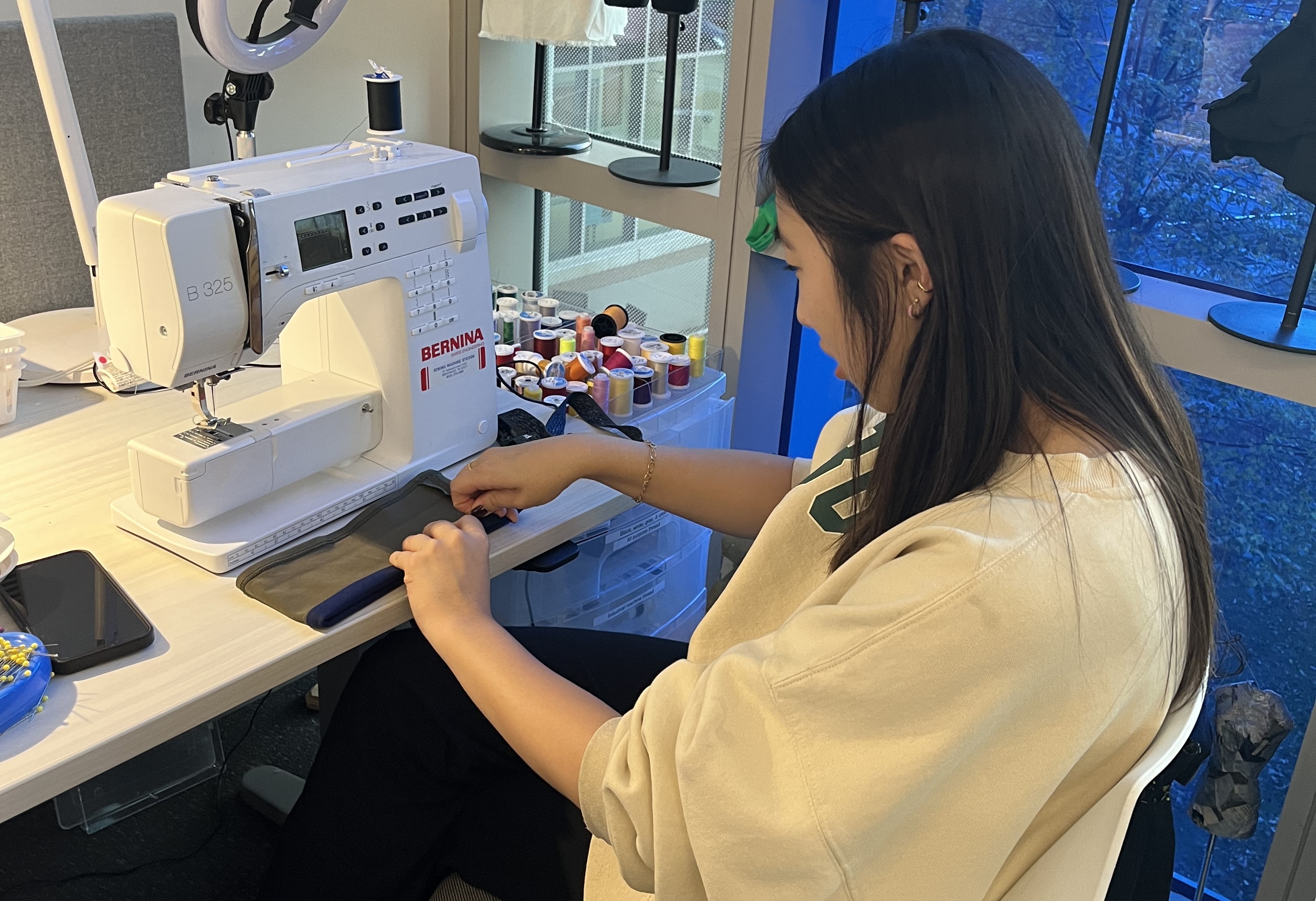
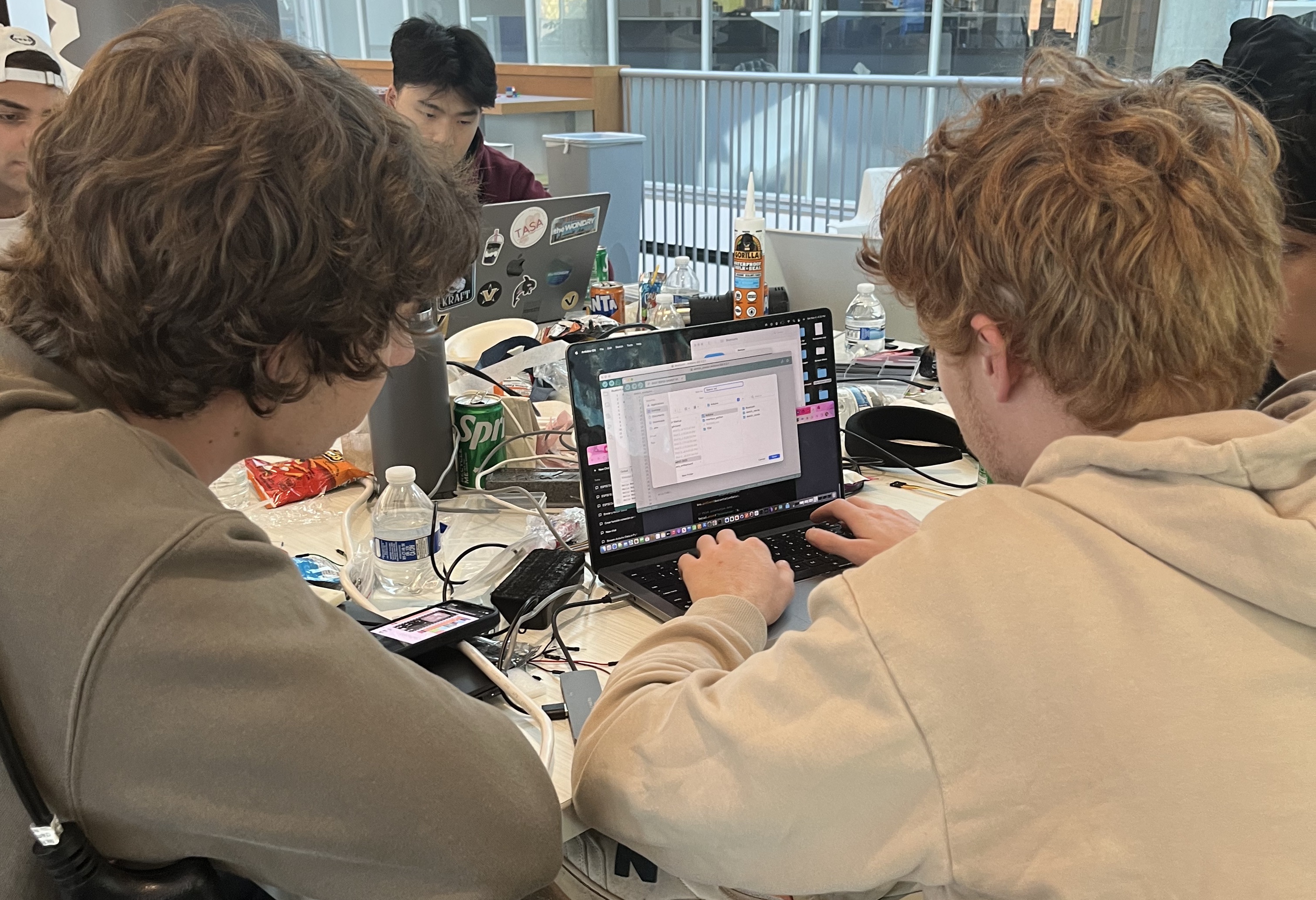
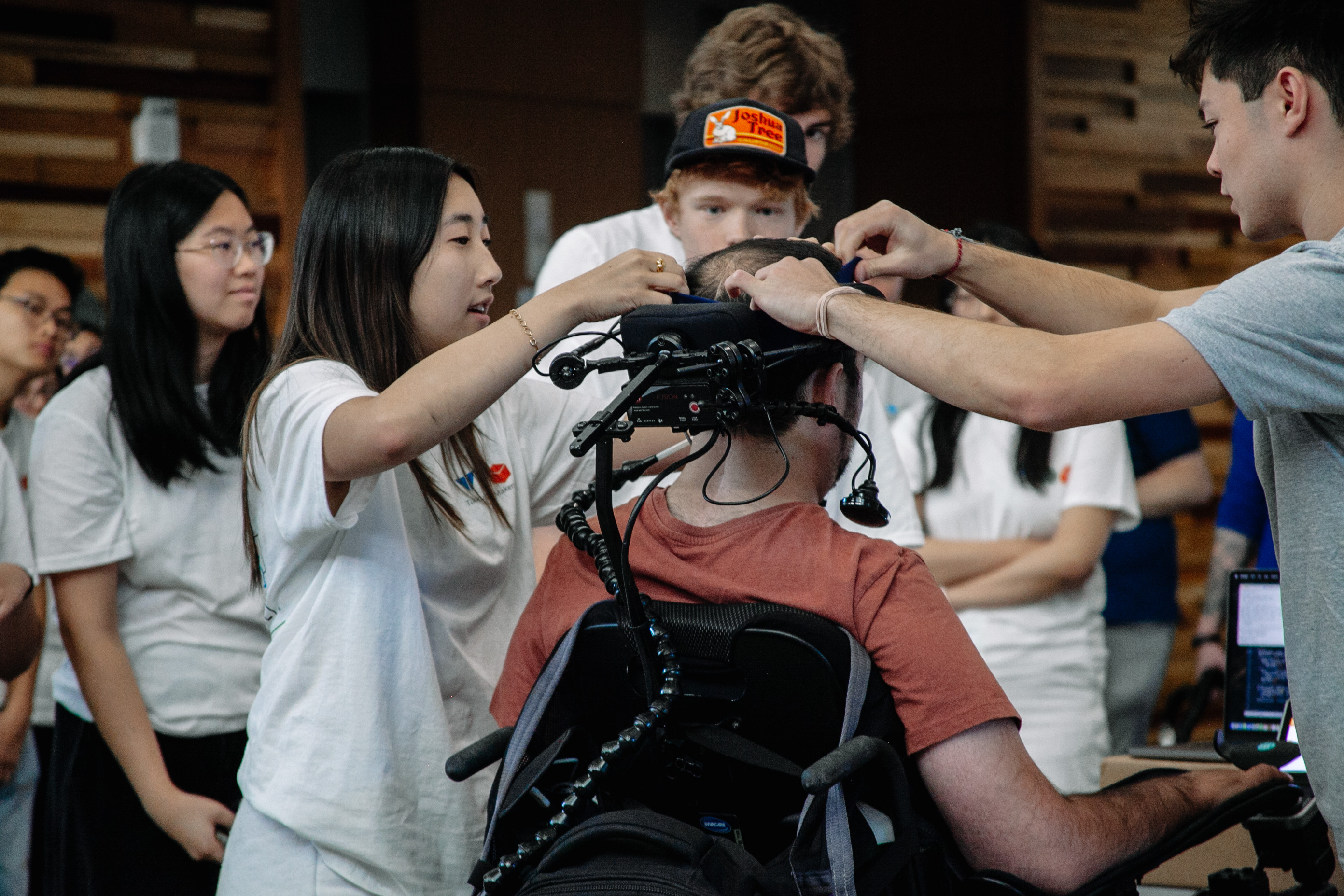
Team 3 - Jameson
Team Lead: Abbie Wollheim
Jameson, a returner from the 2022 Makeathon, is a 7-year-old elementary school student with pediatric autoimmune neuropsychiatric disorders associated with streptococcal infections (PANDAS). He has a service dog, Sushi, who helps to keep him safe. However, Jameson often elopes, dropping Sushi’s leash. Jameson needed a way to stay incentivised to stay with his service dog.
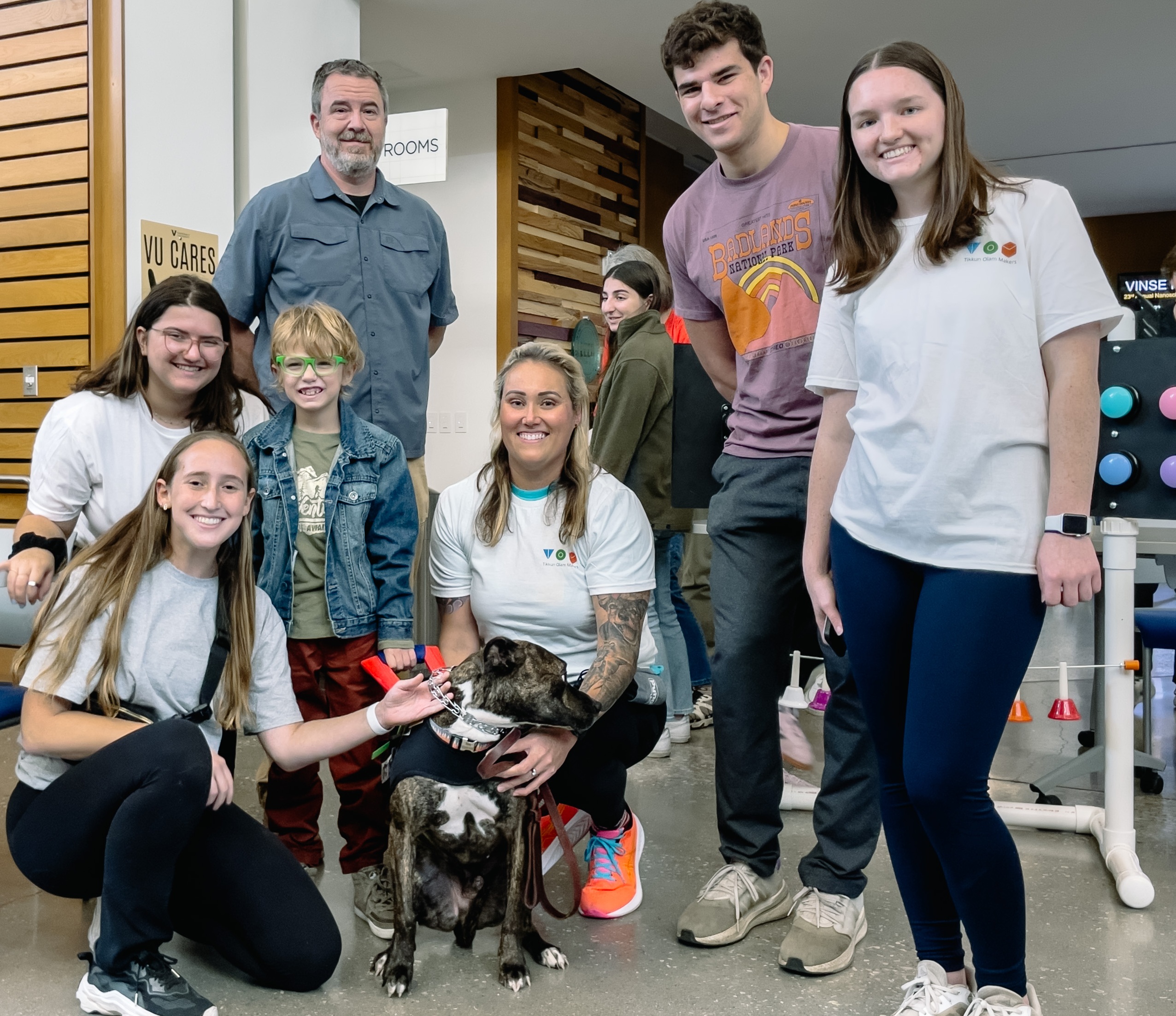
Team 3 created a new vest for Sushi. The vest included an inproved handle grip for Jameson, as well as velcro patches that Jameson could add his favorite characters to. The service dog vest documentation can be found here: Harness Helper Documentation.
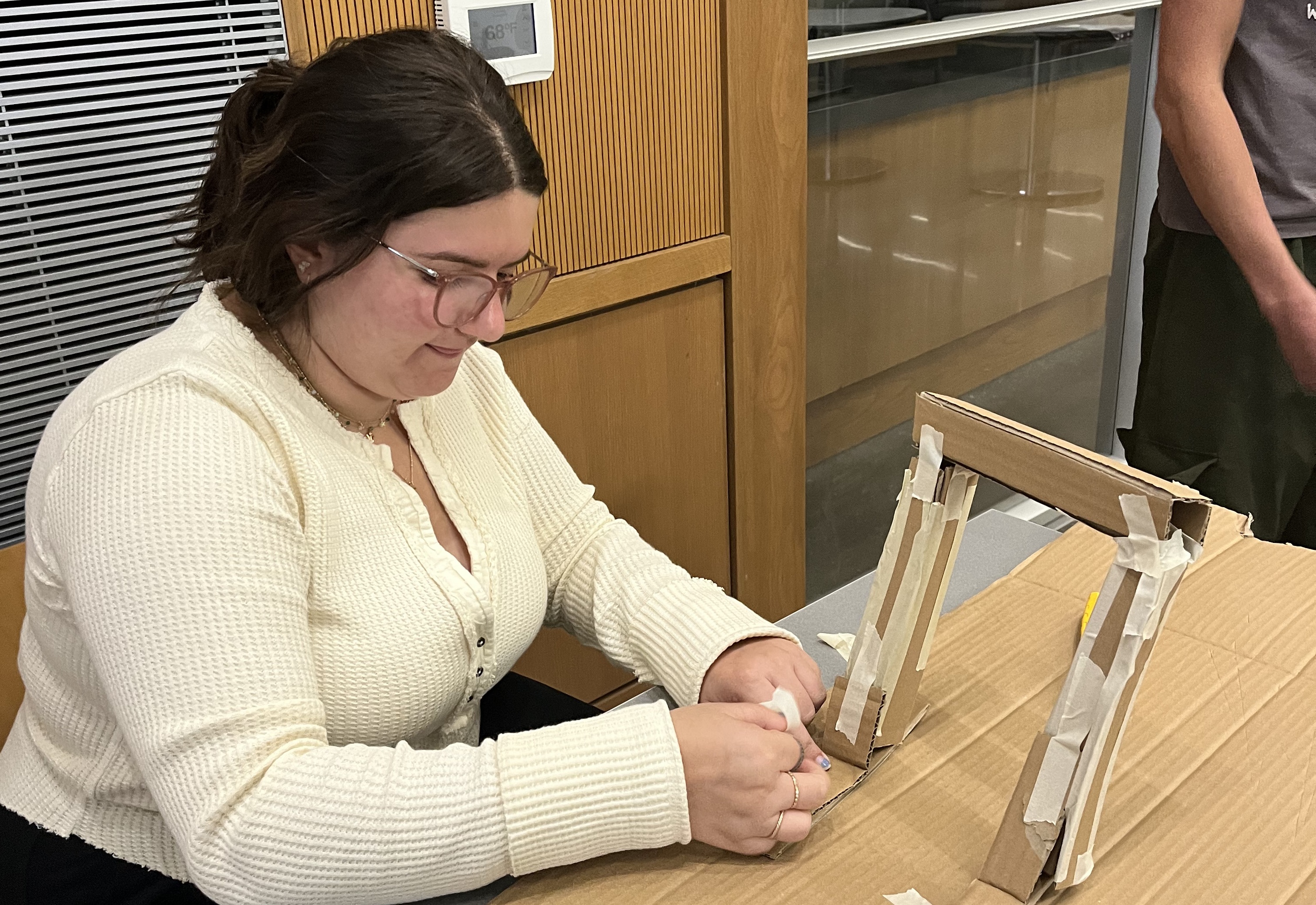
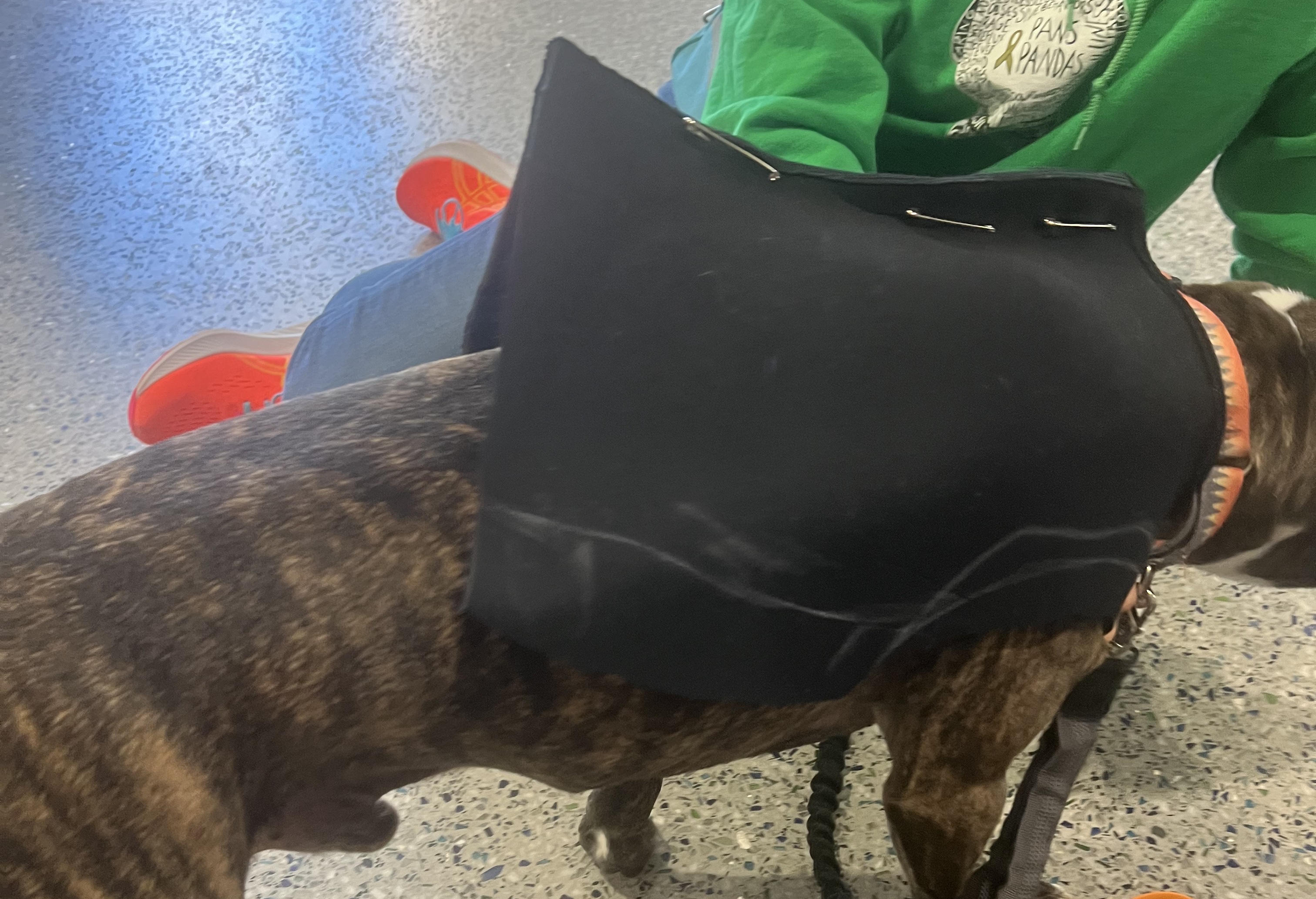
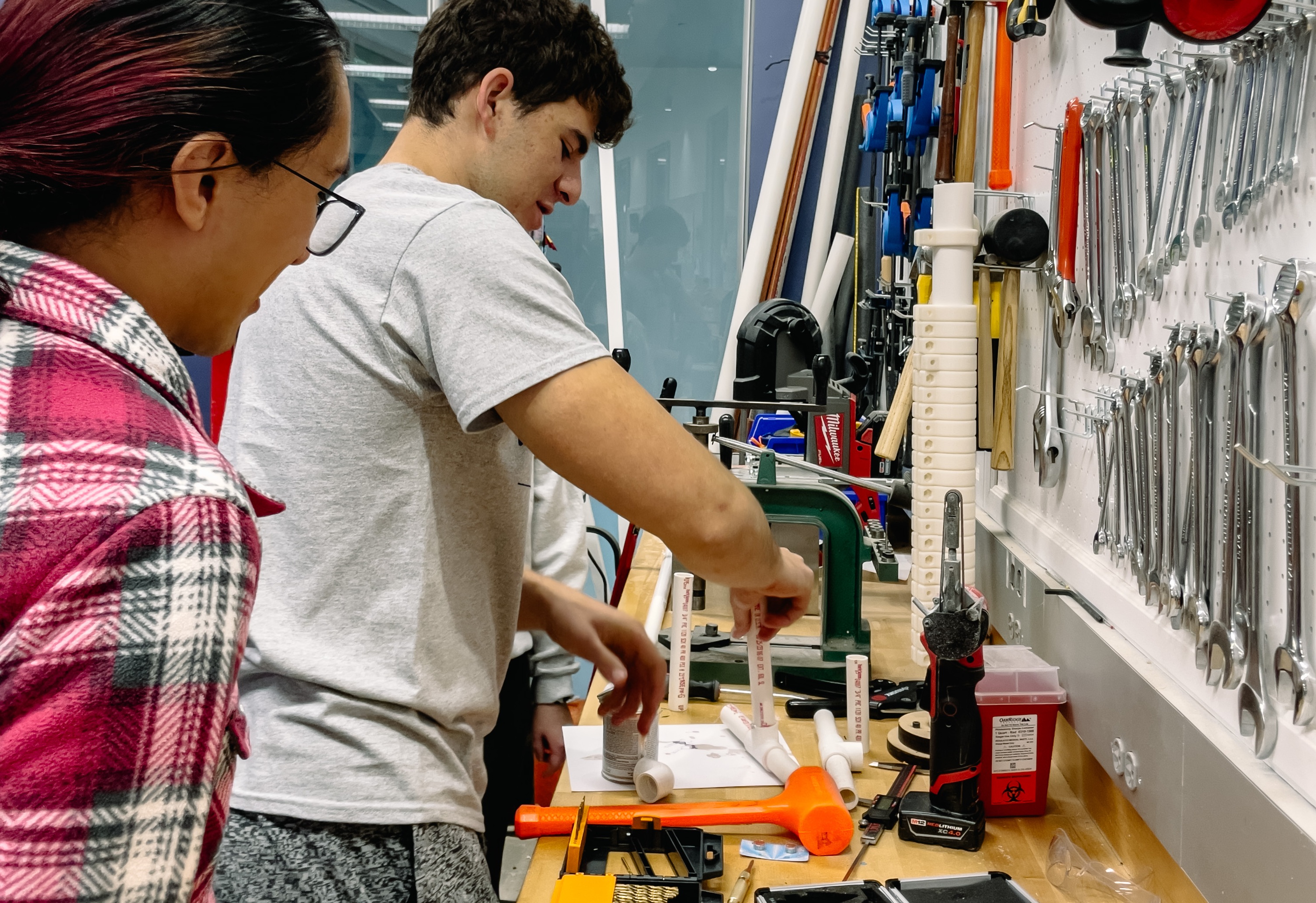
Team 4 - Oscar
Team Lead: Jillian Hornby
Oscar is an avid road cycler who had a hemorrhagic stroke that caused the right side of his body to lose some functionality. His right leg has regained a lot of mobility, but his lower right arm is still unable to move. Oscar needed a way to change the gears on this bike without the use of his right hand.
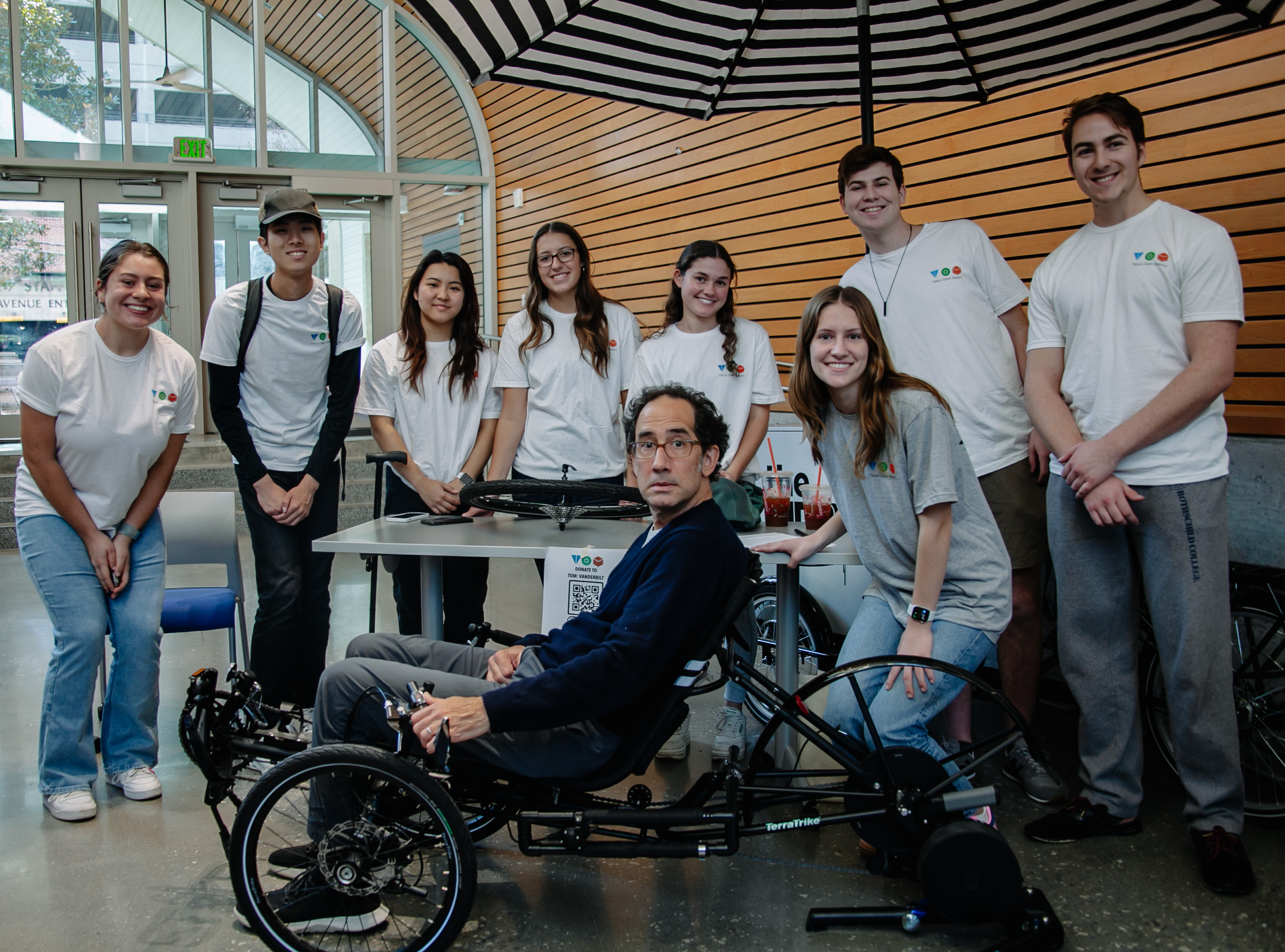
Team 4 adapted Oscar’s bike to move the gear changer to the left side of the bike. This allows Oscar to change the gears on his bike using his left hand.
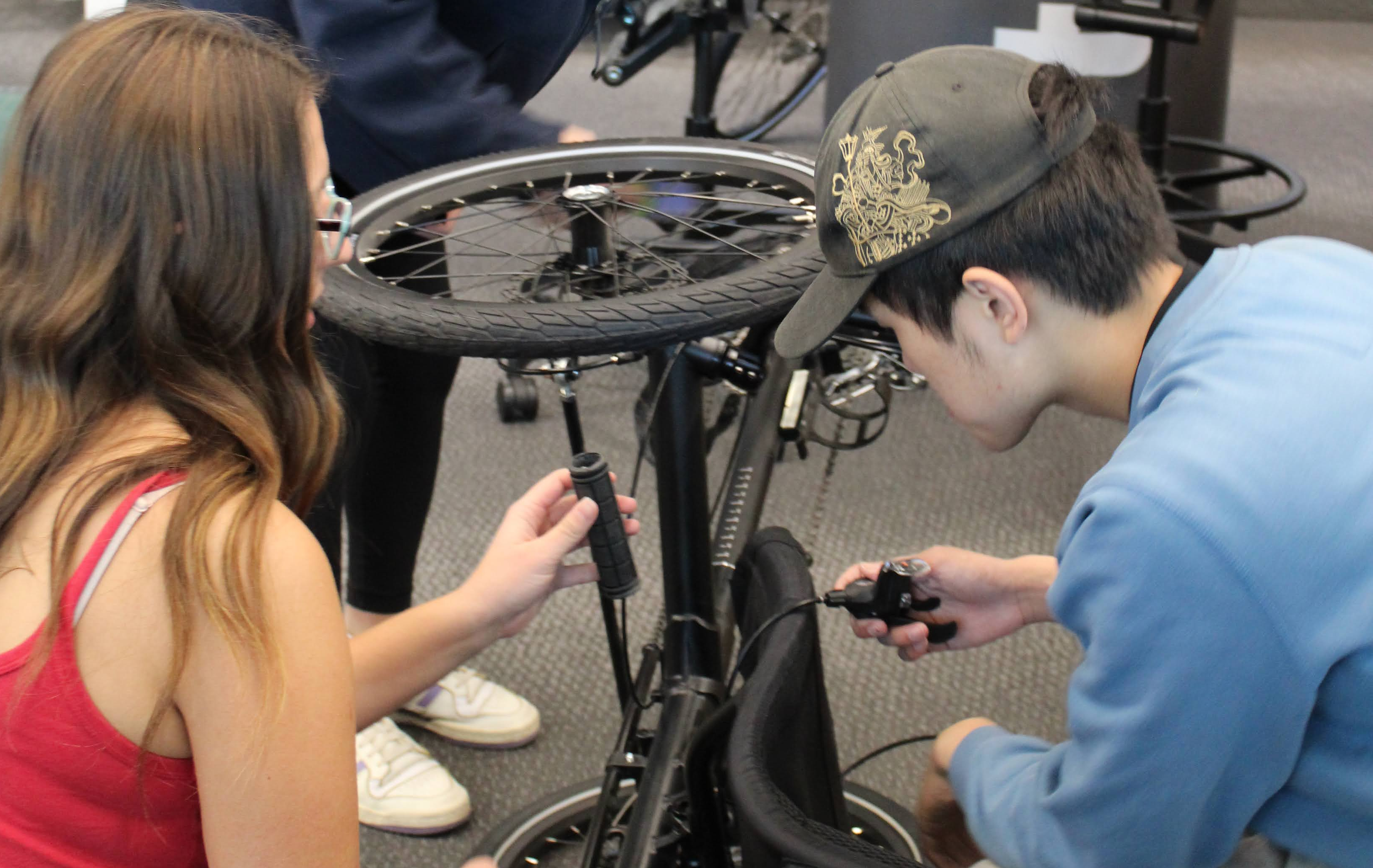
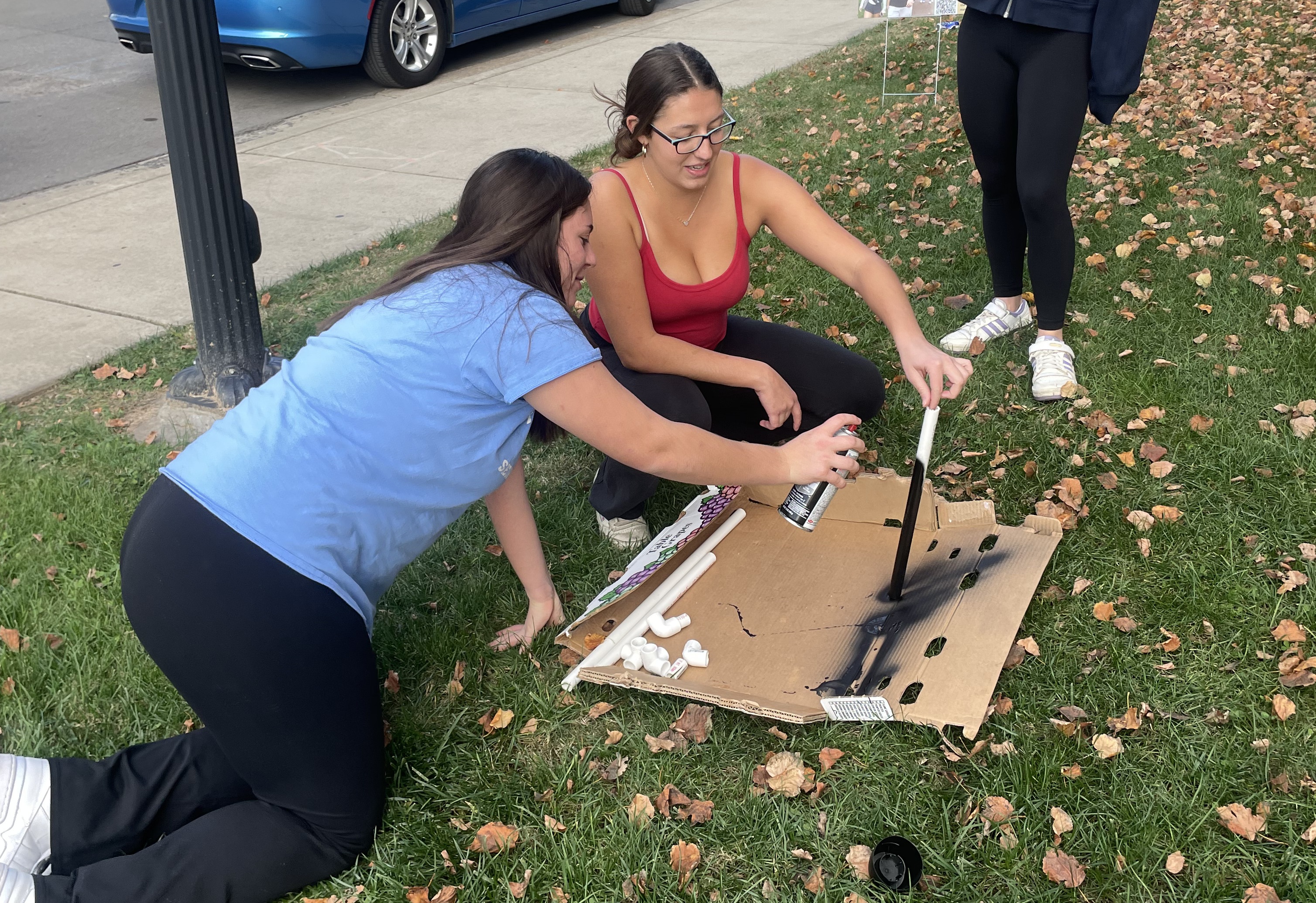
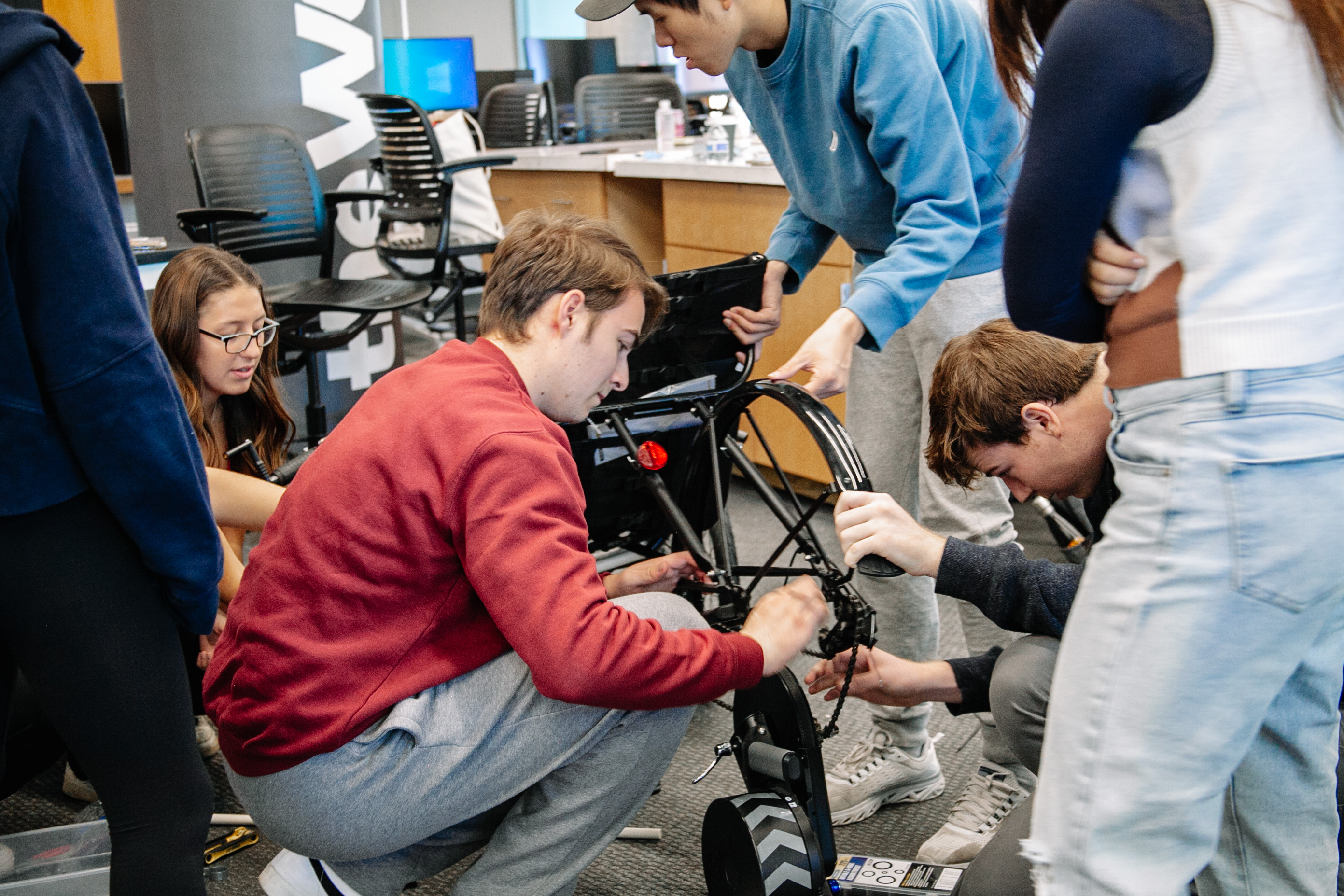
Team 5 - Helen
Team Lead: Abby Johnson
Helen is a 7-year-old with epilepsy and cerebral palsy. She has seizures on a daily basis. Helen has a swatting station, but it is neither strong nor portable for when she is in her wheelchair or bed. Helen needed a way to play with toys and music independently that would allow her to direct her movements towards the toys.
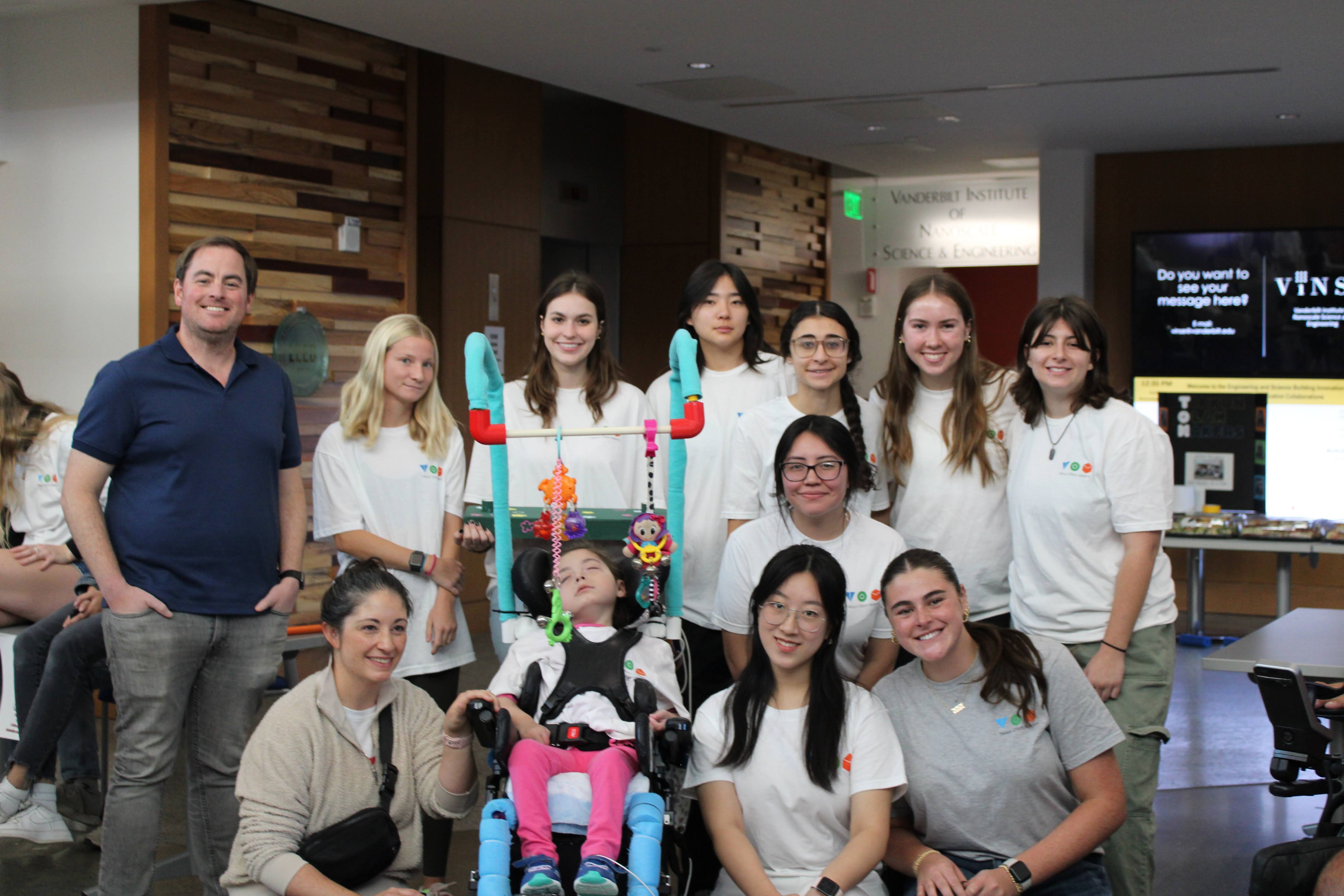
Team 5 created an adjustable and padded swatting station that could be attached to Helen’s wheelchair or medical bed. This device allows Helen to play with her favorite toys independently and safely.
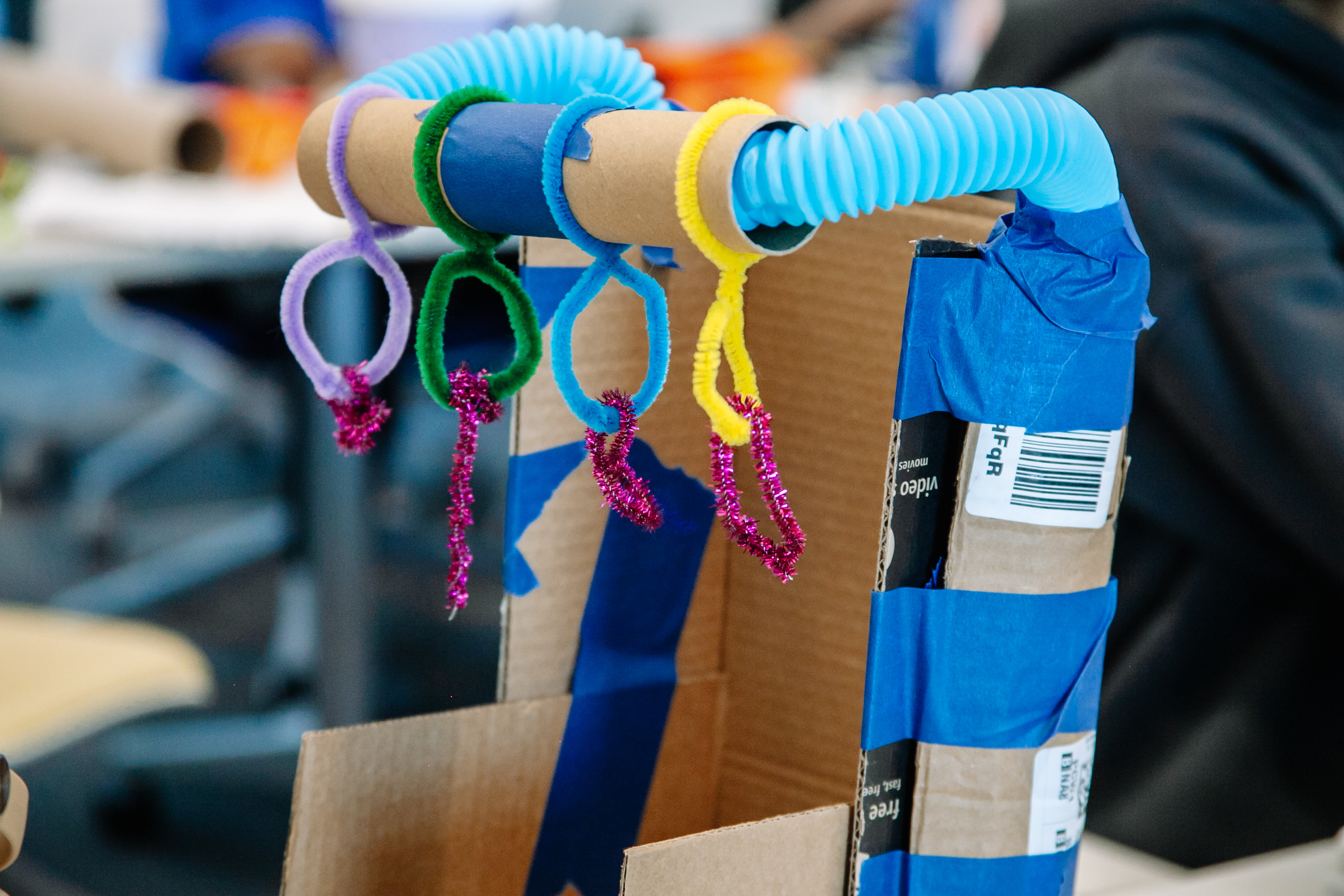
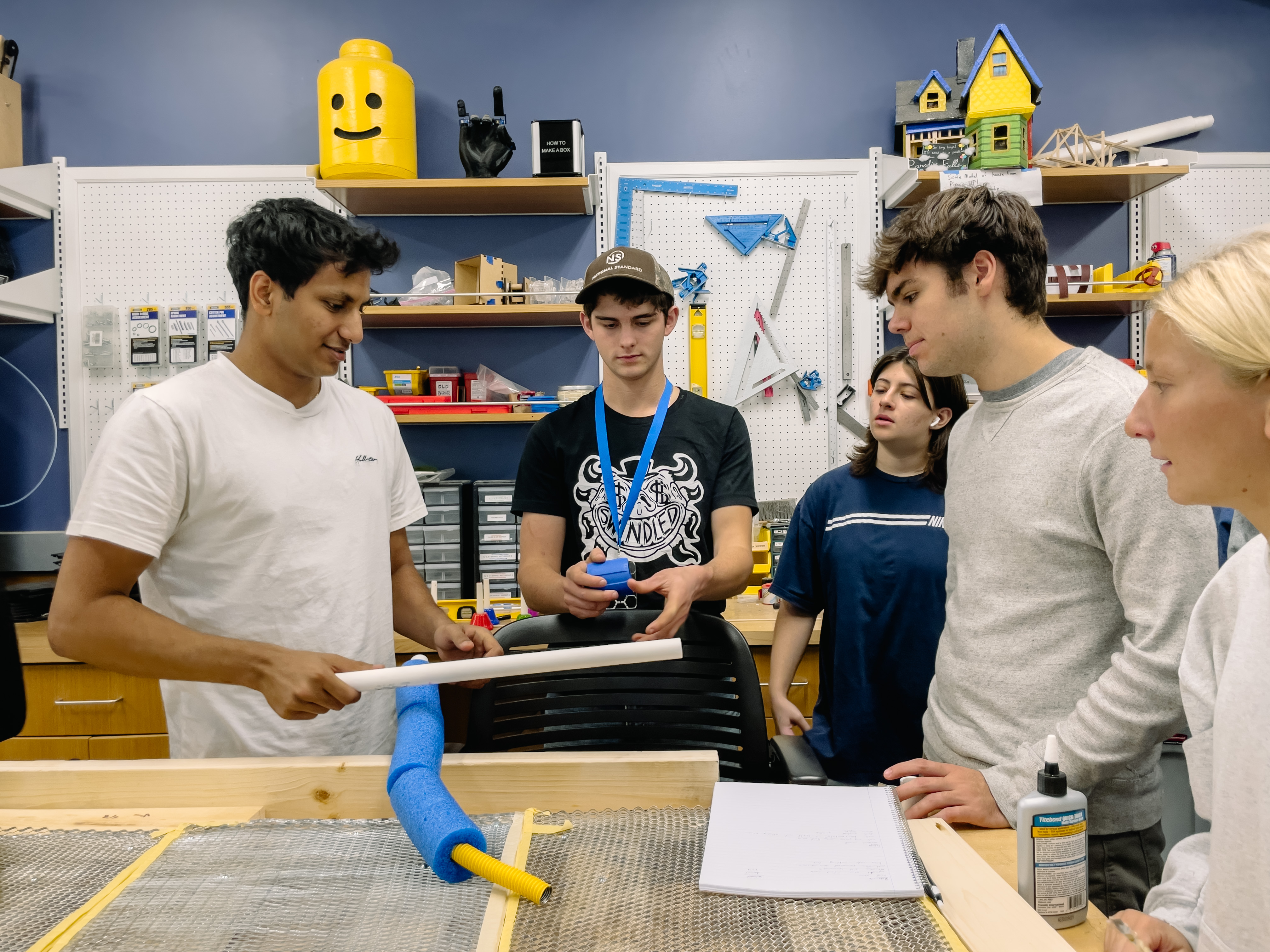
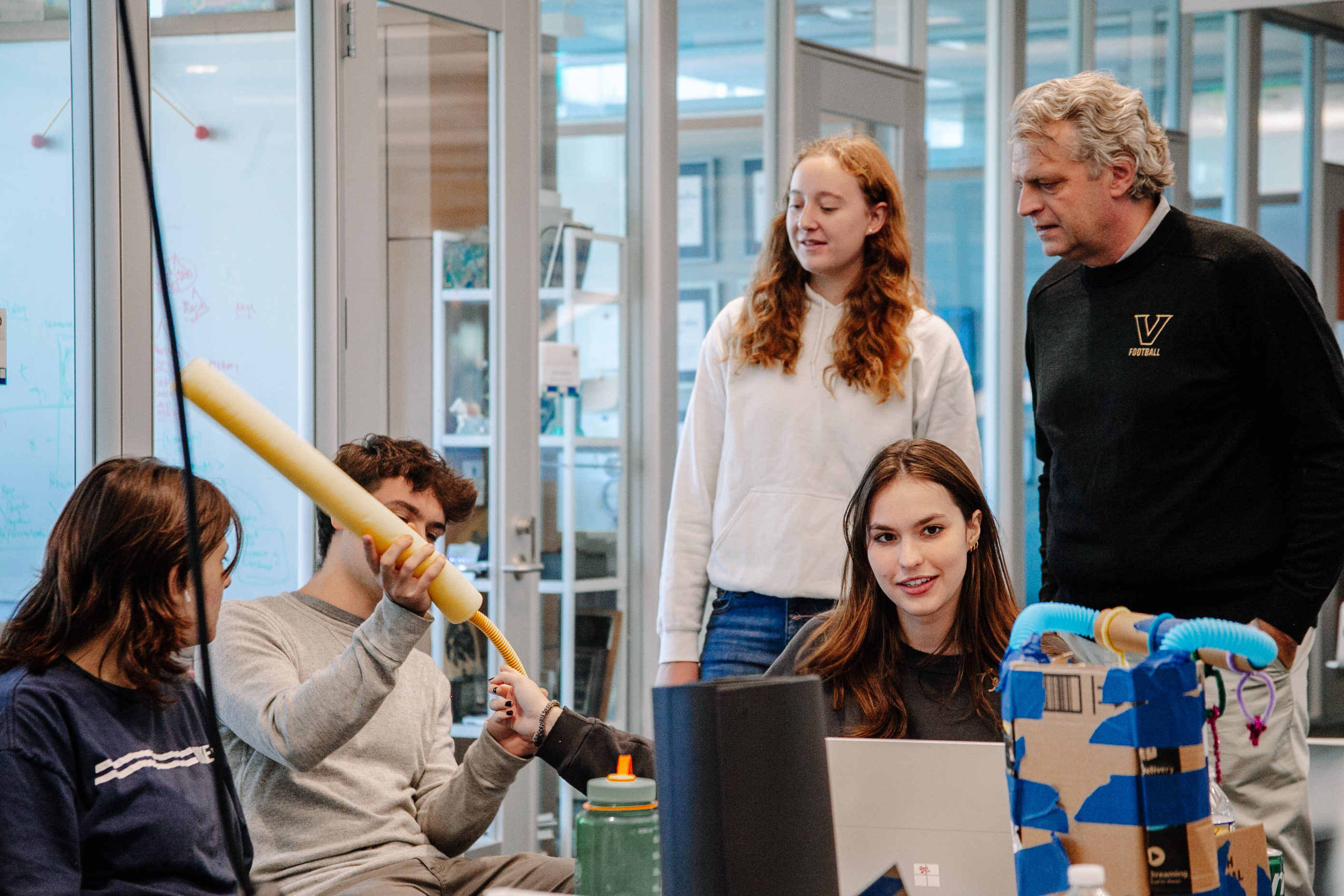
Team 6 - Susanna
Team Lead: Elizabeth Walther
Susanna is a 5-year-old with an undiagnosed condition. She is non-verbal, in a wheelchair, and struggles with seizure-like activity. Susanna loves bells and chimes, but the only accessible chime structure is at a playground near her house. Susanna needed a way to play with musical toys in her different seating positions.
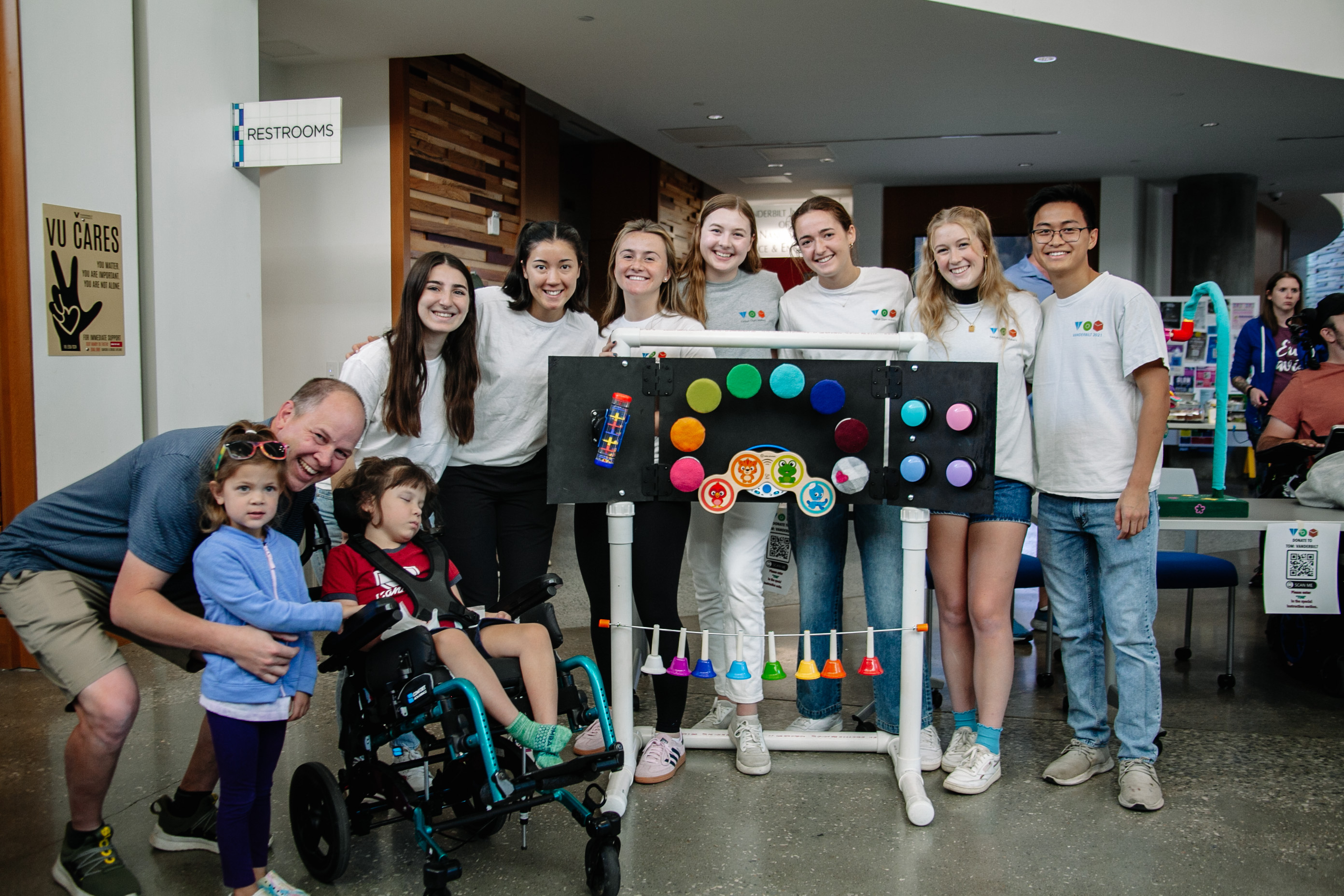
Team 6 created a height-adjustable music station that Susanna can play with independently. It includes recorded music buttons, a rain stick spinner, desk bells, and a magic-touch drum set that she could play with in her wheelchair. It also included hanging bells she could swat when laying on the ground. This project was continued into the 2024 Global Innovation Challenge. Its documentation can be found here: Adjustable Music Station Documentation.
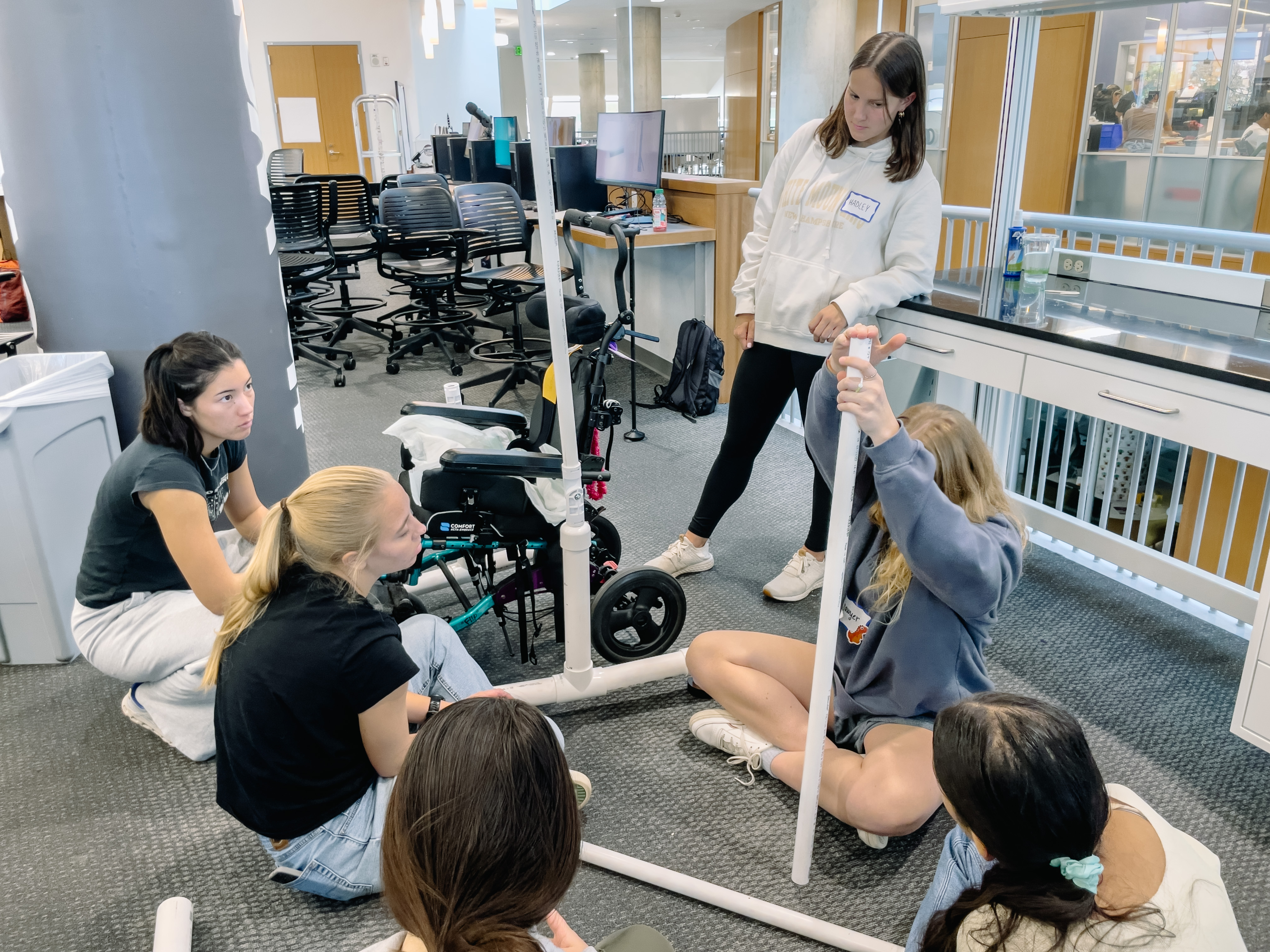
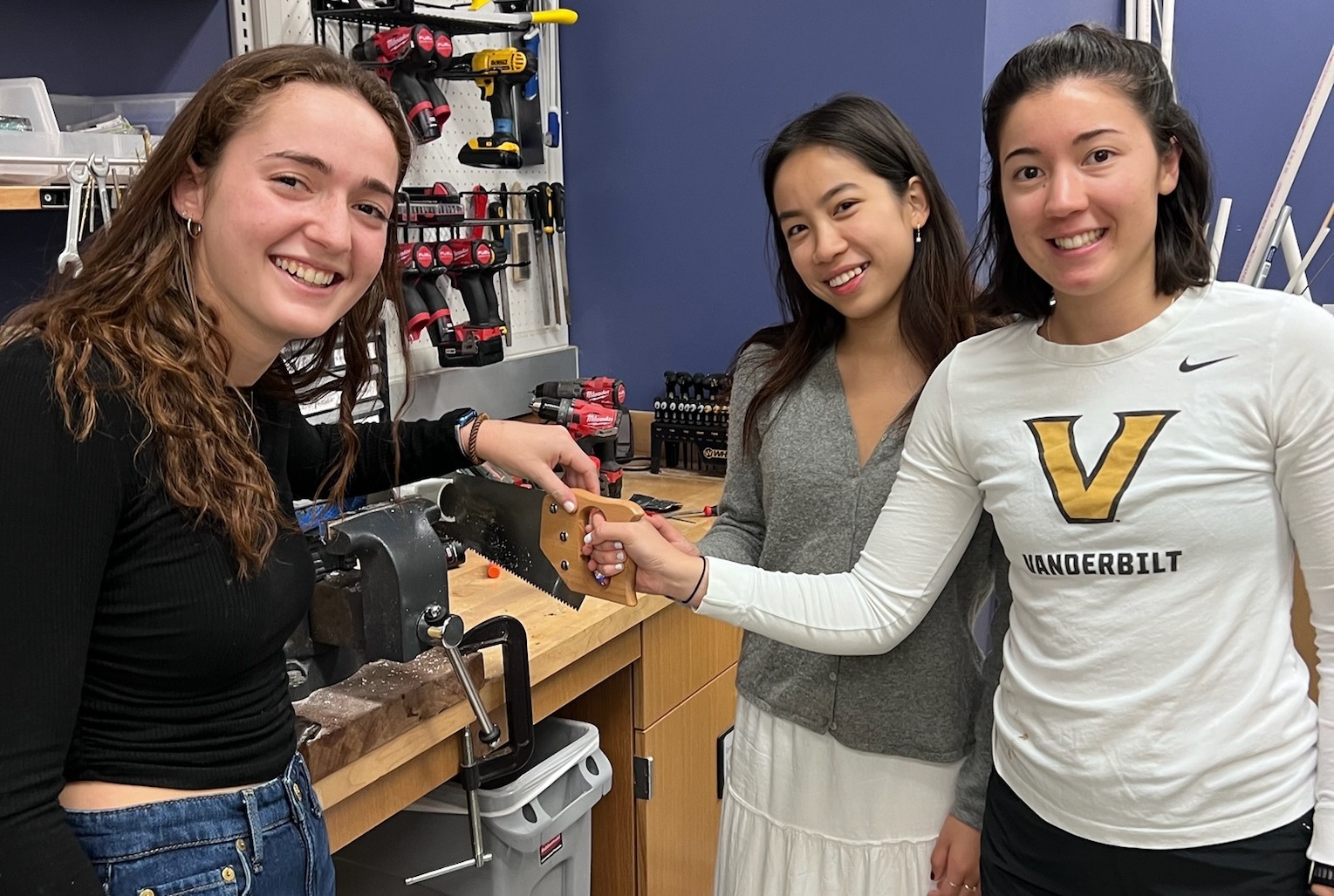
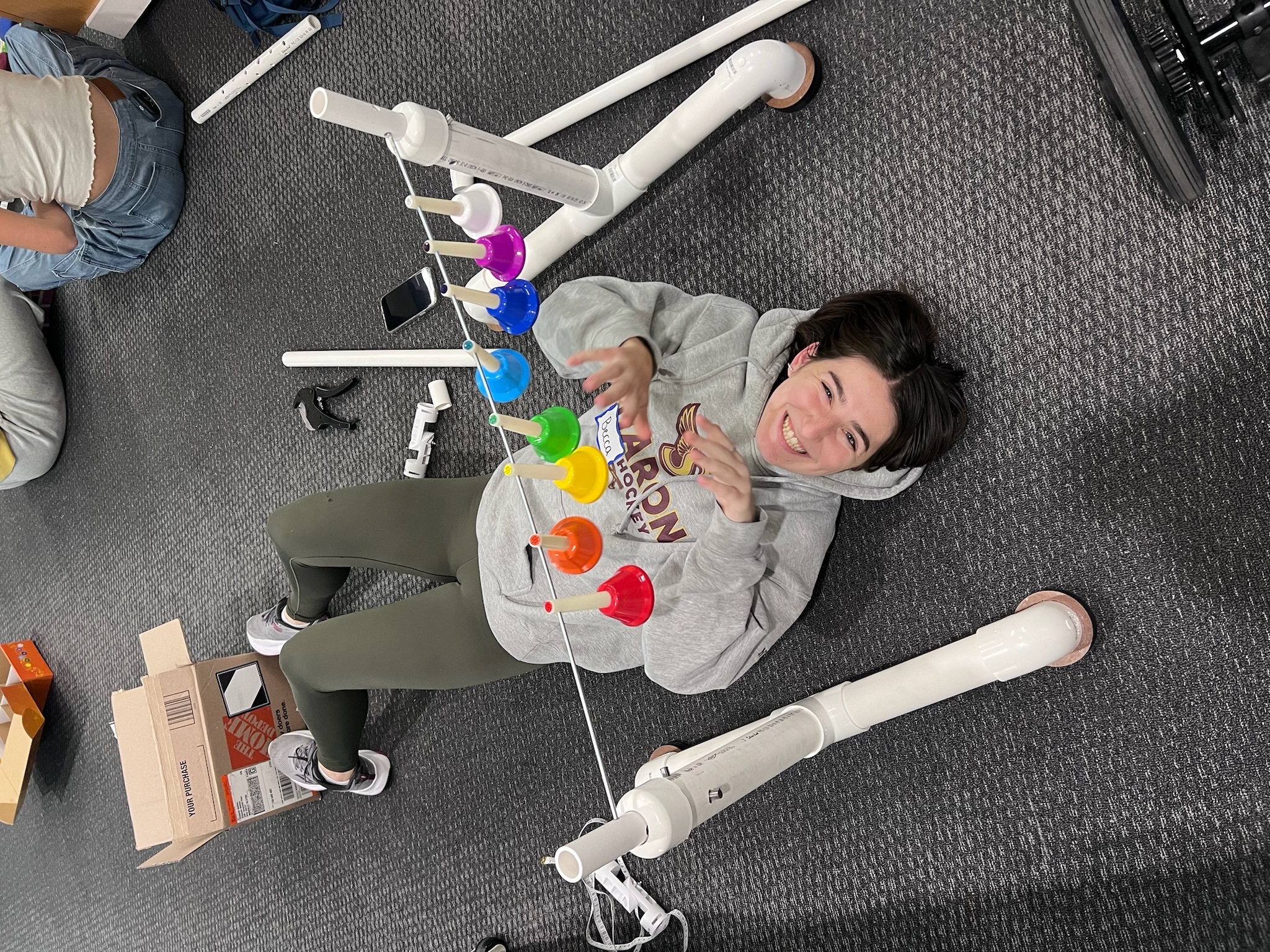
Team 7 - Michelle
Team Lead: Erica Guelfi
Michelle is a Vanderbilt graduate student who is an ambulatory wheelchair user. She recently has needed to start using a motorized wheelchair, but is not strong enough to lift the 50 pound wheelchair into the trunk of her car. Current solutions are only designed for larger vehicles (vans). Michelle needed a light-weight, sturdy, and collapsible ramp that will allow Michelle to travel with her new wheelchair in her sedan.
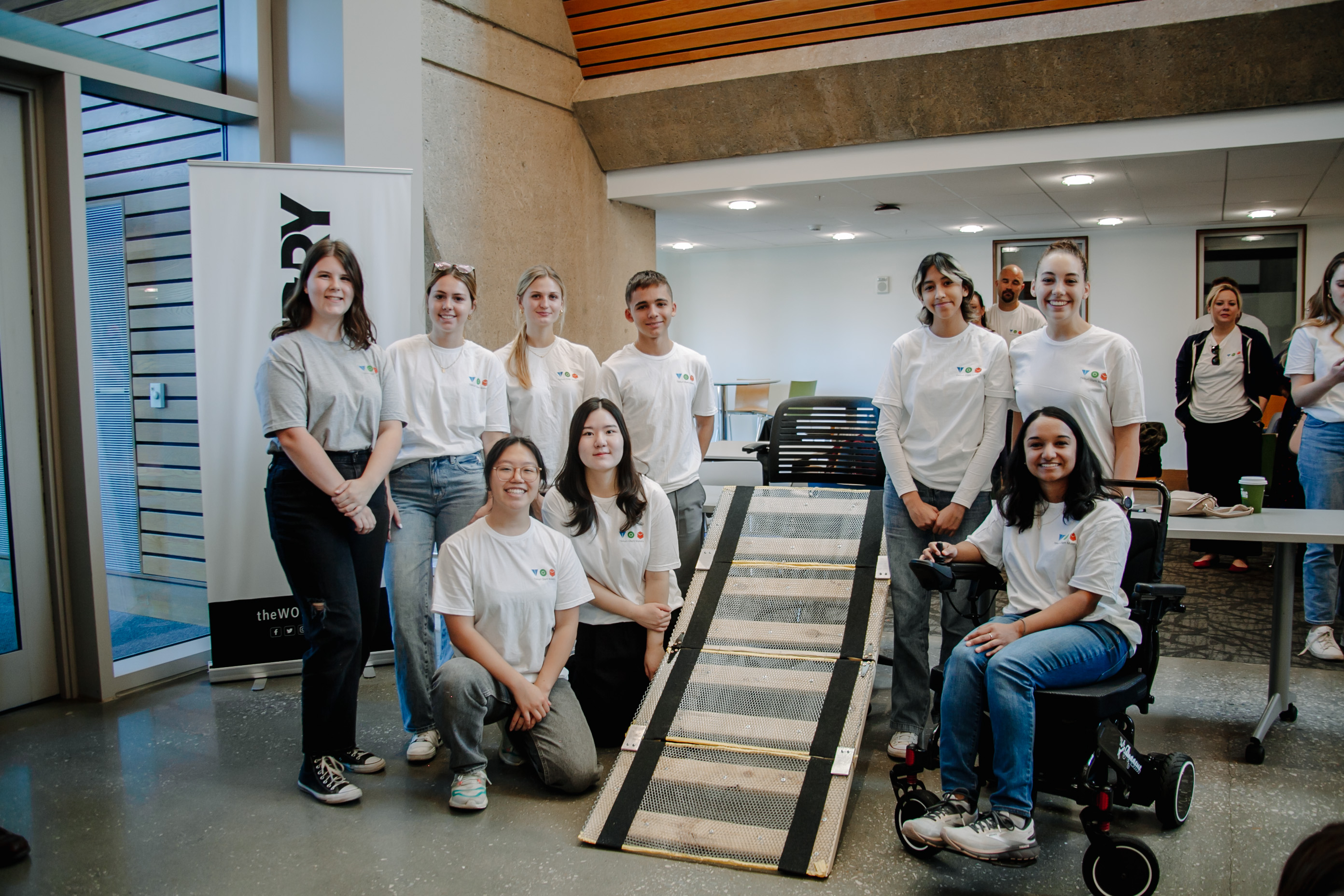
Team 7 created a folding wheelchair ramp that attaches to the back of Michelle’s car to allow her to push her chair into the trunk independently once she disengages the motor. The ramp is strong enough to support the weight of Michelle’s wheelchair, while also being small enough to fit in the trunk alongside her wheelchair.
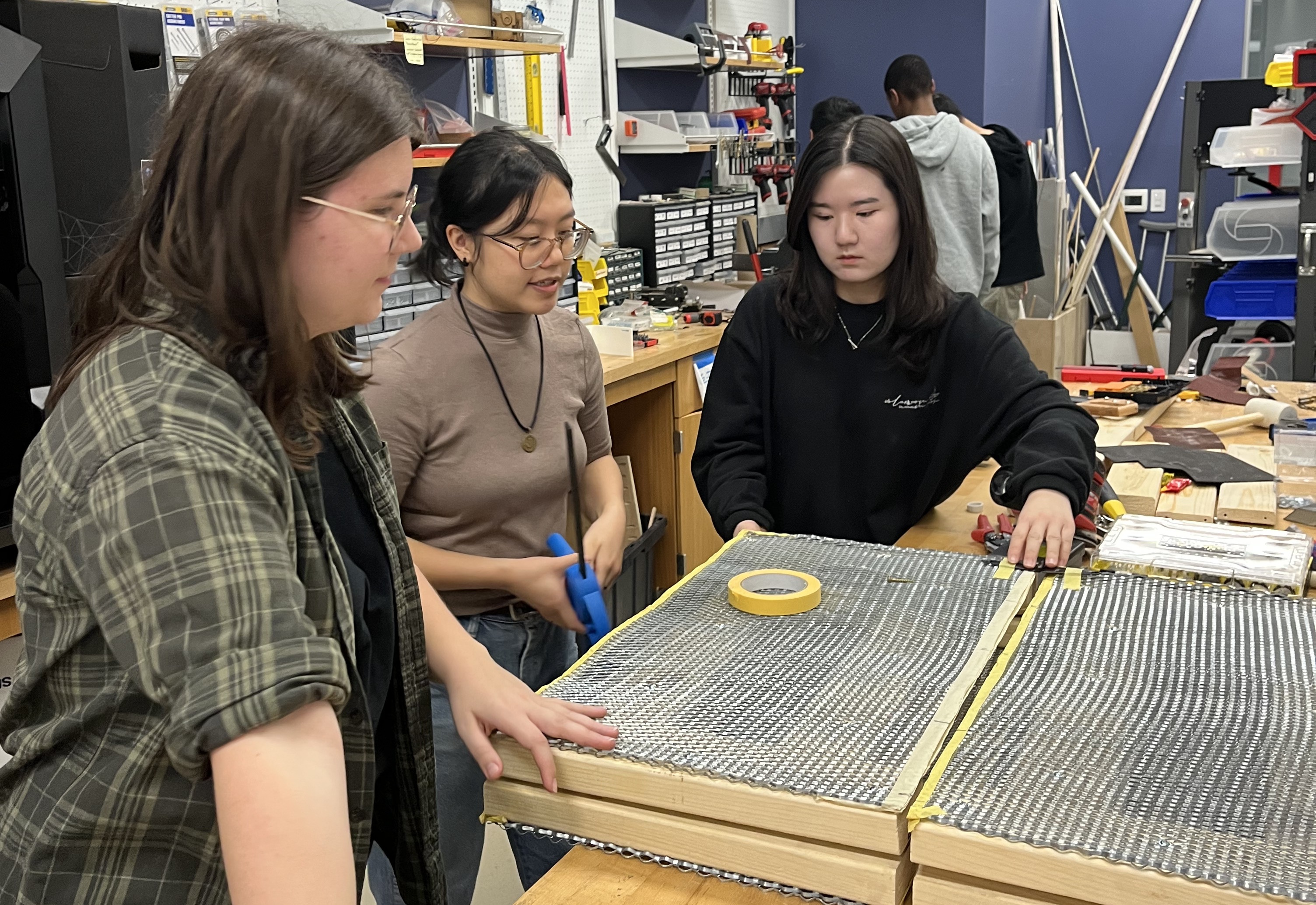
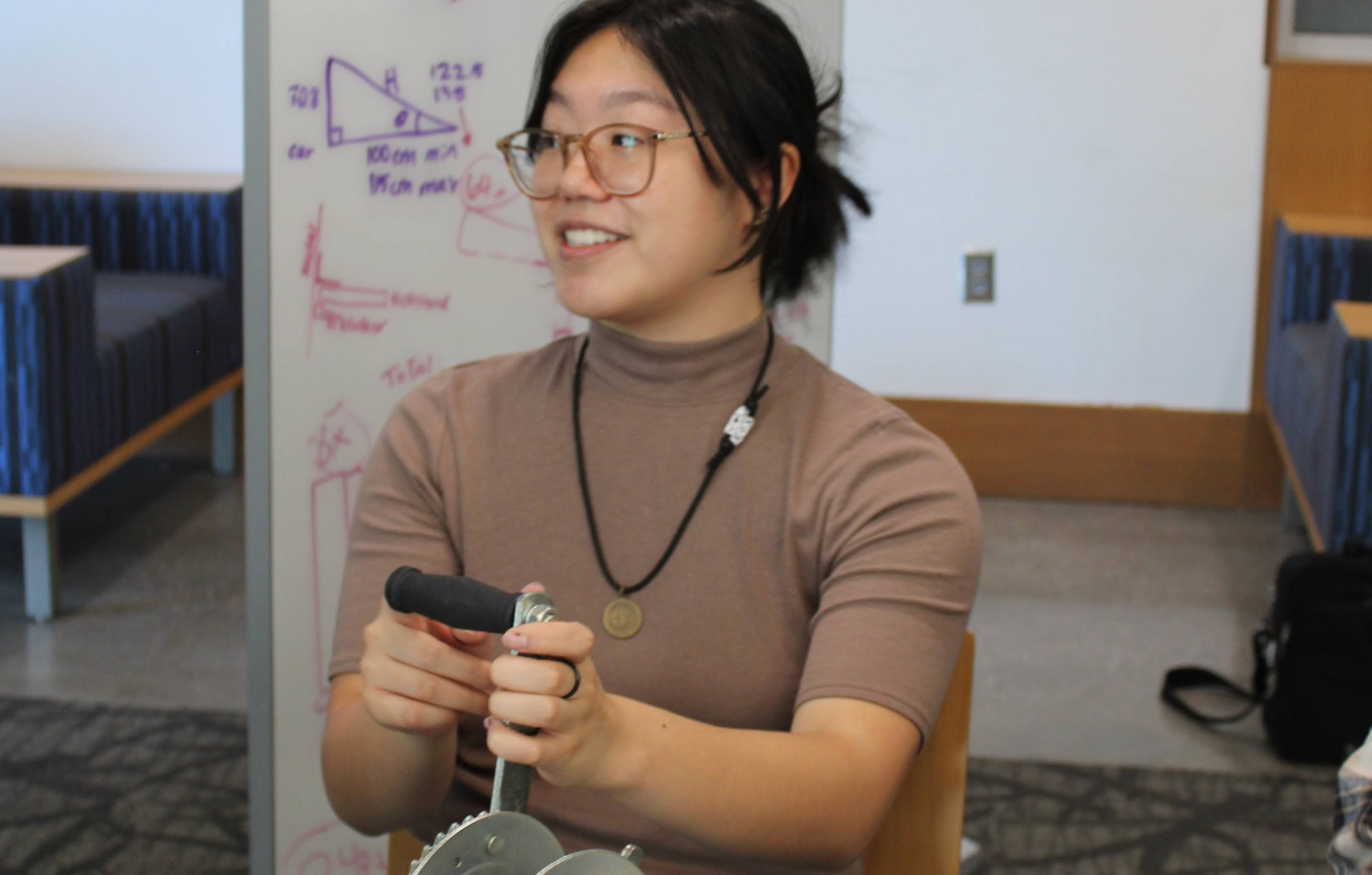
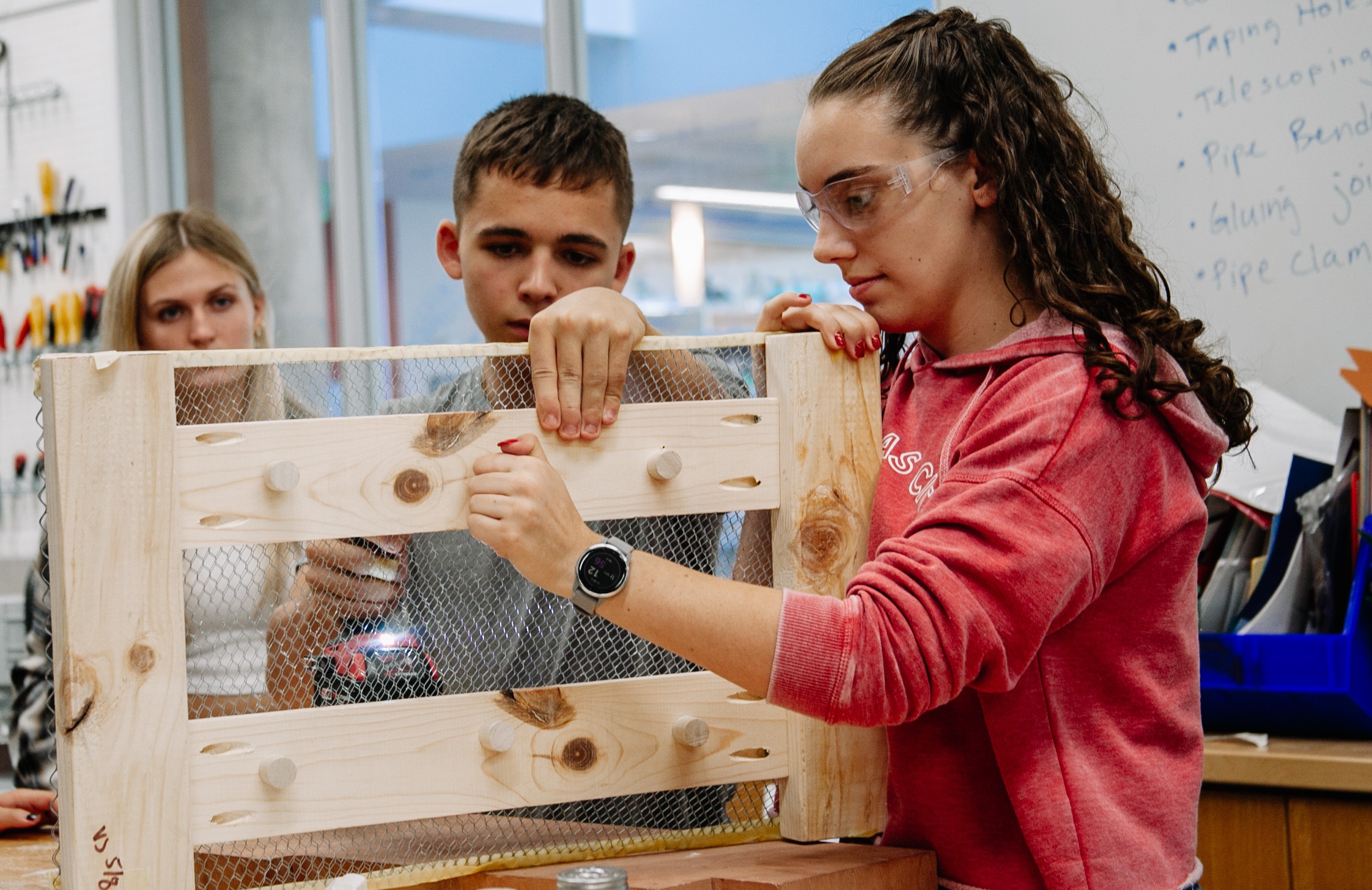
Team 8 - Jackson
Team Leads: Hadley Rossignol & Morgan Young
Jackson is a 19-year-old who was in a car accident in 2021, resulting in a traumatic brain injury. He has double vision that his glasses cannot completely correct, leading to uneven head symmetry. Jackson is able to practice head leveling during his physical and occupational therapy sessions, but needed a way to practice head leveling while at home.
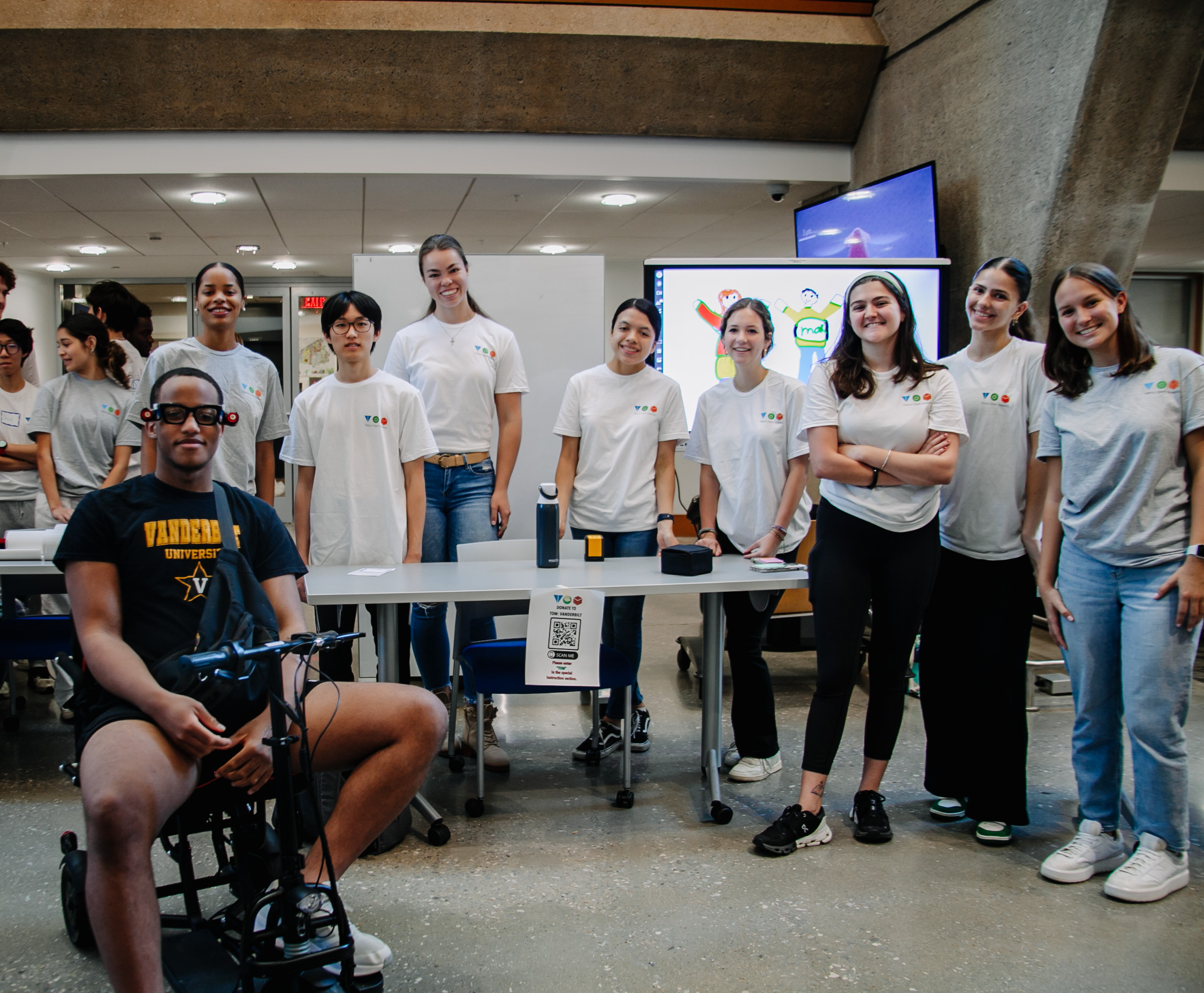
Team 8 created head-mounted laser that clips onto glasses and projects a cross onto a wall. When paired with an external cross projector, Jackson is able to adjust his head tilt so that the two crosses align. This device was recreated and provided to the Pi Beta Phi Rehabilitation center, allowing other neurologically impaired patients the opportunity to use the device in therapy sessions. The team also prototyped an app that utilized the accelerometers in AirPods to visually display the user’s current head tilt. The app could be running in the background, allowing for notifications to be sent when the user’s head was greater than 10 degrees off symmetry. The glasses clip-on documentation can be found here: Head Tilt Sensor Documentation.
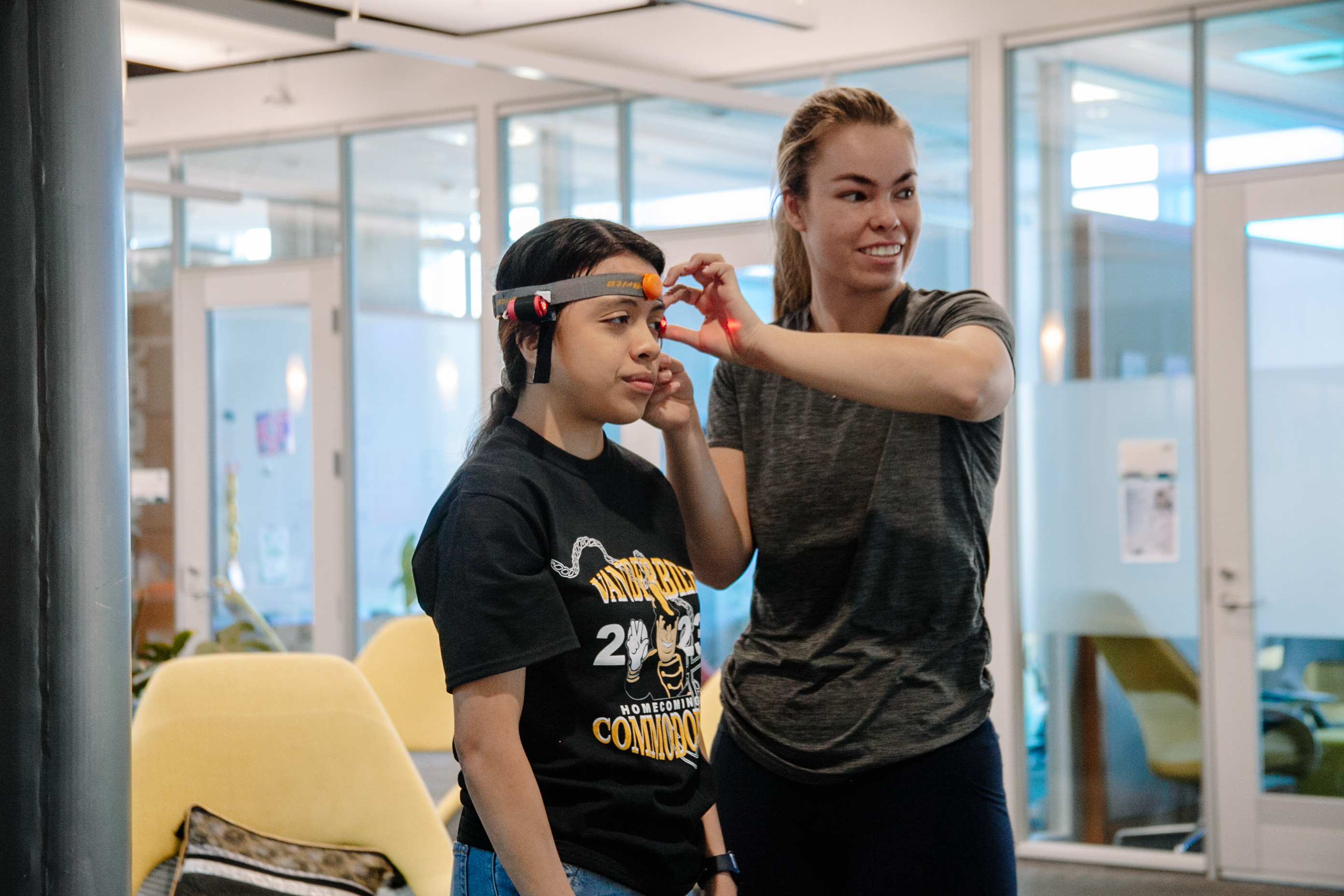
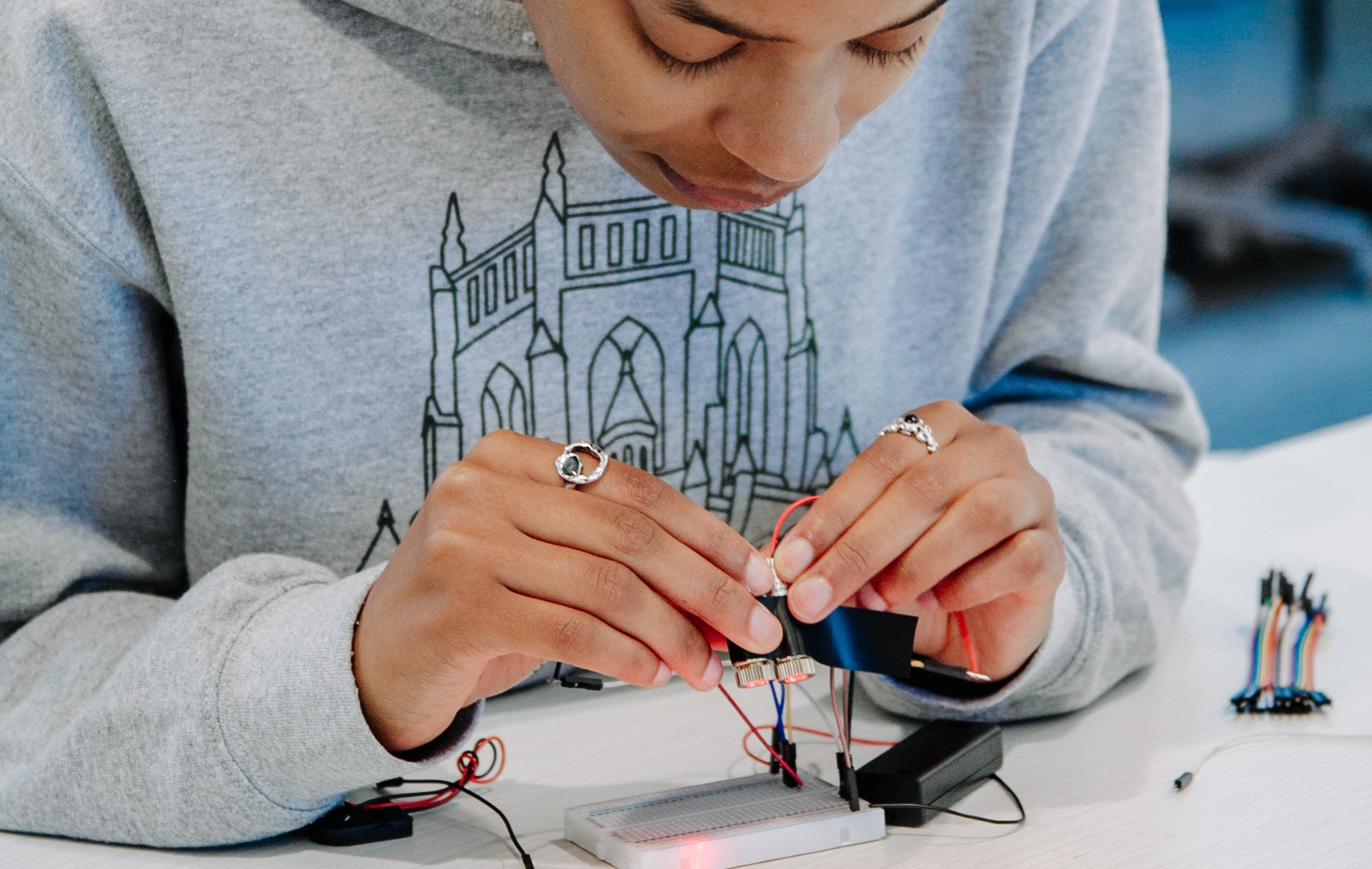
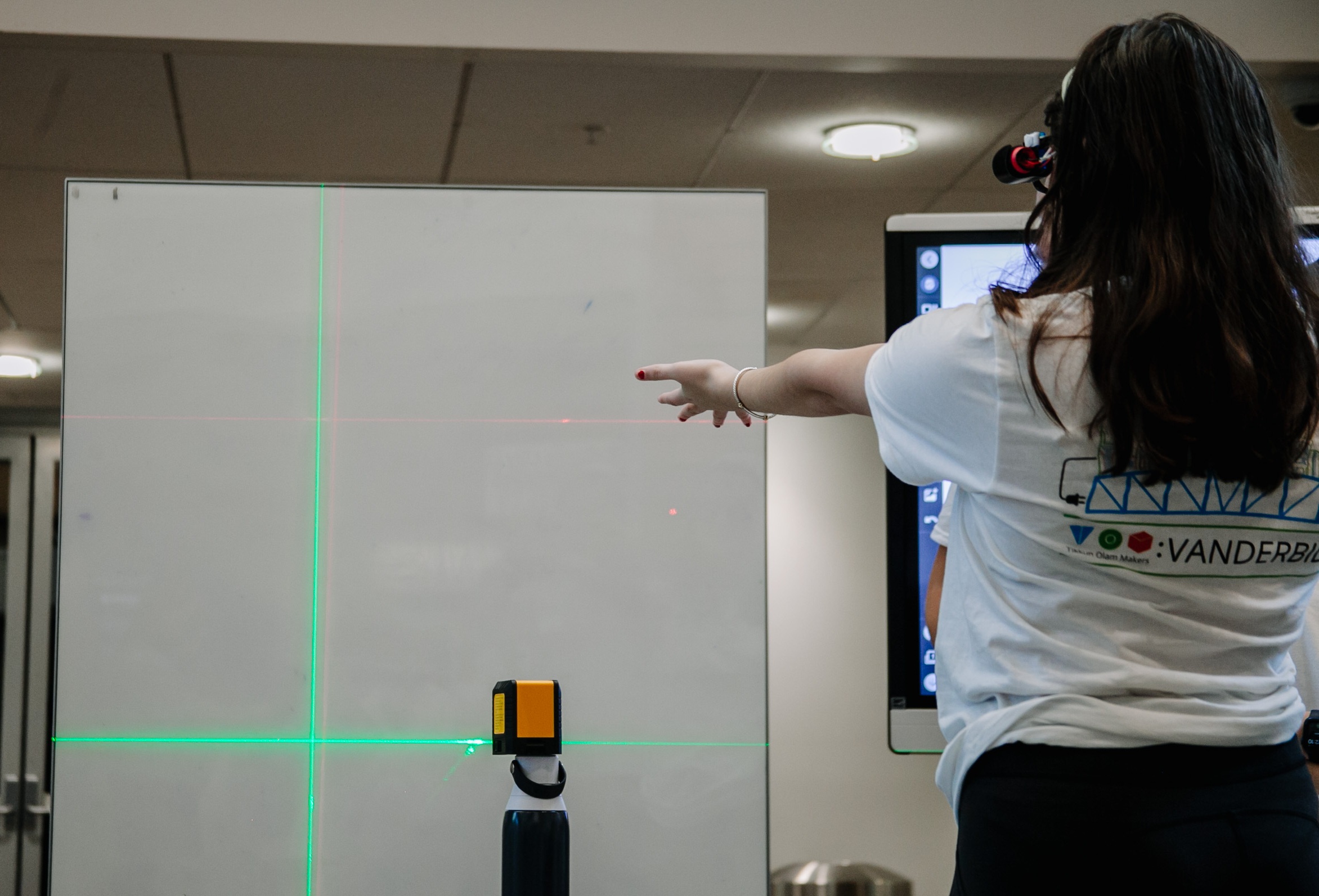
Team 9 - Kate & Pi Beta Phi Rehabilitation Center
Team Lead: Kaitlyn Hannon
Kate, a physical therapist at the Pi Beta Phi Rehabilitation Center, works with patients who have difficulty lifting and advancing their leg during gait training post-stroke. This lead to the shoe of the weak leg dragging on the floor, creating a fall risk. Kate currently uses an empty tissue box cut in half to decrease friction on a shoe’s toe box, but it is not durable. Kate needed a durable, reusable solution that could work with various shoe sized to decrease friction between a patient’s foot and the floor.
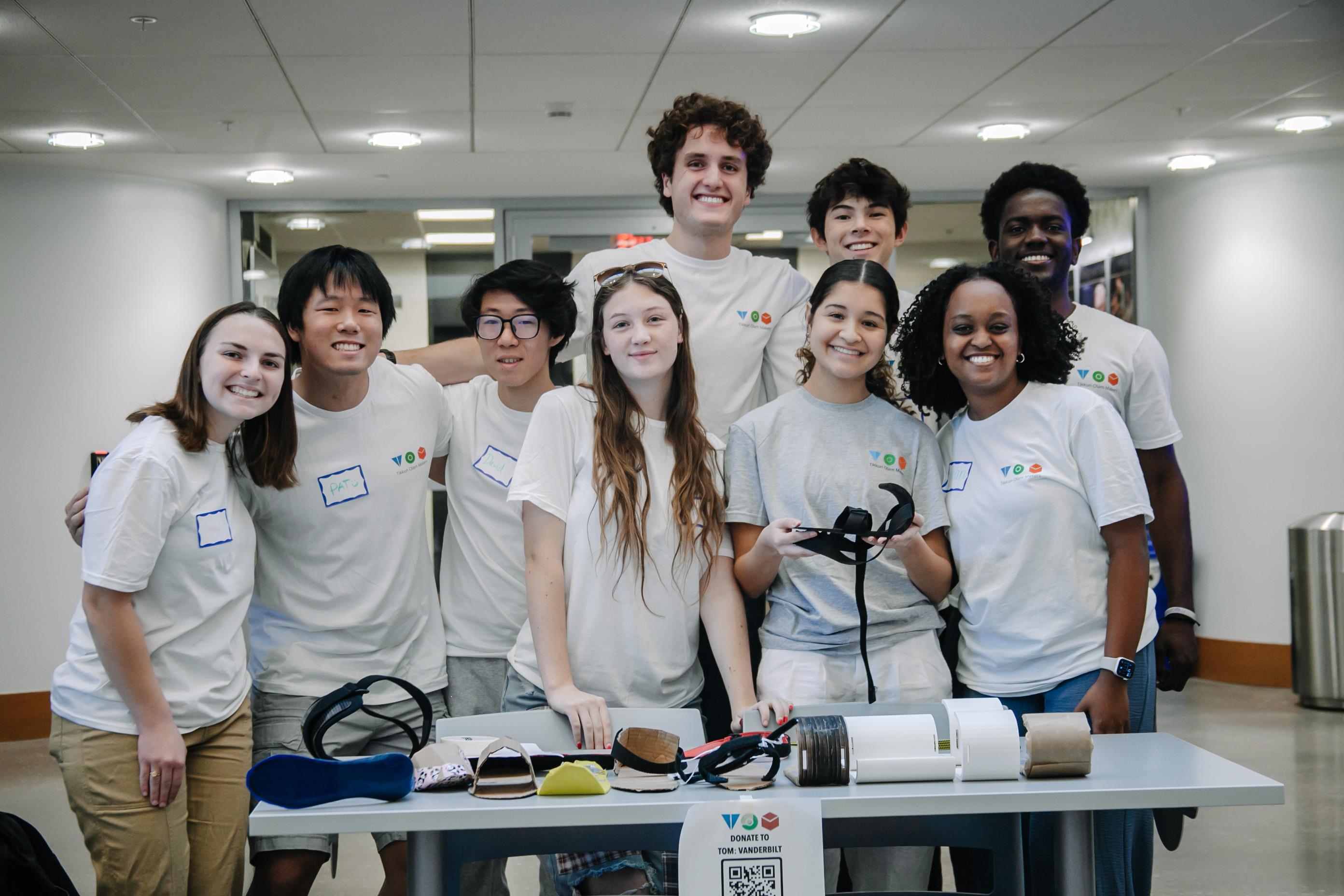
Team 9 created a 3D printed “sled” that the patient could velcro strap to their foot. The 3D printed material reduces friction between a patient’s shoe and the floor. The design includes a toe rocker shape, which helps patients to feel more confident applying weight to their non-dominant leg. The design also includes a detachable elastic strap that can pull the patient’s toe upwards, reducing the fall risk associated with foot drop. The foot drop documentation can be found here: Shoe Drop Documentation.

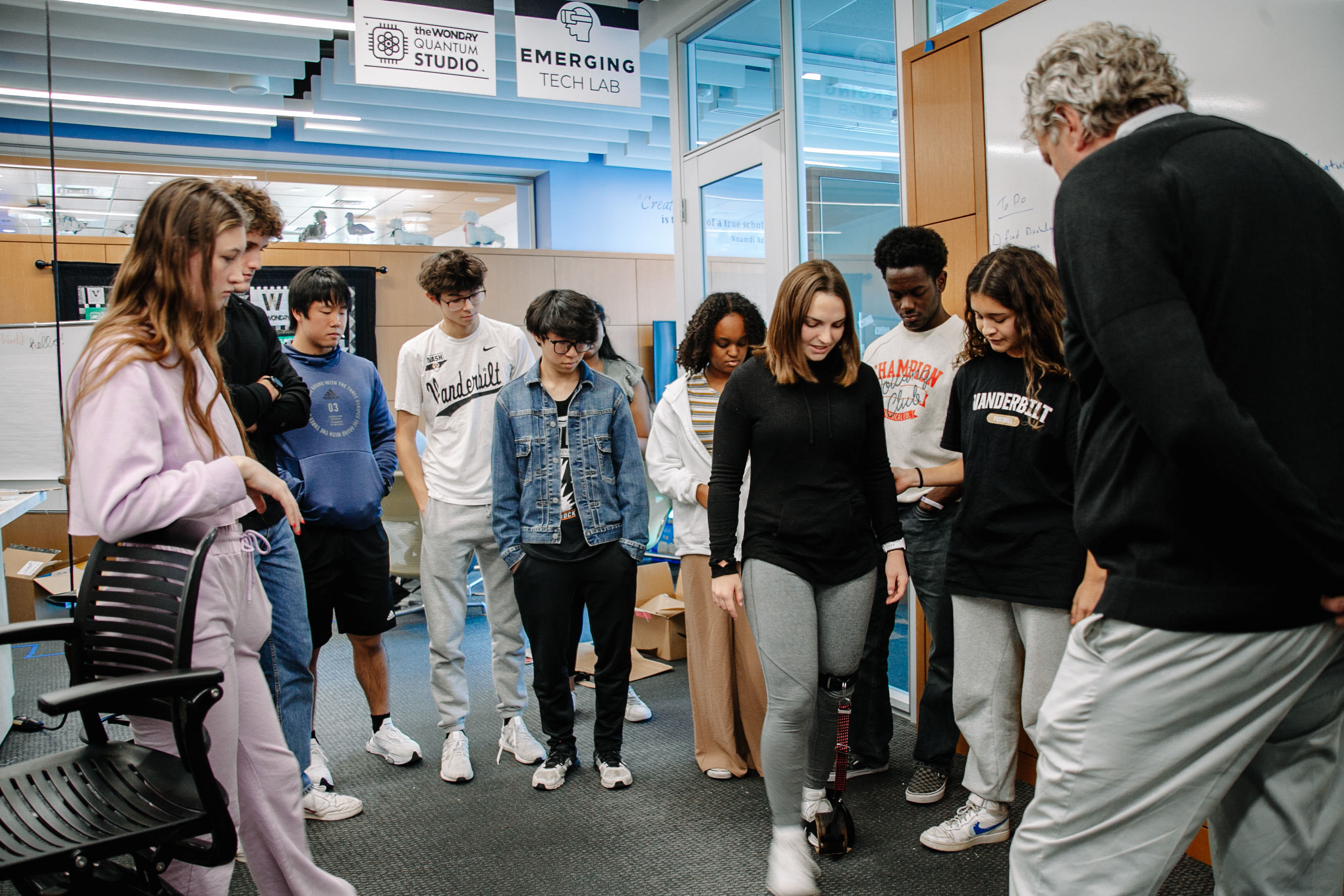

Team 10 - Mary Cayten
Team Lead: Bryne Knowles
Mary Cayten, a returner from the 2022 Makeathon, has Elhers-Danlos Syndrome, a condition that affects her connective tissue and requires her to occasionally use mobility aids. She currently has a rollator and a cane, but neither are practical for her work environment. Mary Cayten wanted a collapsible cane that is lightweight, has interchangeable heads, and stands up on its own. She also needed a foldable walker.
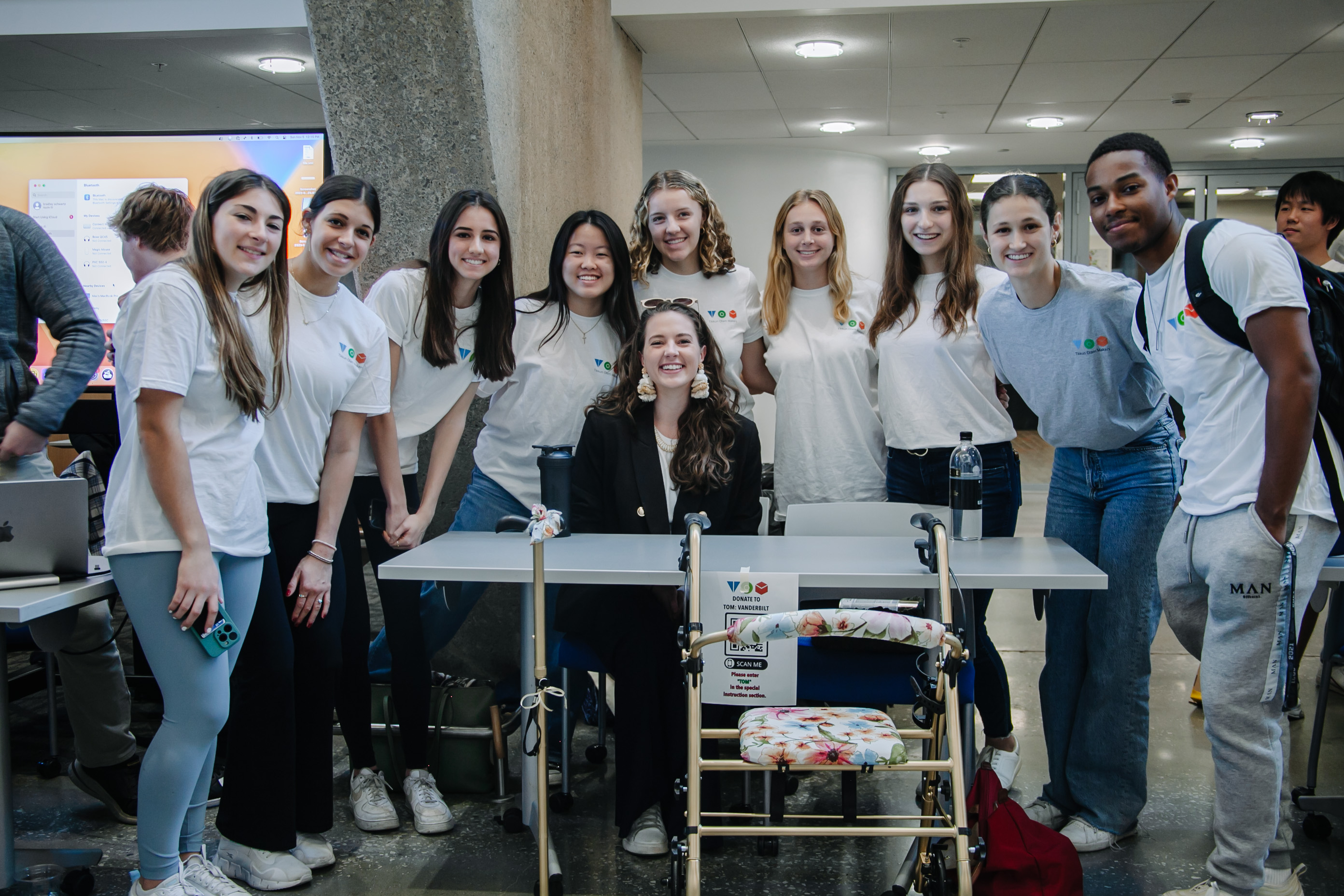
Team 10 adapted a cane and a walker to be more fashionable, including gold shimmer spray paint and an upholstered walker seat. The cane was able to stand up on its own, collapse, and have interchangeable heads. The walker was foldable, and also featured a cup holder!
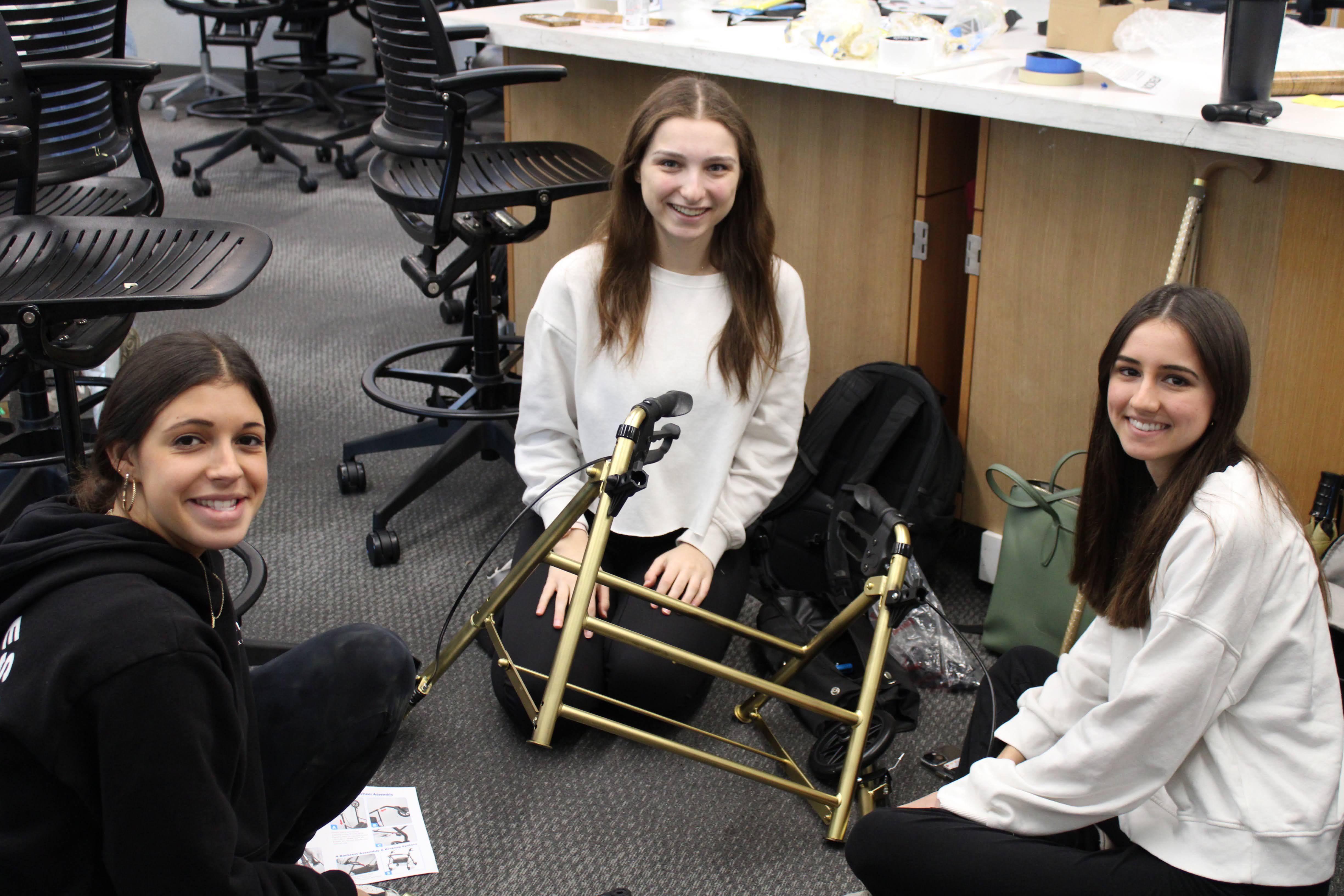
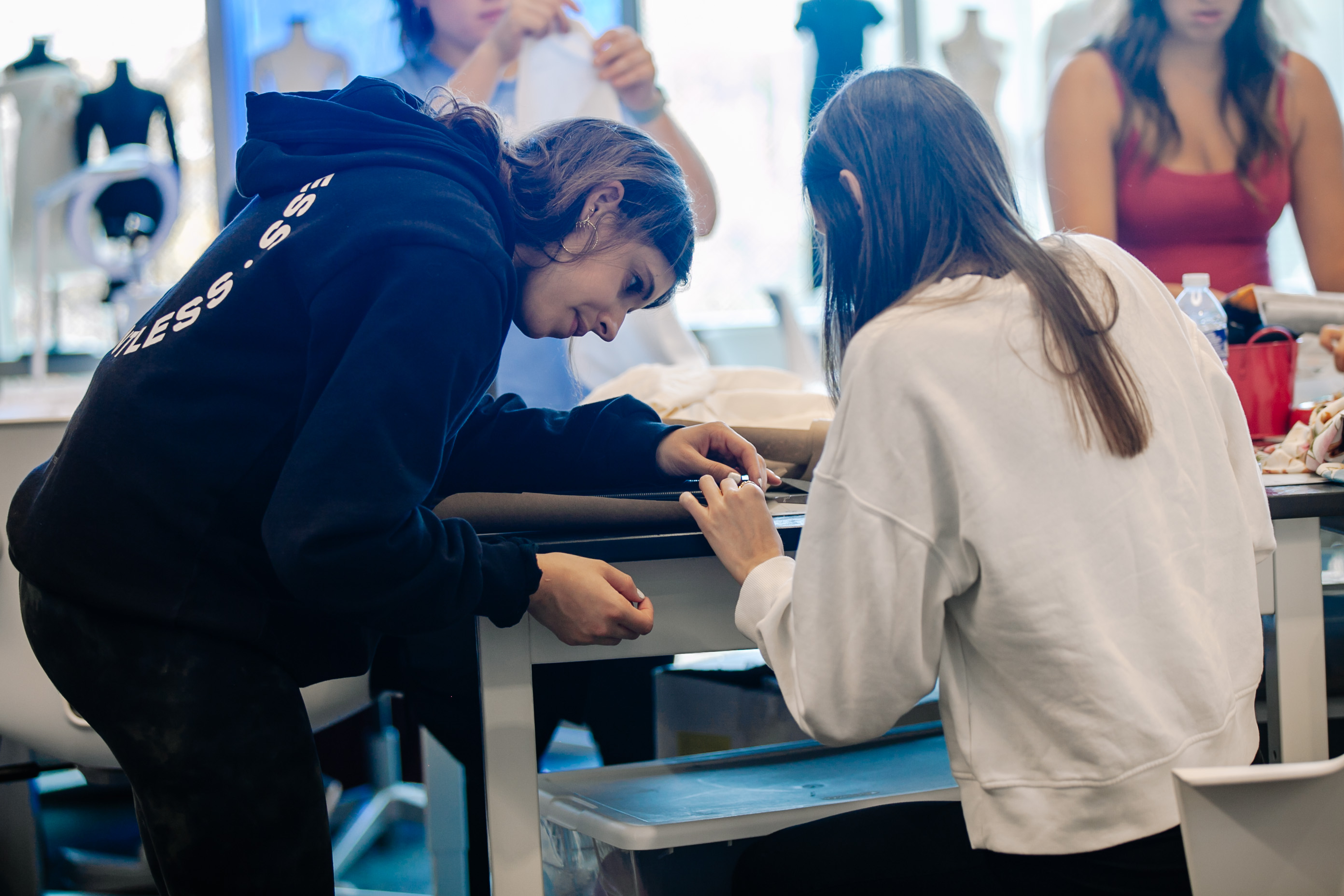
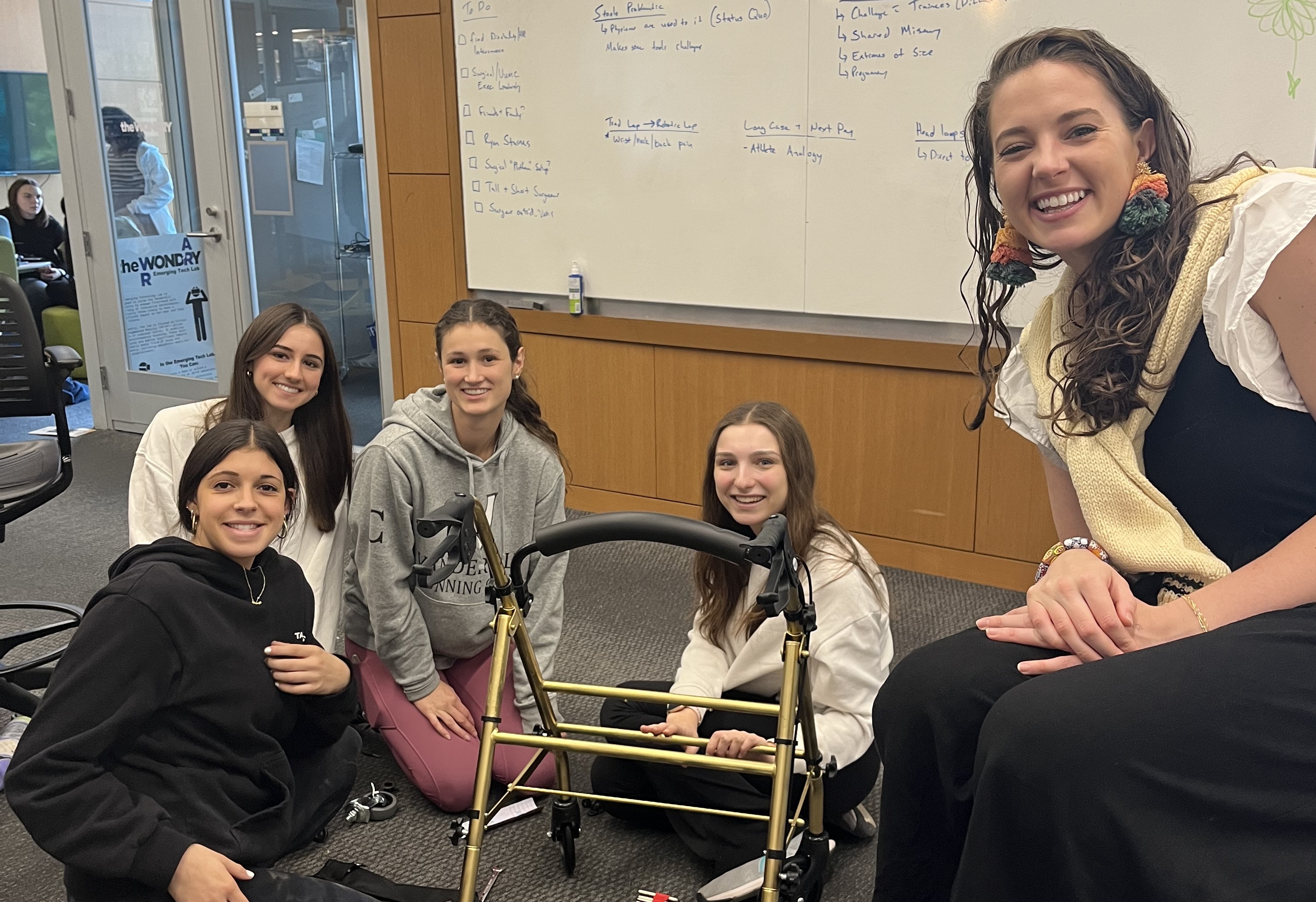
Team 11 - Hugh
Team Lead: Ryder Li
Hugh, a returner from the 2022 Makeathon, is an 8-year-old with clubbed hands. He has trouble grabbing and holding onto things. Hugh needed a comfortable, adatable grabber that would allow him to pick up various objects. Hugh also needed a way to hold down paper when he is writing and drawing.
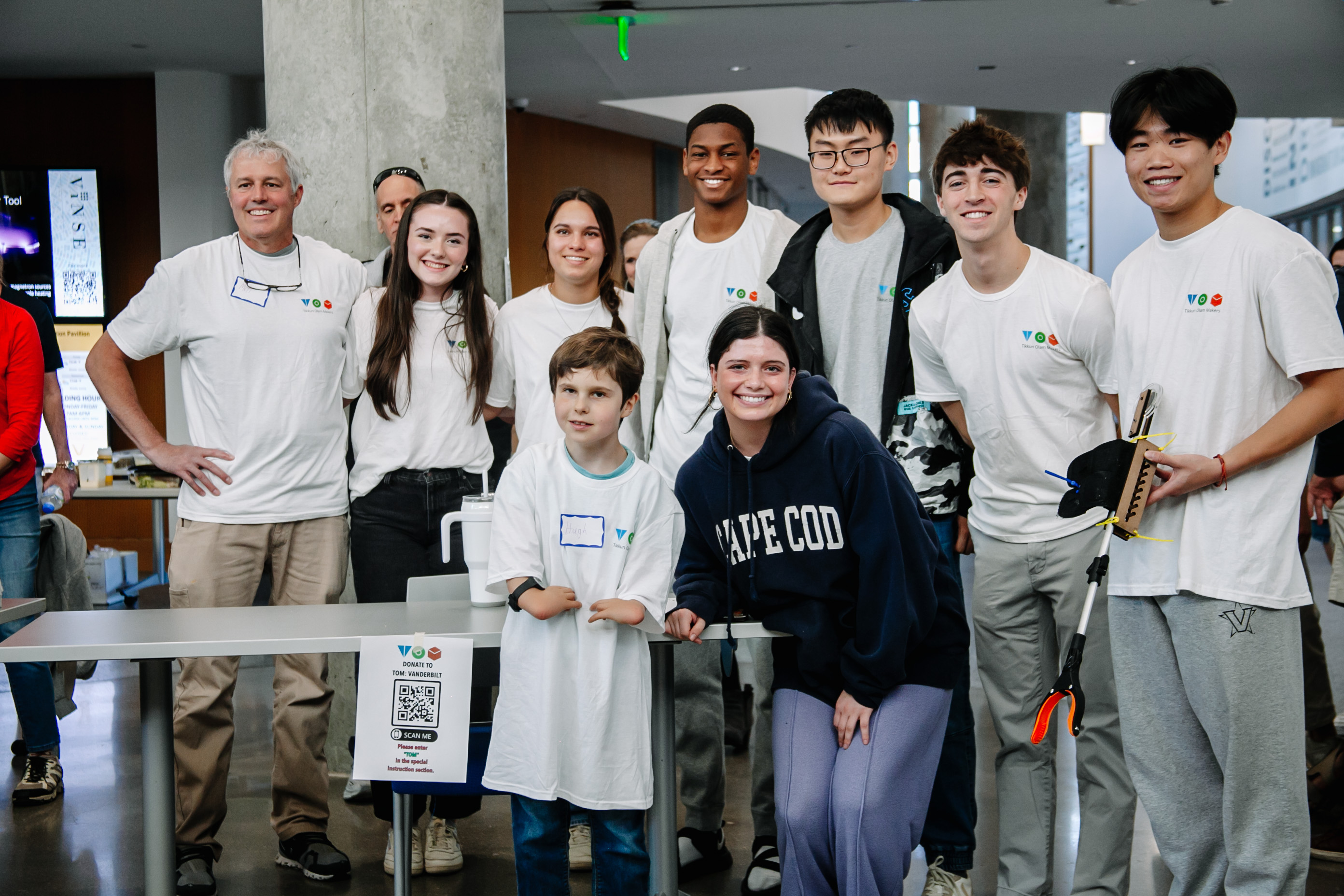
Team 11 created a grabber Hugh could trigger with his hands to allow Hugh to grab different items. They also created a a magnetic writing pad so that Hugh could write freely without worrying about holding down the paper.
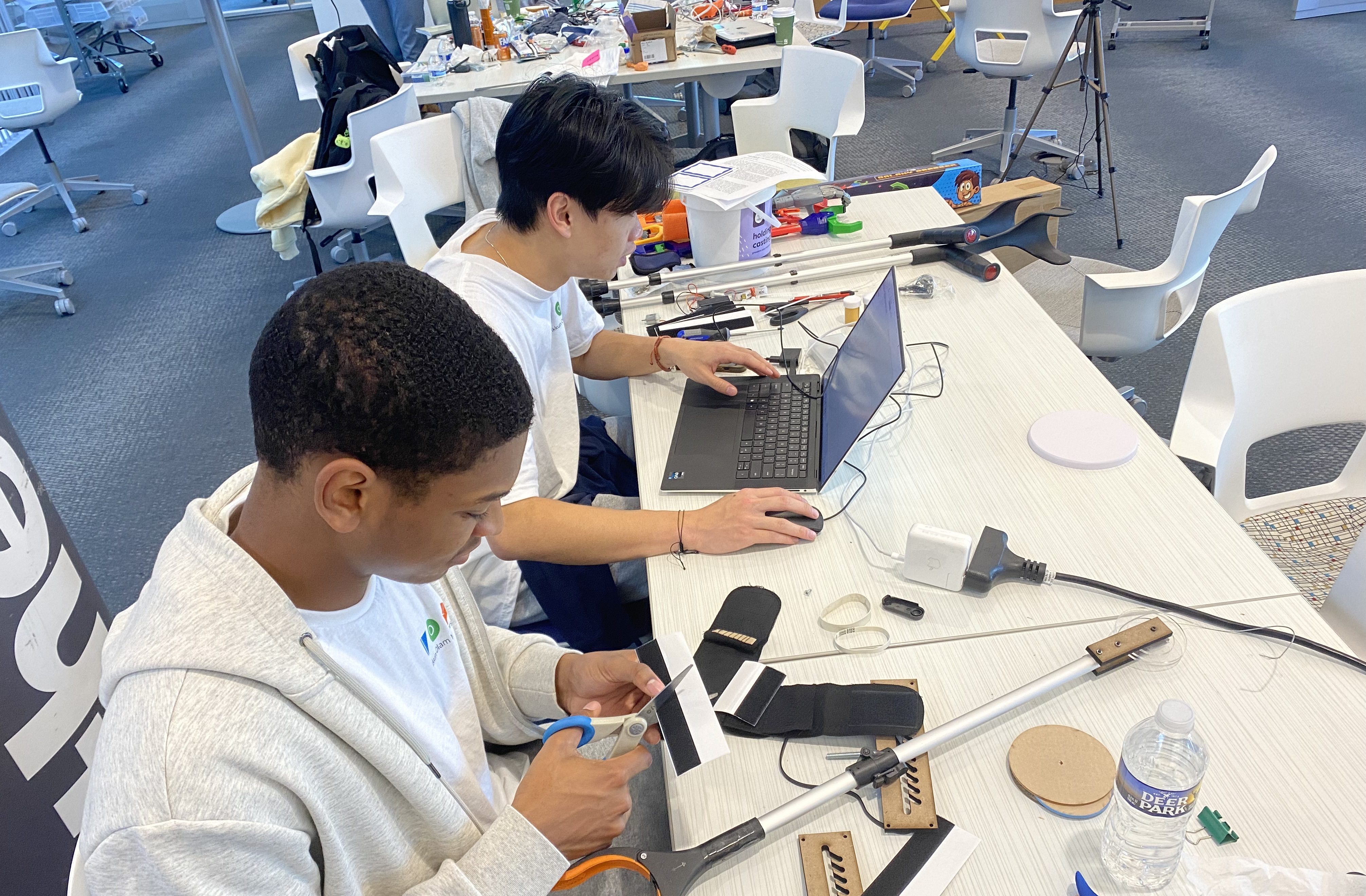

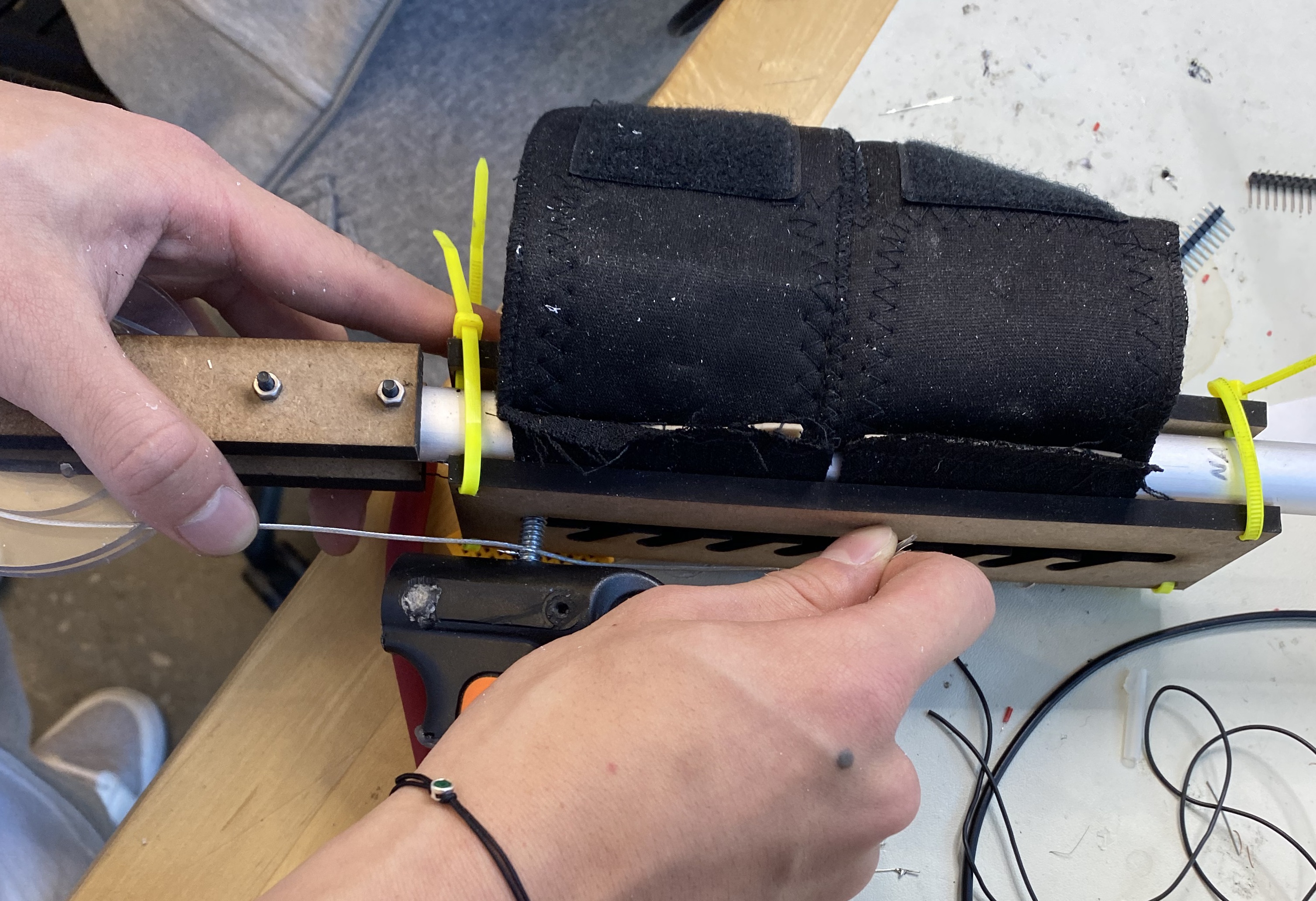
Team 12 - Mathias
Team Lead: Nicole Hill
Mathias is a 14-year-old boy. Due to strep that turned septic, he had all four of his limbs amputated. Mathias is a big gamer, but no longer has the ability to use traditional controllers because he has no fingers. He has tried Xbox’s Adaptive Controller, but it is not sensitive enough. Mathias needed an adapted gaming setup that allows him to enjoy his favorite games again. Additionally, Mathias lost a lot of independence due to his amputations. He needed a way to eat, write, and use his phone without assistance.
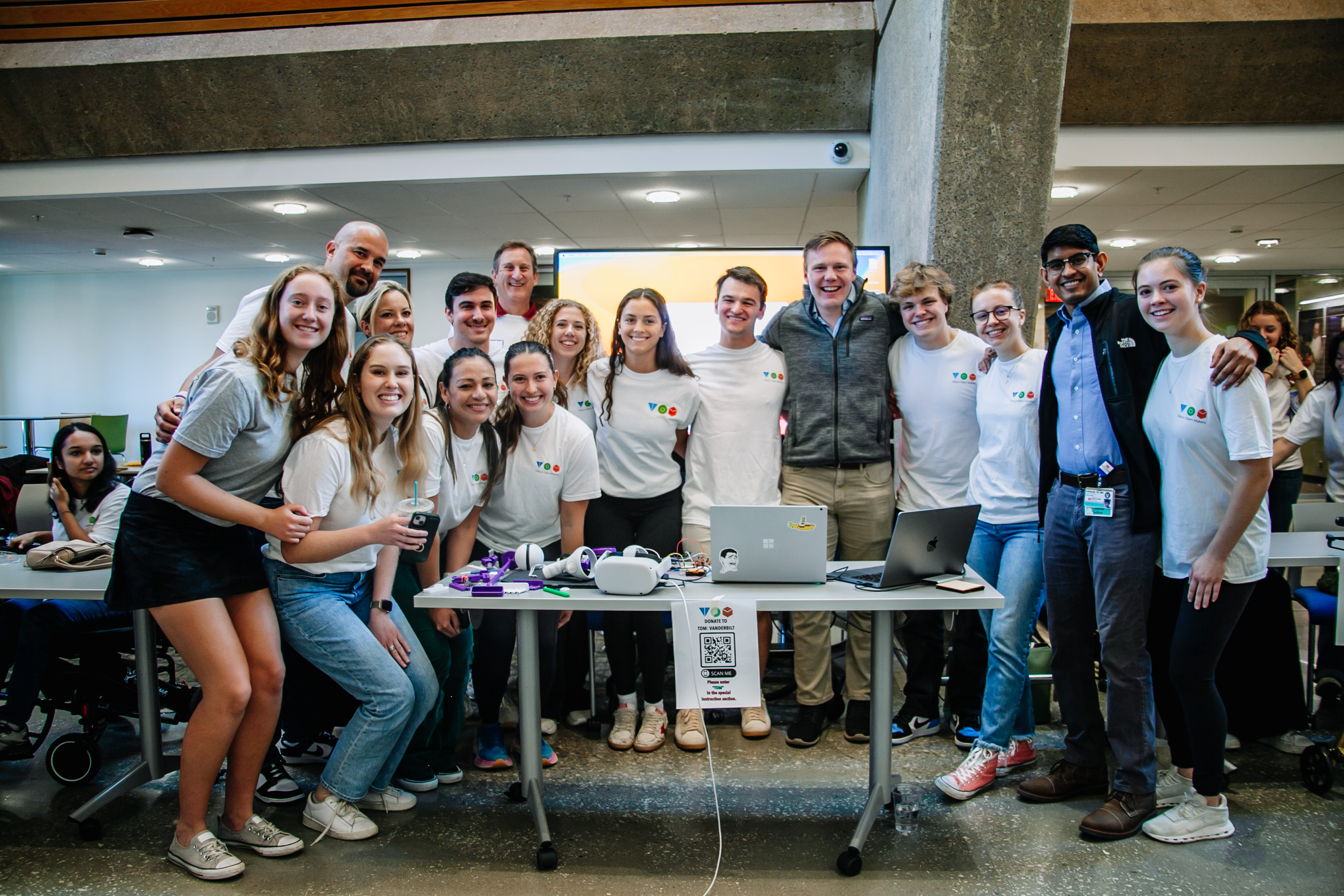
Team 12 modified a Meta Quest 2 so that Mathias could hold and access the buttons on the Oculus controllers. They also created a custom set-up consisting of 3D printed buttons and joysticks that Mathias could plug into his gaming computer to play Steam games. To address Mathias’s independence desires, Team 12 created a 3D printed, flexible limb attachment that enabled different attachments to be clicked in. They made one attachment to hold silverware, one attachment to hold pencils/pens/markers, and one stylus attachment. With a “key” clamped to a table, Mathias is able to switch between attachments independently. Both the gaming set-up and the limb attachment device were continued into the 2025 Global Innovation Challenge. The gaming set-up documentation can be found here: Modular Accessible Gaming Controller Documentation. The limb attachment documentation can be found here: Limb Attachment with Interchangeable Implements Documentation.
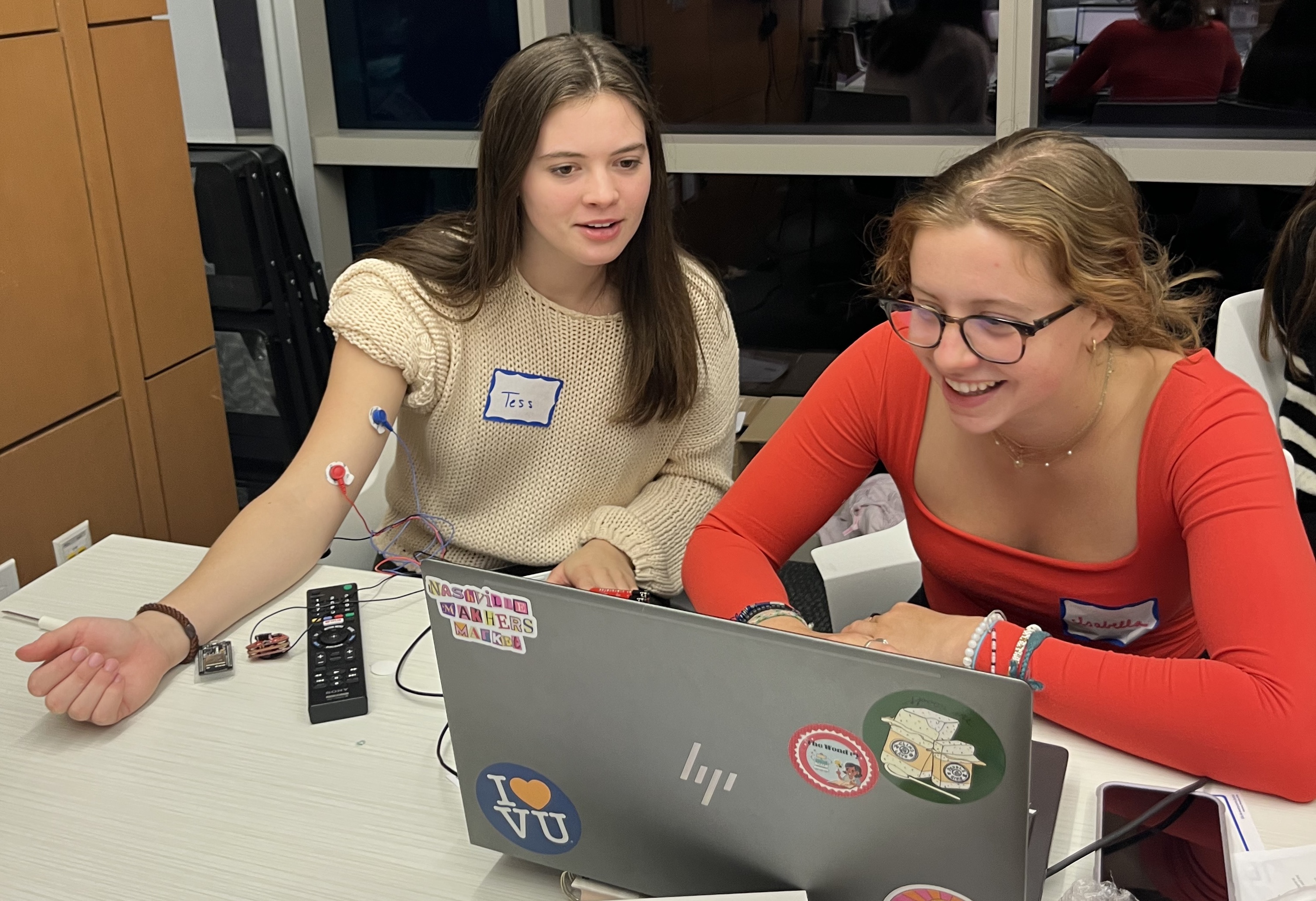
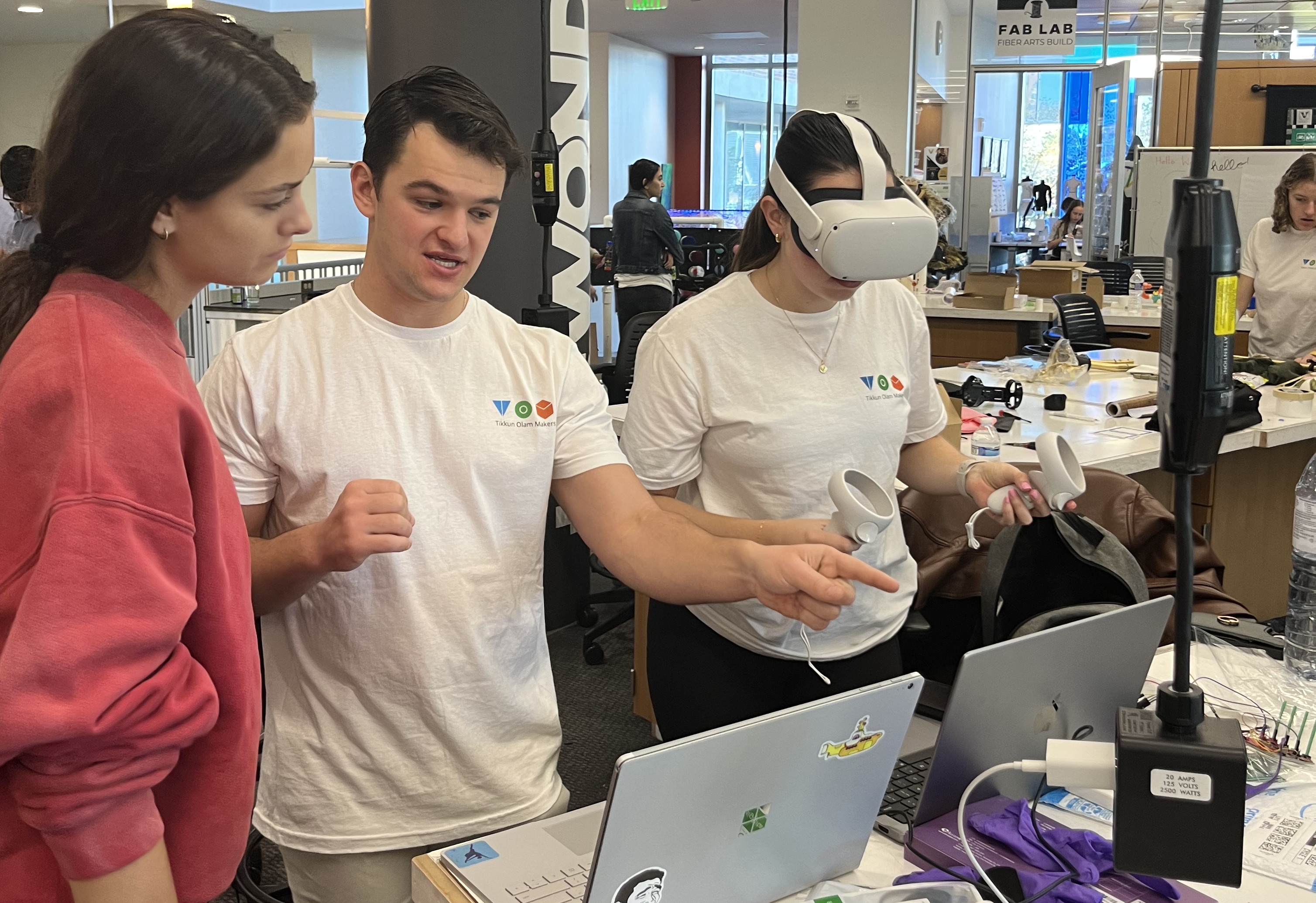
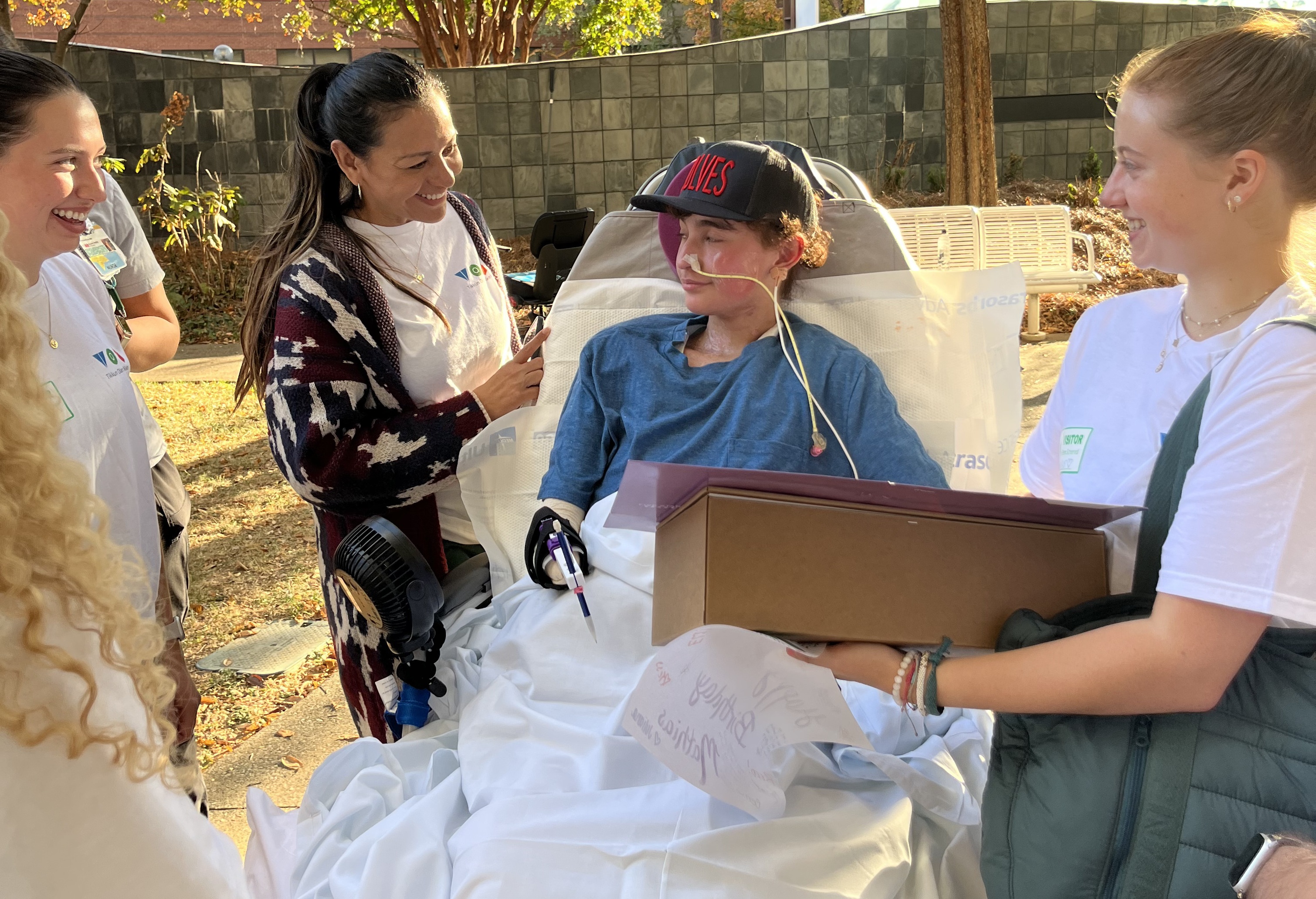
Team 13 - Alicia
Team Lead: Blake Wolf
Alicia, a returner from the 2022 Makeathon, is a woman with cerebral palsy. She has dexterity issues with her hands, including shaking and finger articulation. Alicia is a self-proclaimed fashionista, but is unable to dress herself completely independently. She wants a tool to help her button her shirts and zipper her pants.
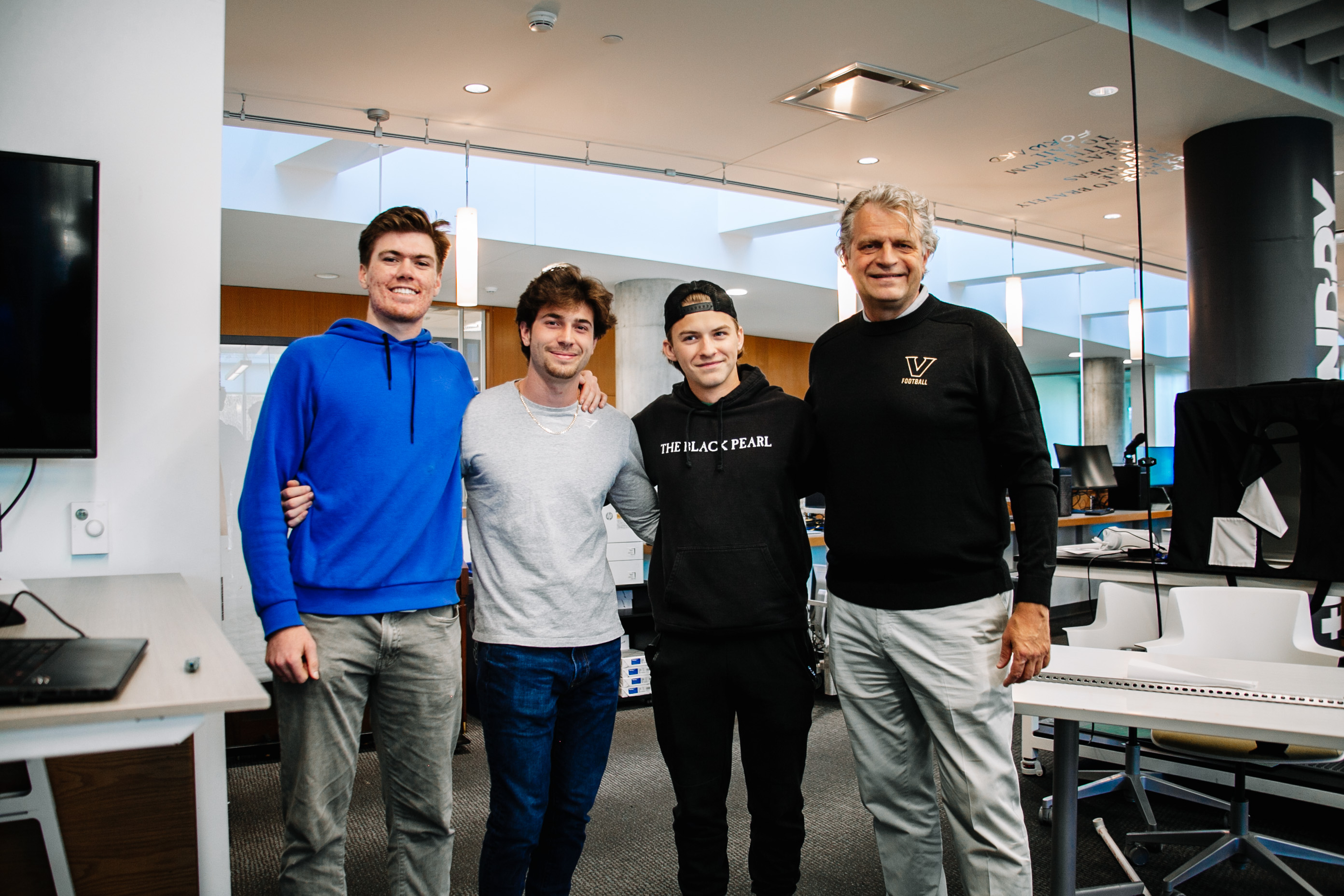
Team 13 3D printed a handheld tool that uses a slider mechanism to lasso a fishing line loop around a button. Alicia can then pull any button size through the buttonhole and easily release. On the tool’s other end, a there is a hook to aid with zippering. The dressing tool documentation can be found here: Dressing Tool Documentation.
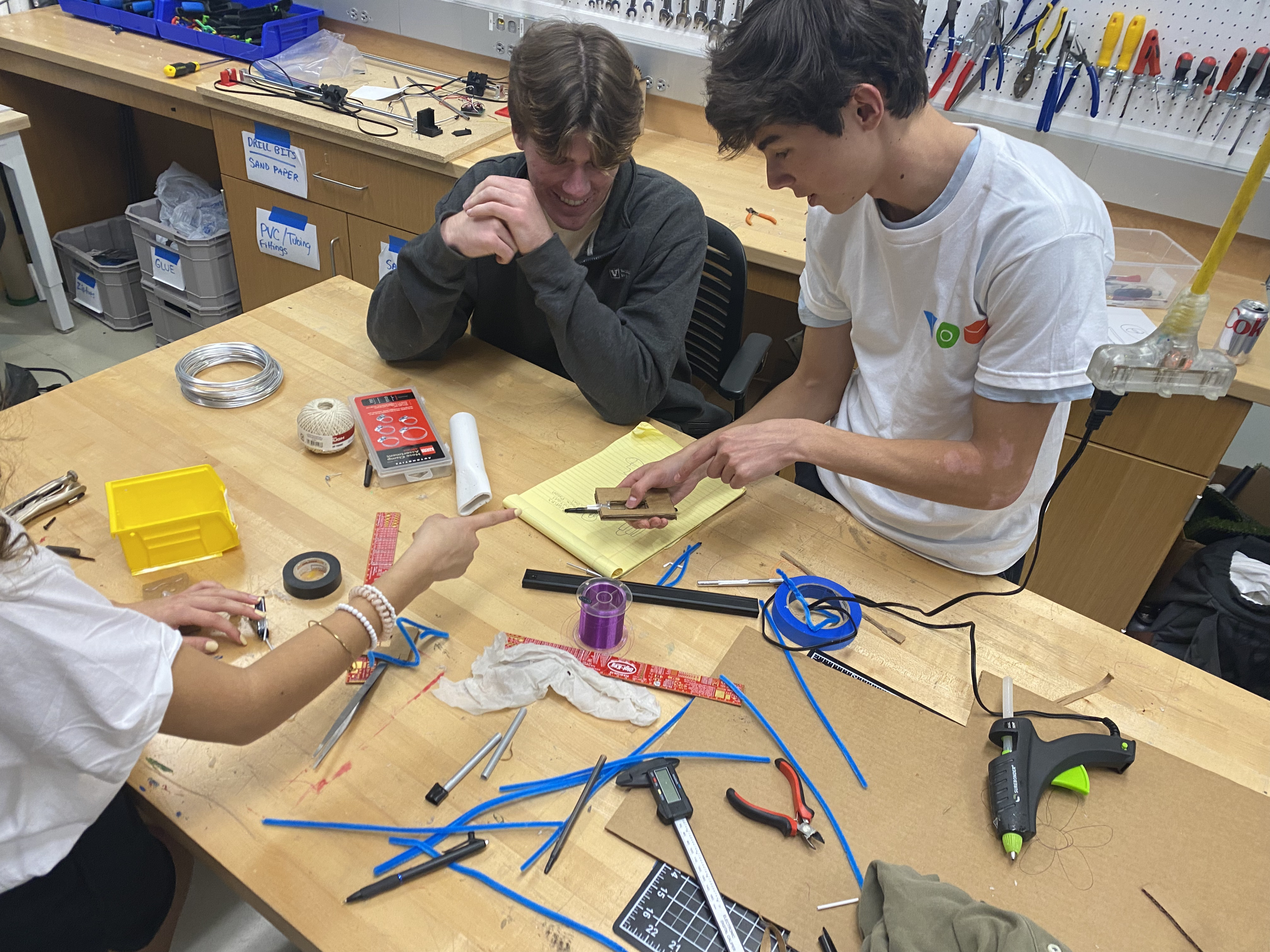

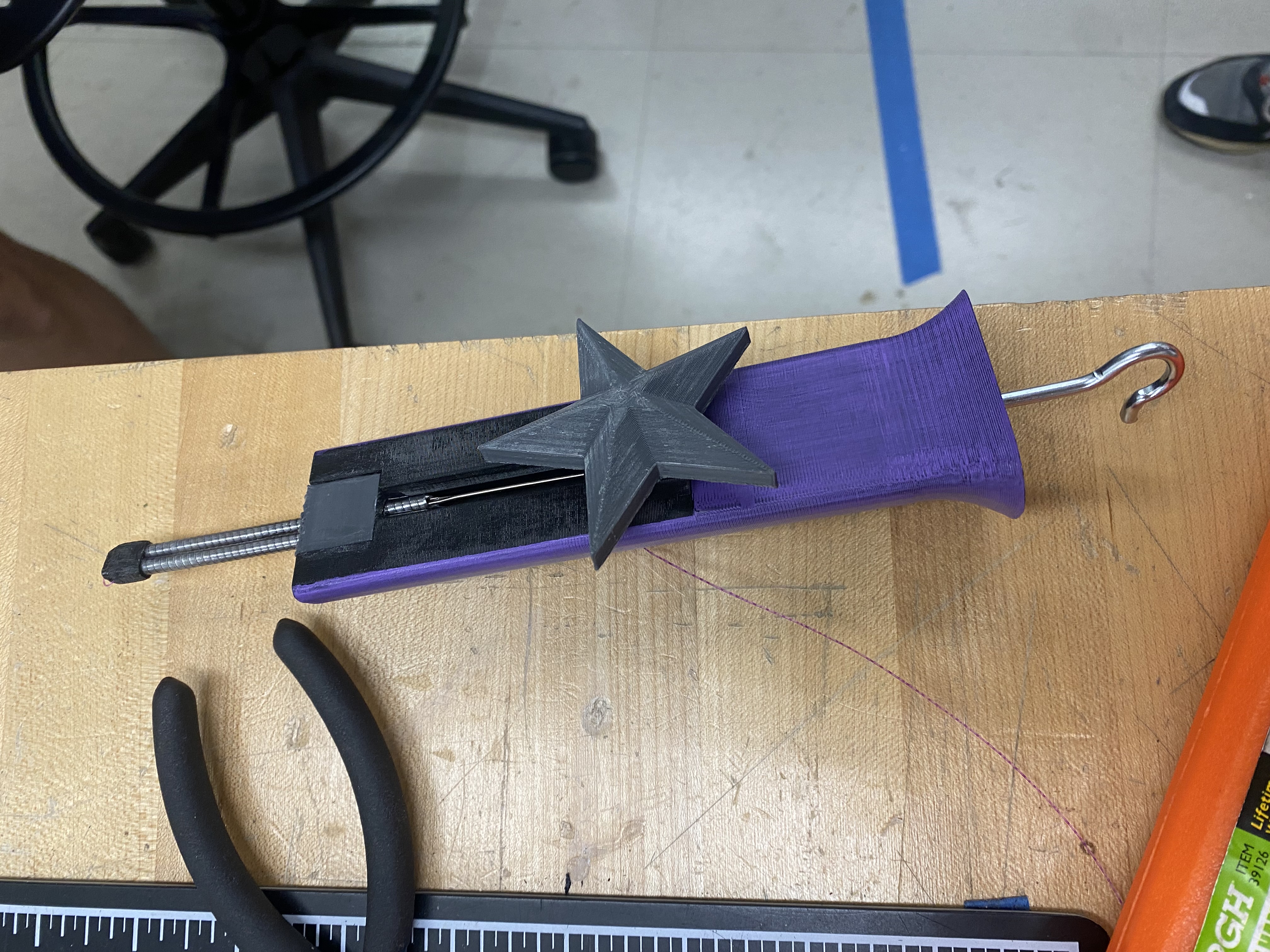
Team 14 - Go Baby Go
Team Leads: Bryne Knowles & Elizabeth Walther
Go Baby Go is a nationally recognized program where kiddy cars are adapted to be disability-friendly. Oftentimes, children with mobility difficulties will not have access to powered mobility until they are 14 due to insurance obstacles. Go Baby Go allows kids to explore independence and build confidence at a much younger age.
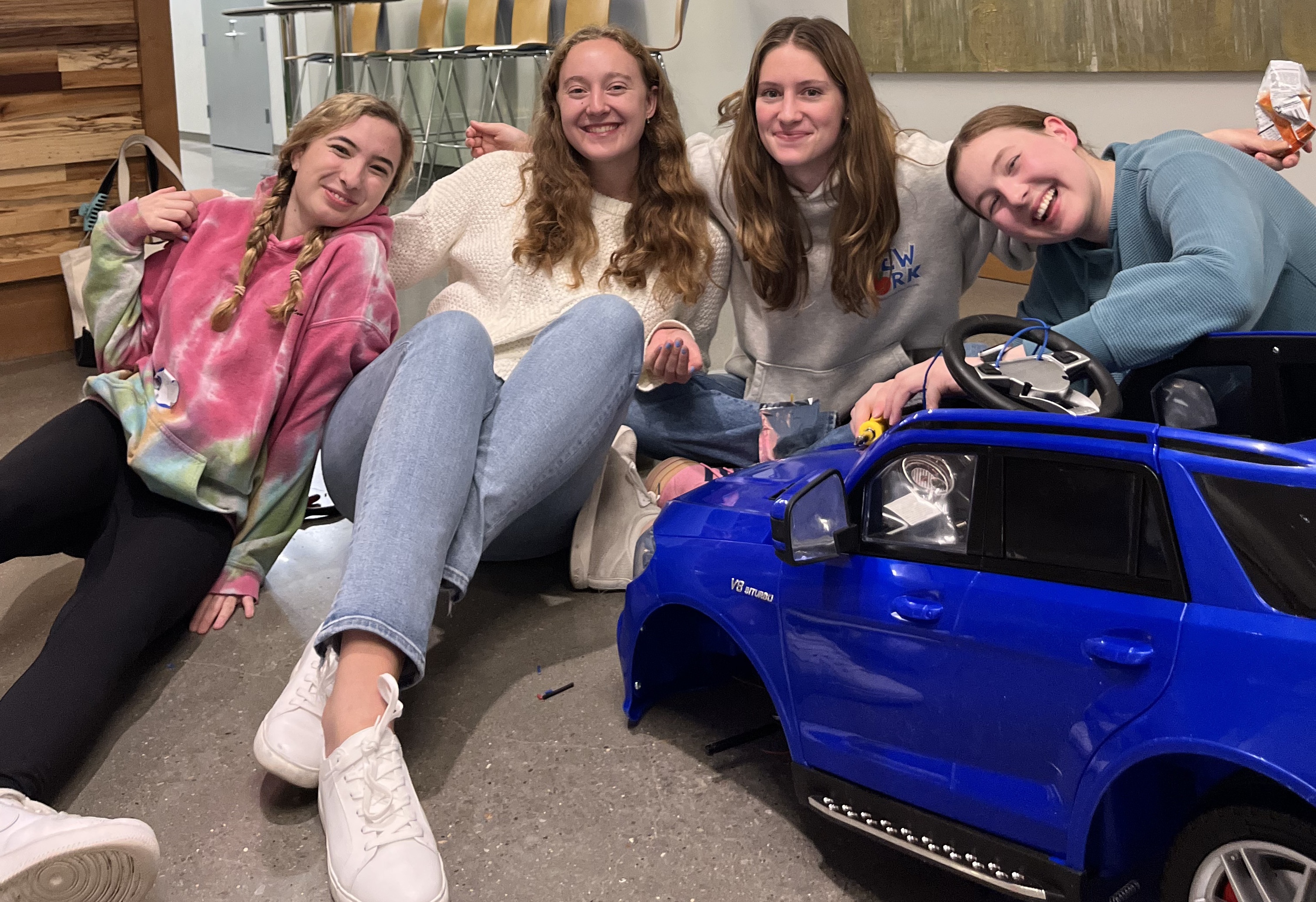
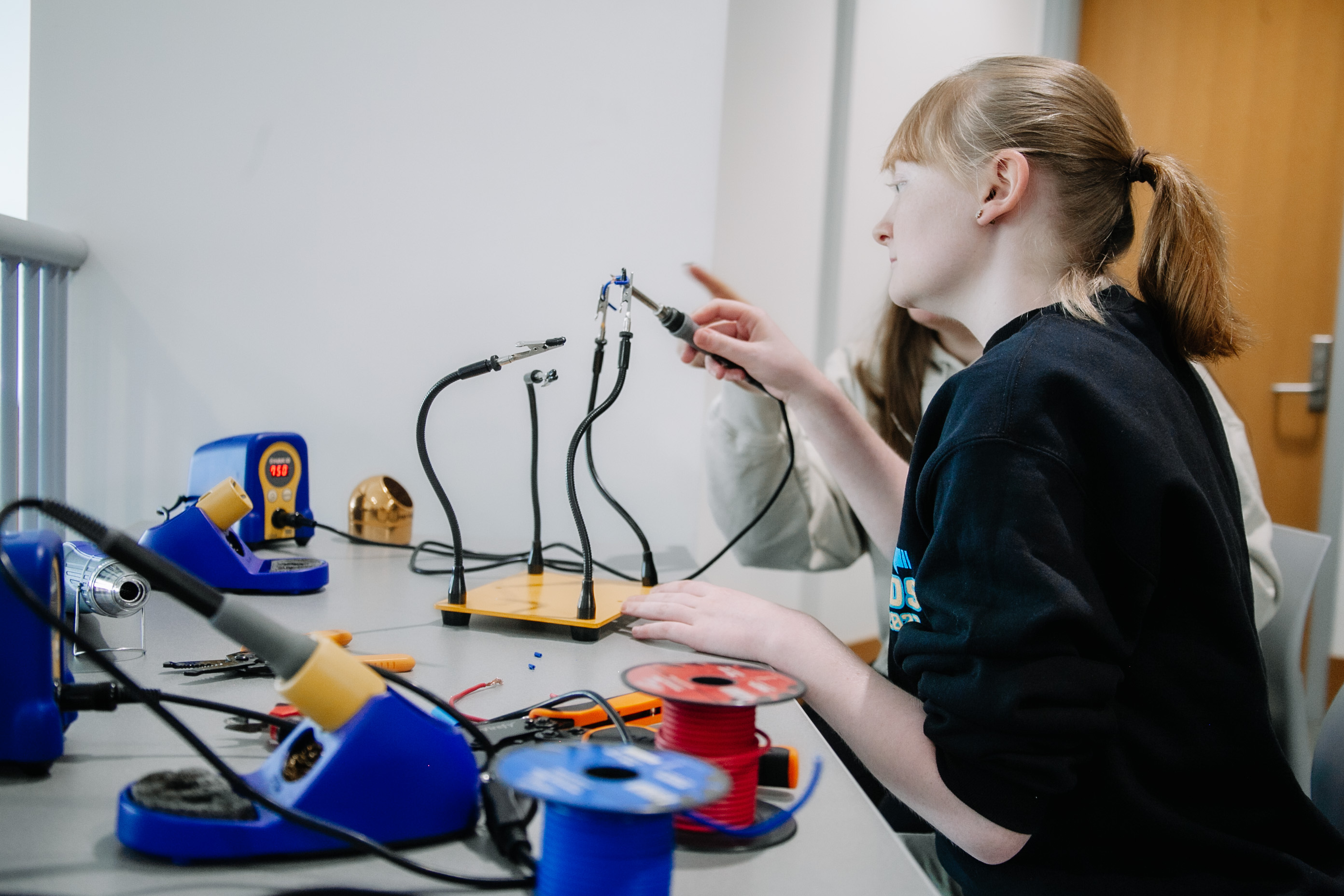
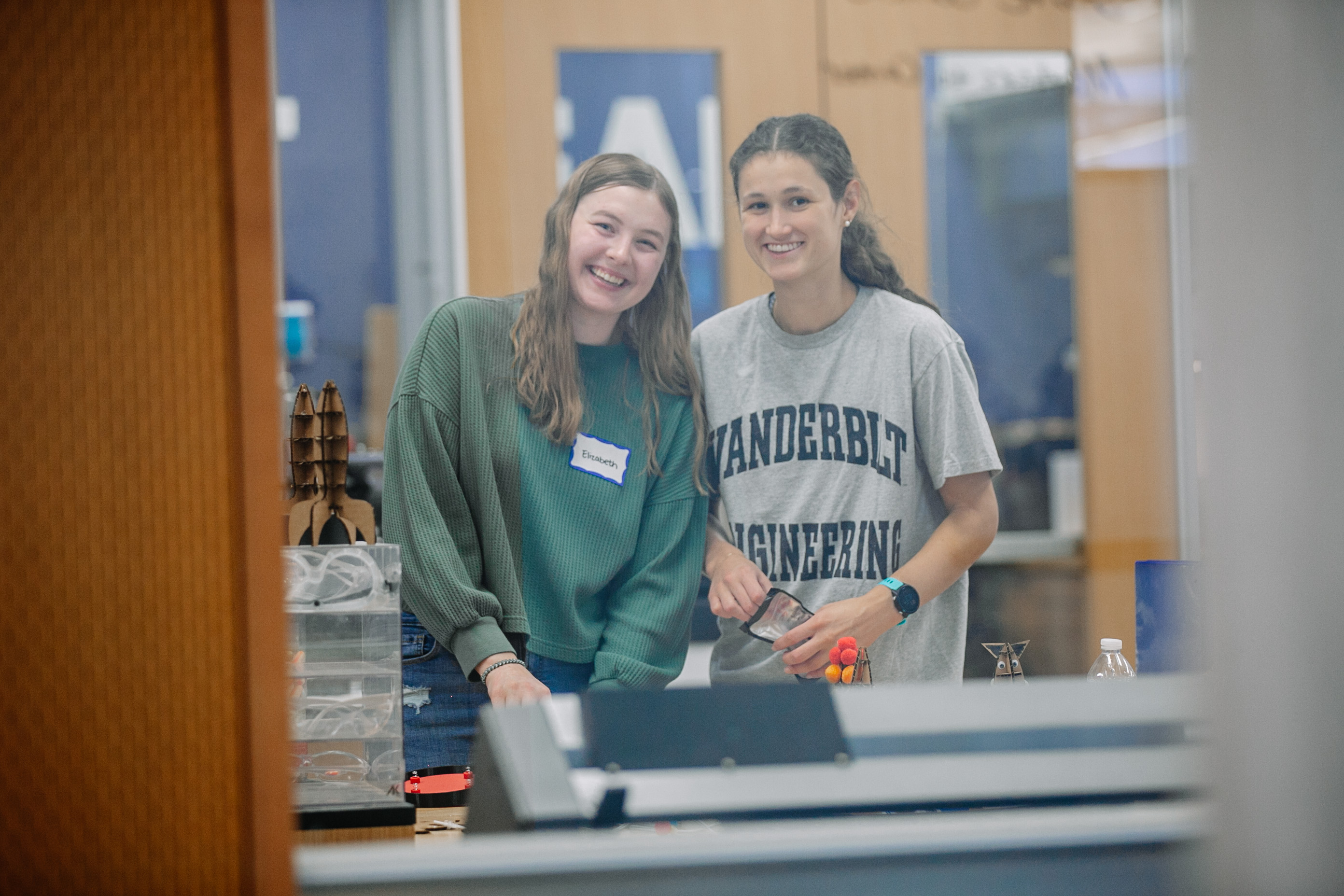
To adapt the cars, Team 14 rewired the gas pedal to a large 3D printed “Go” button attached to the steering wheel. This allows the kids to more easily start and stop the car. This team also added a kill switch to the back of the car, enabling the parents to shut off the car at any point. Relays were added to both the front and back of the car for electrical safety. Each car also had physical modifications, customized to each kid’s needs. Over the course of the weekend, Team 14 successfully built cars for three different kids! The documentation, updated in Spring 2024, can be found here: Go Baby Go Documentation. Read more about each car’s specific modifications below!
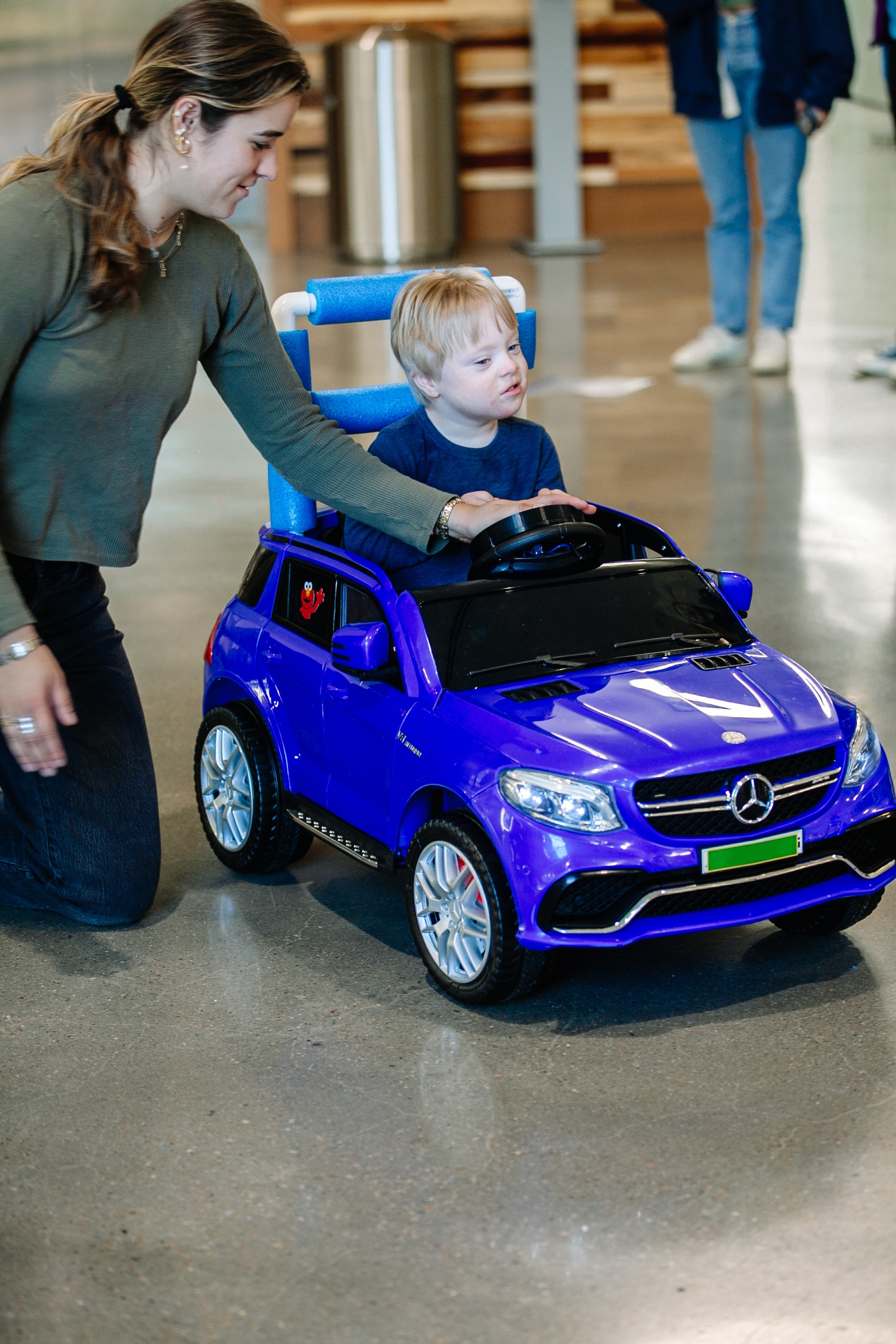
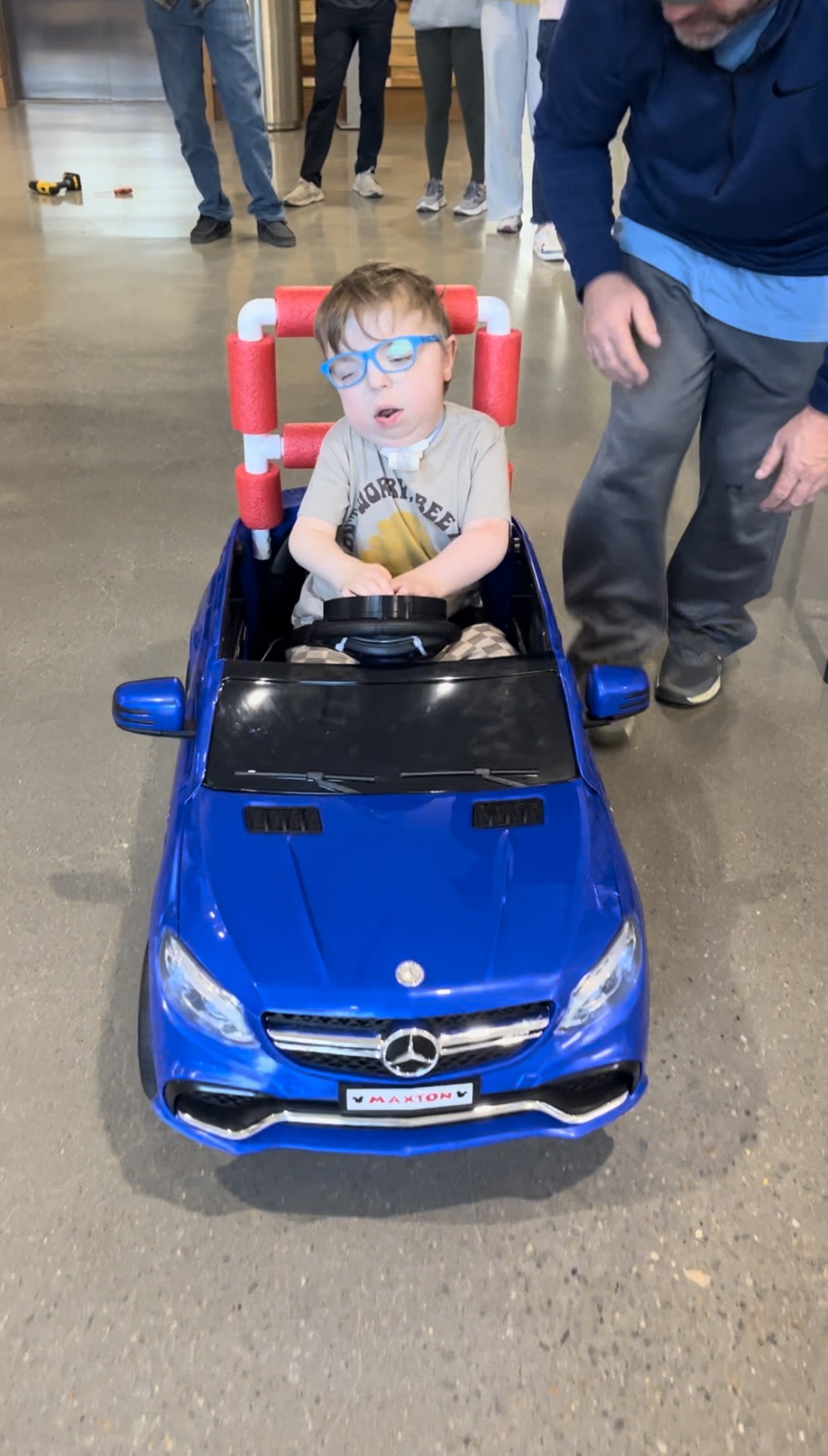
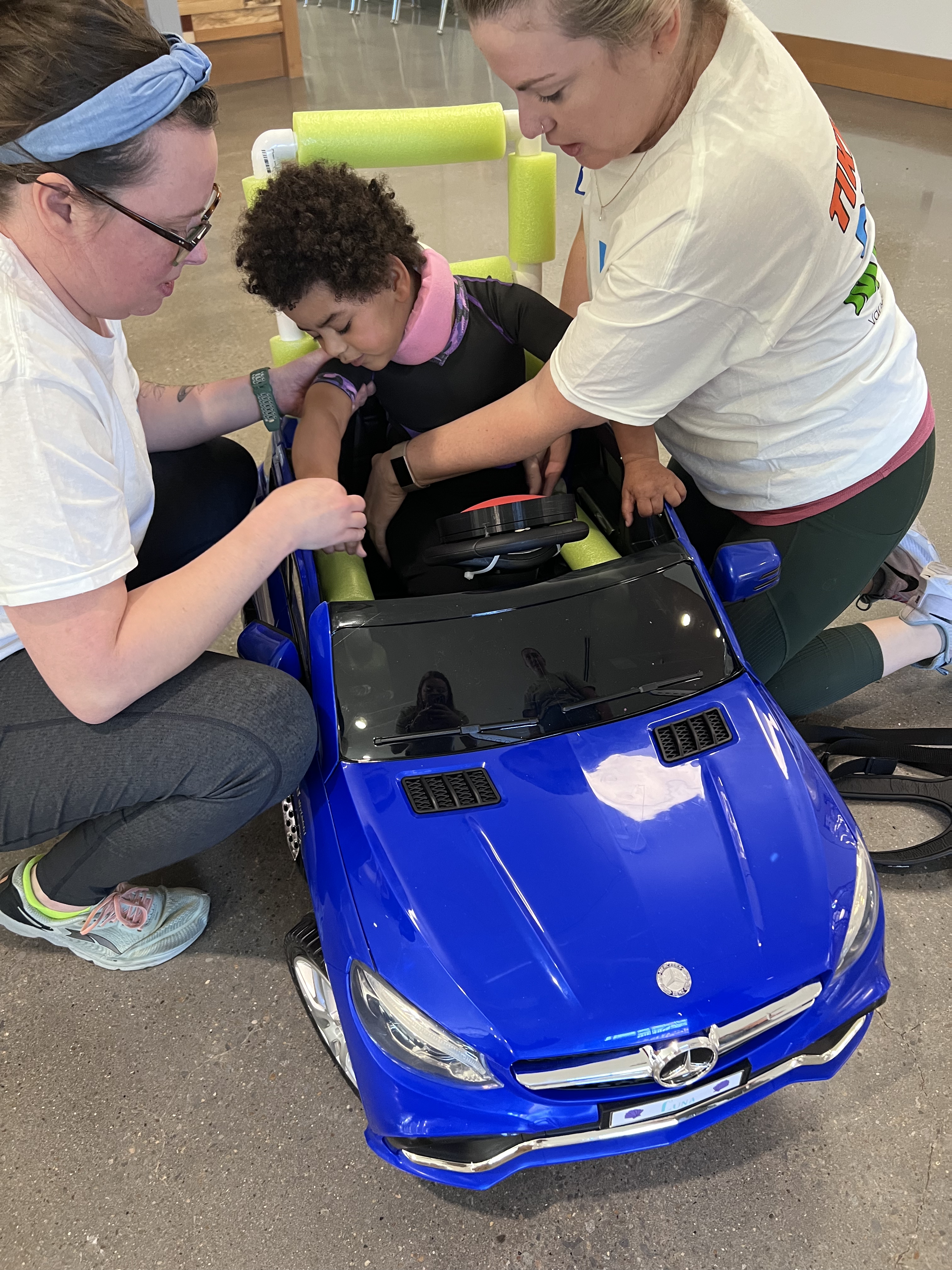
GBG 1 - Matthew
Matthew is a 3-year-old with Down syndrome and right-sided hemiplegia cerebral palsy. His right side and left side movements do not match. He is really good at sitting and scooting, but cannot yet walk. Matthew wanted to explore his backyard independently without being pulled in a wagon.
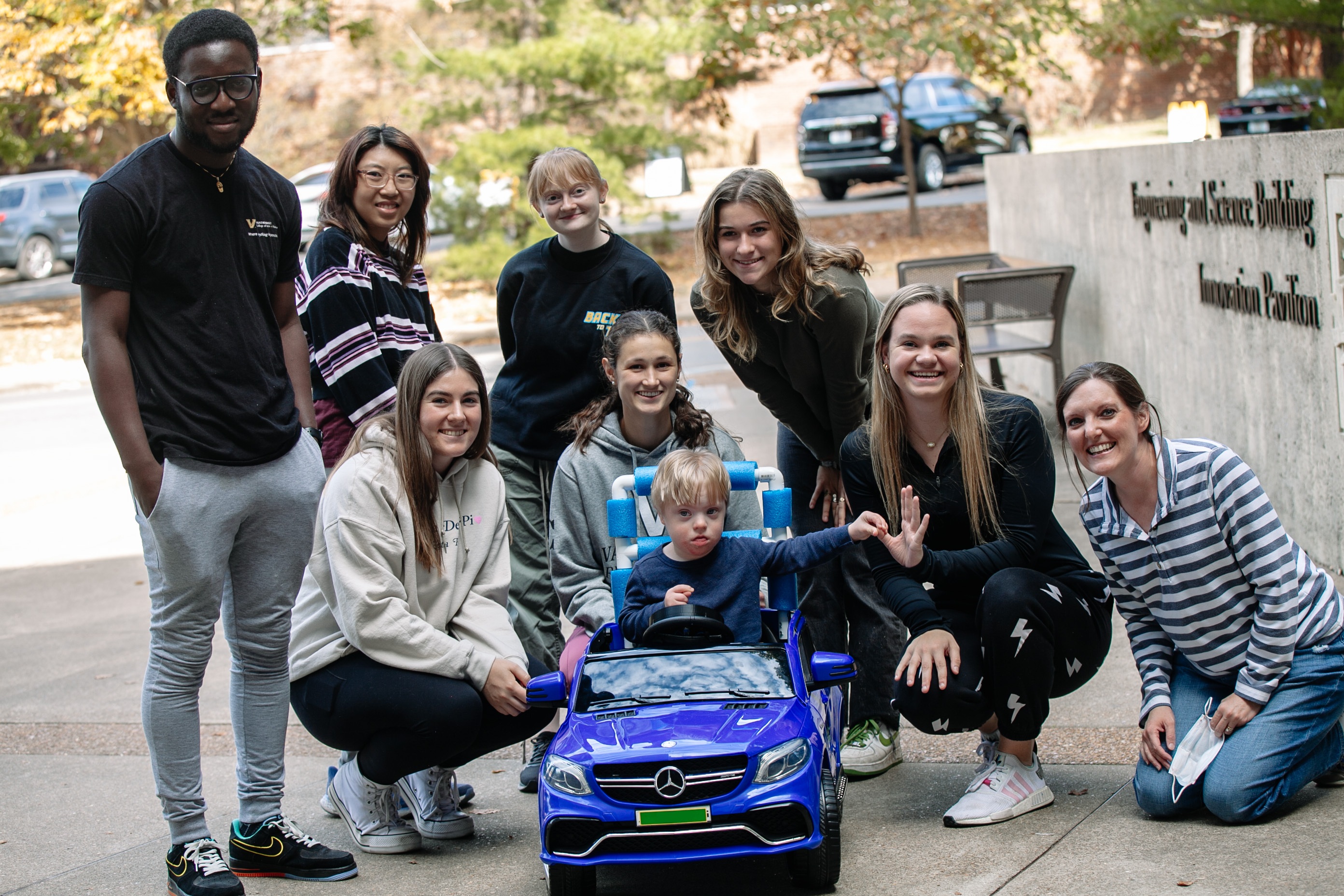
The physical modifications for Matthew’s car included a 5-point harness, as well as a pool noodle covered PVC back and head support. Matthew loves Sesame Street, so his car included a custom Sesame Street license plate and an Elmo sticker!
GBG 2 - Maxton
Maxton is a 9-year-old with CHARGE syndrome and cerebral palsy. He has hearing loss, complex vision problems, and cannot walk on his own due to struggles with balance and knowing where his body is in space. Maxton wanted to access his house more independently.
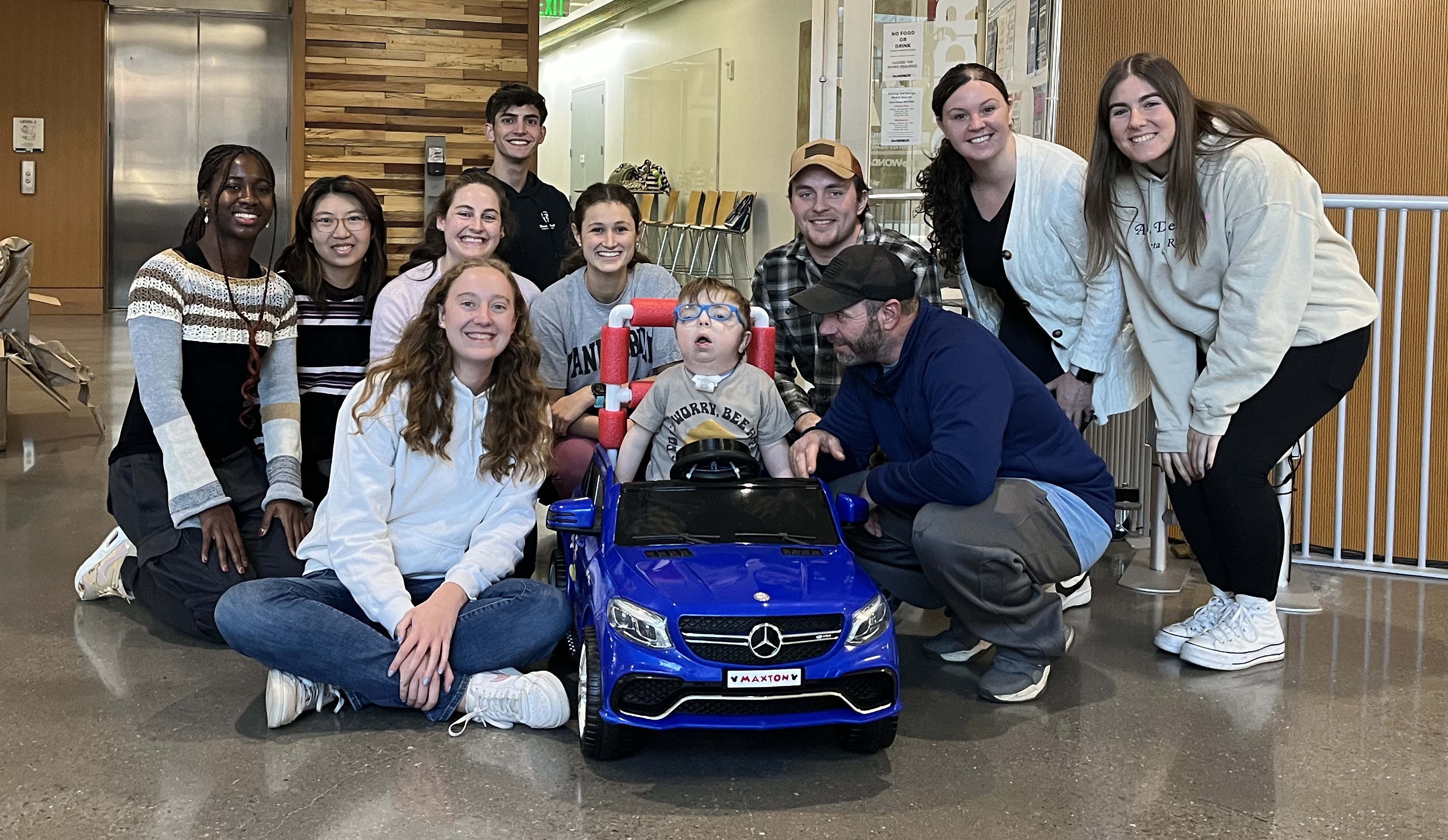
The physical modifications for Matthew’s car included a 5-point harness, as well as a pool noodle covered PVC back and head support. Maxton loves Mickey Mouse, so his car included a custom Mickey Mouse license plate and Mickey Mouse decals!
GBG 3 - Luna
Luna is a 2.5-year-old with quad cerebral palsy and cortical vision impairment. She has a cervical collar to help with her head control. Luna wanted to improve her understanding of cause and effect and gain more independently mobility in her house.
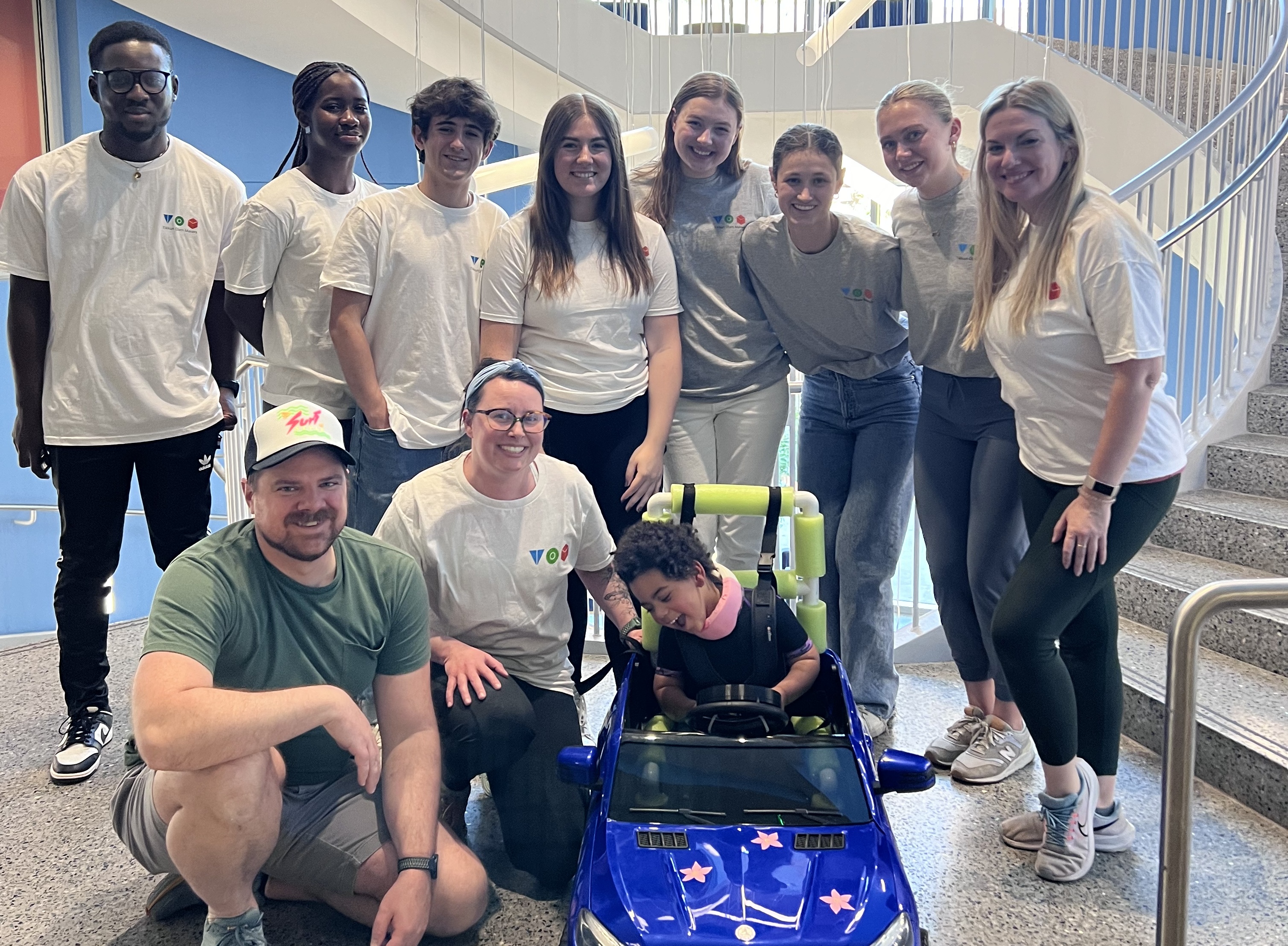
The physical modifications for Luna’s car included a full chest harness, pool noodle covered PVC lateral and pommel supports, and a pool noodle covered PVC back and head support. Luna loves The Little Mermaid, so her car included a custom Ariel license plate and ocean decals!
